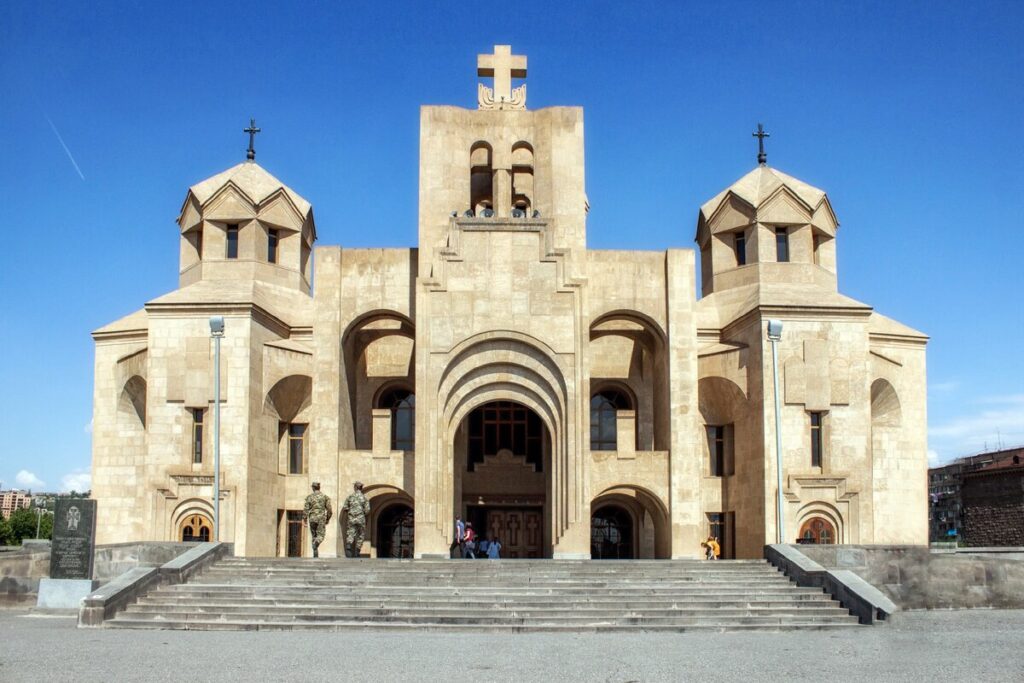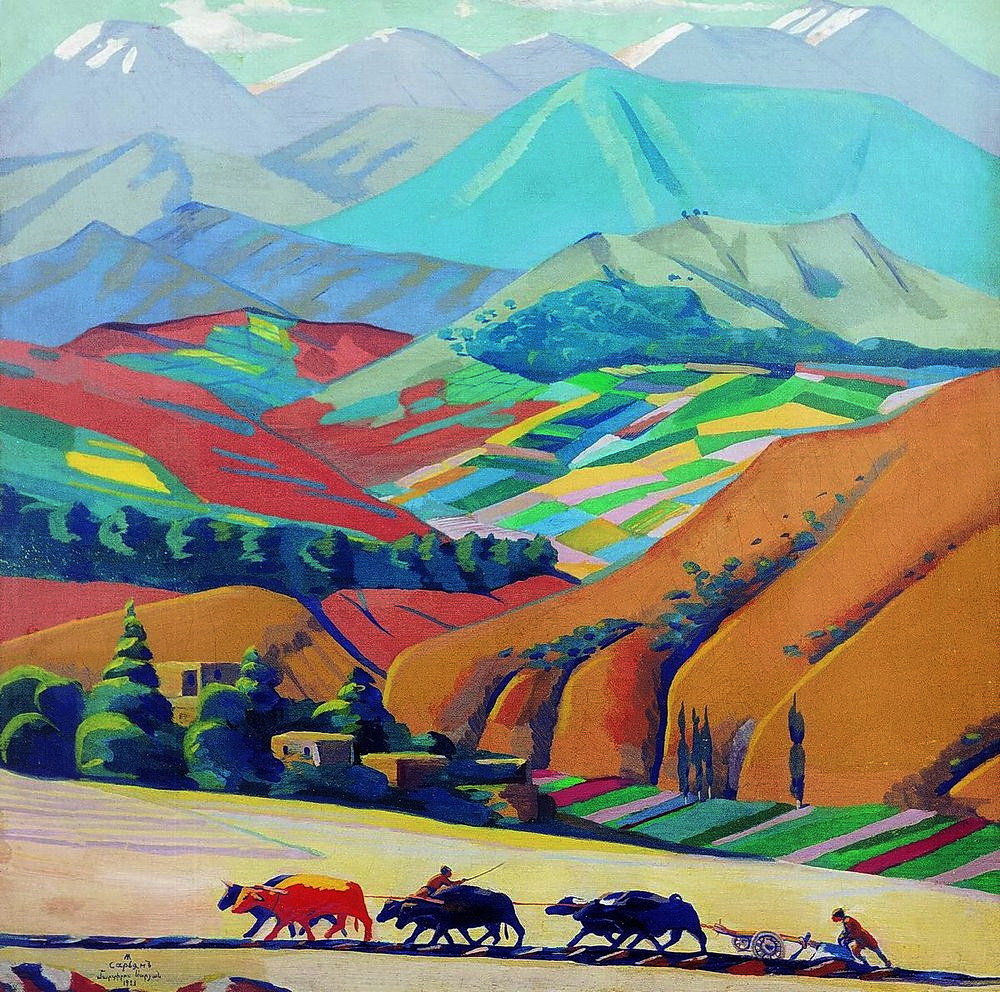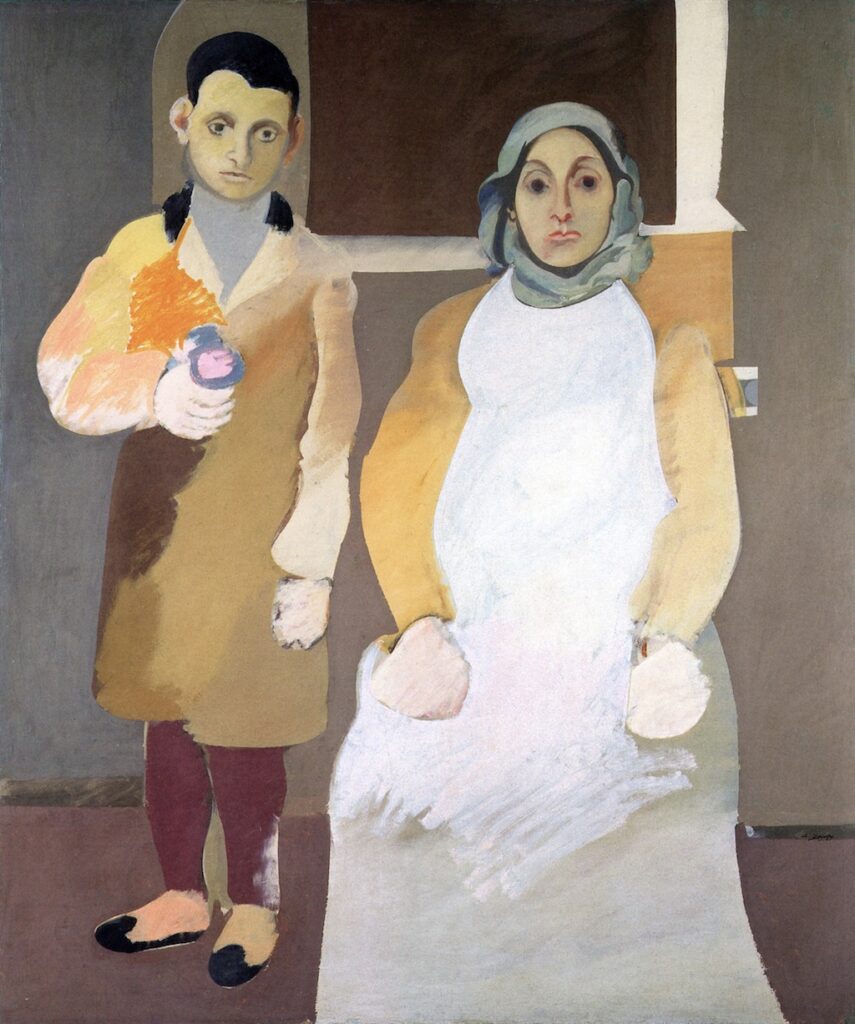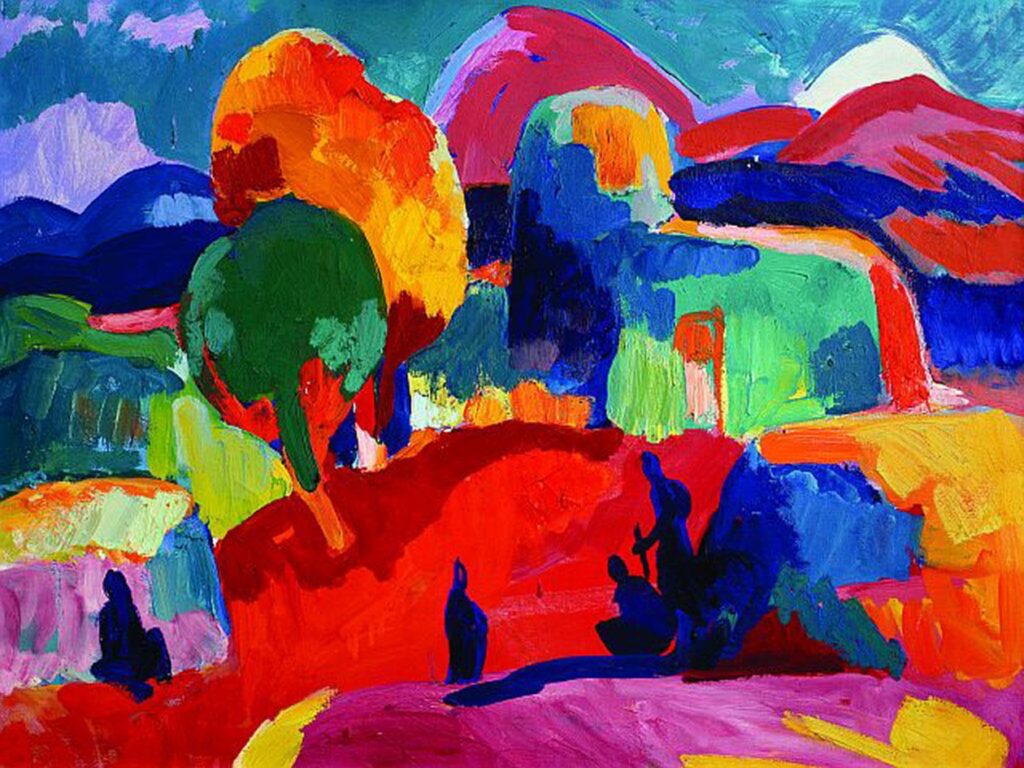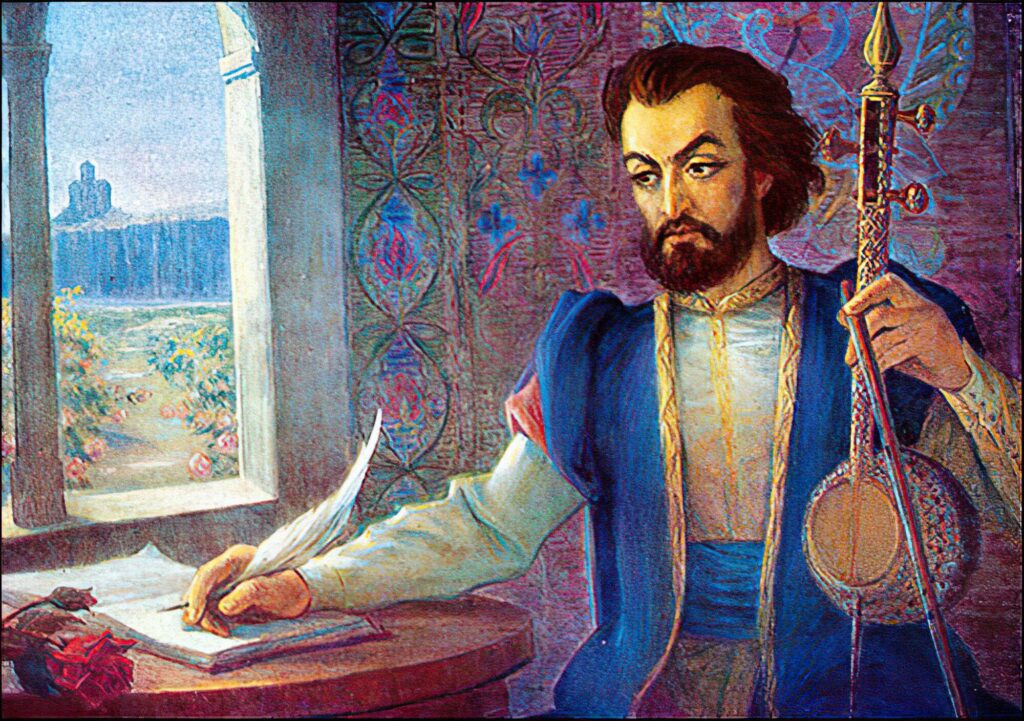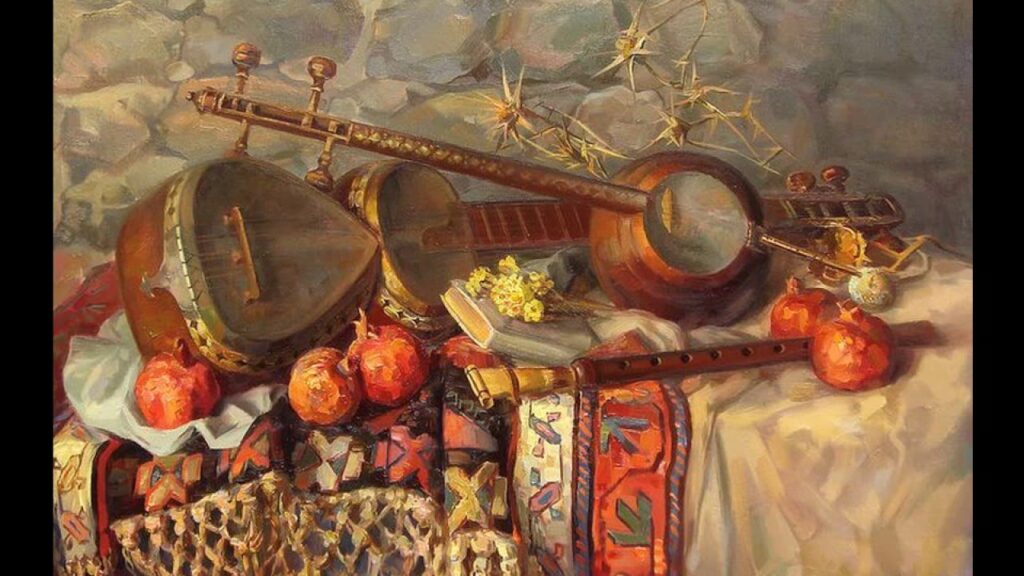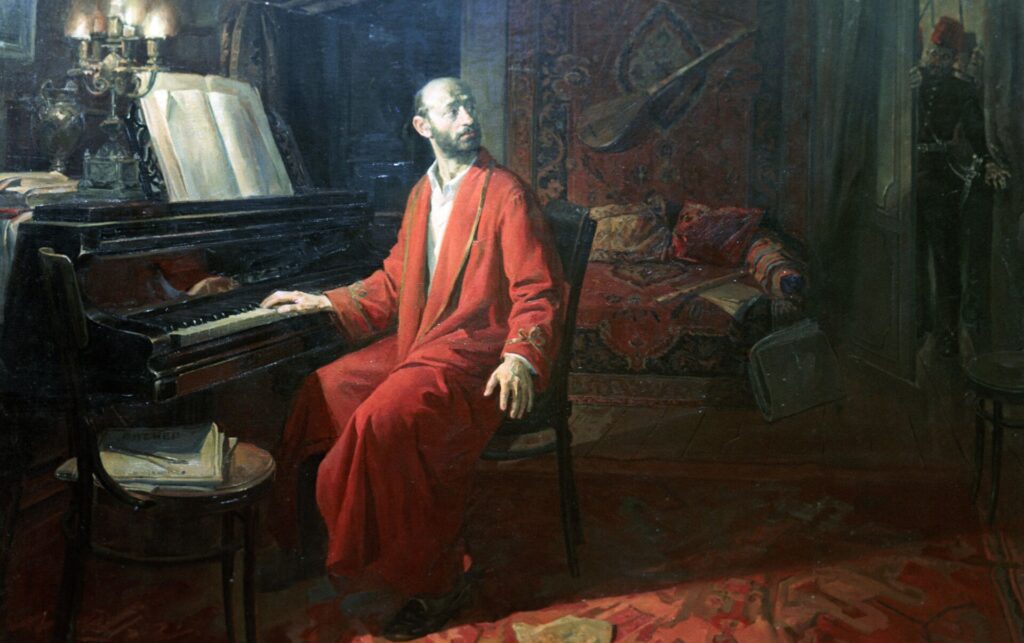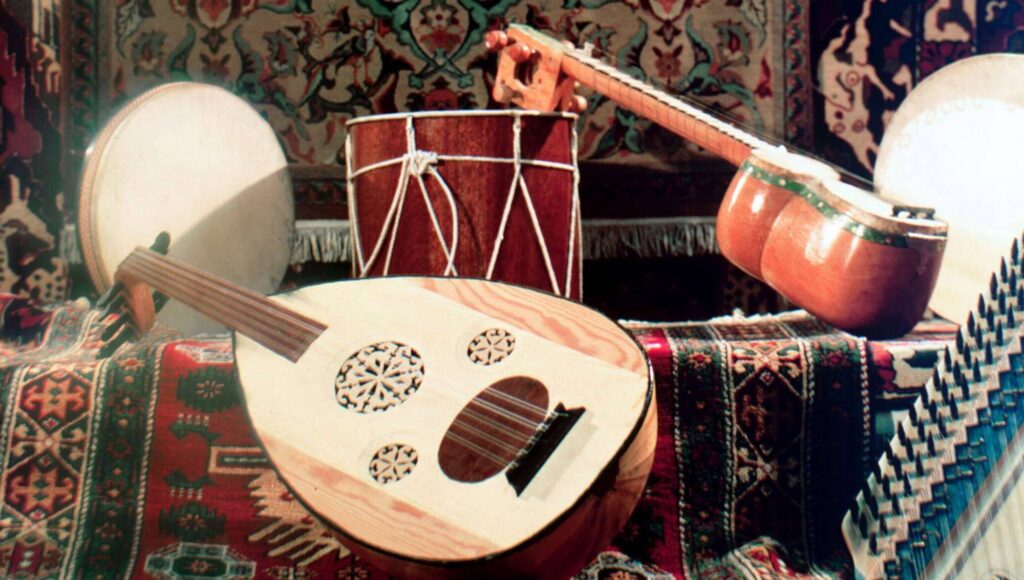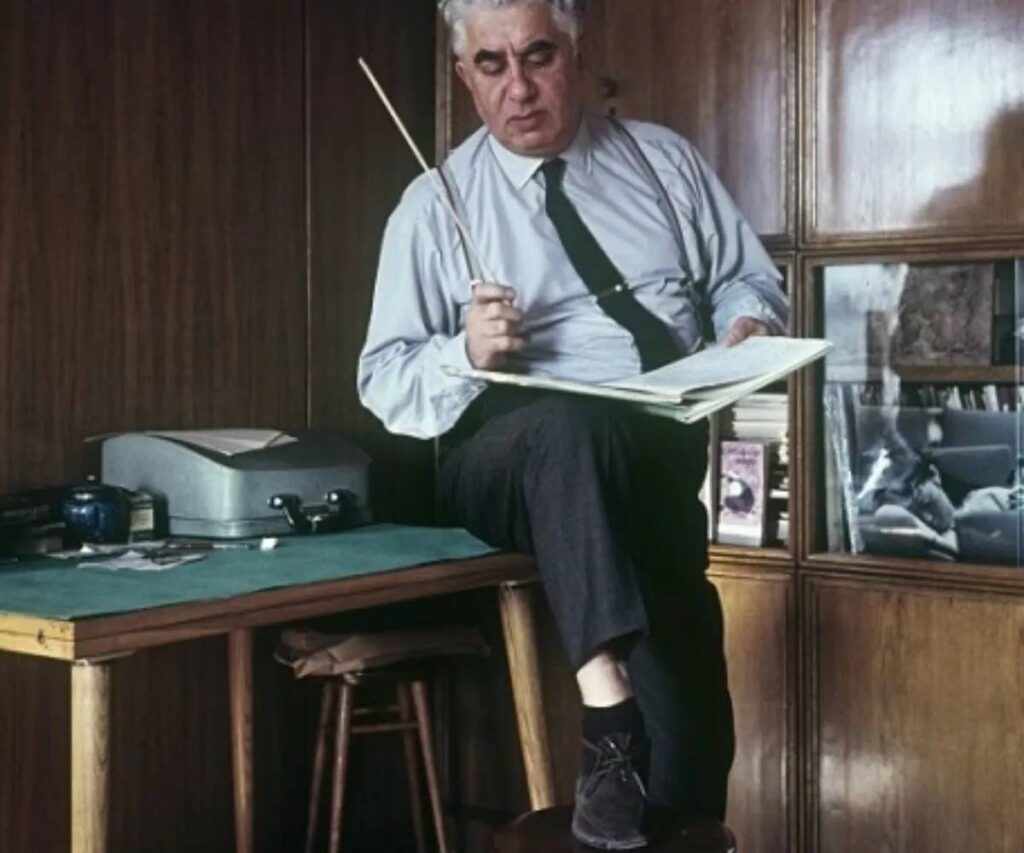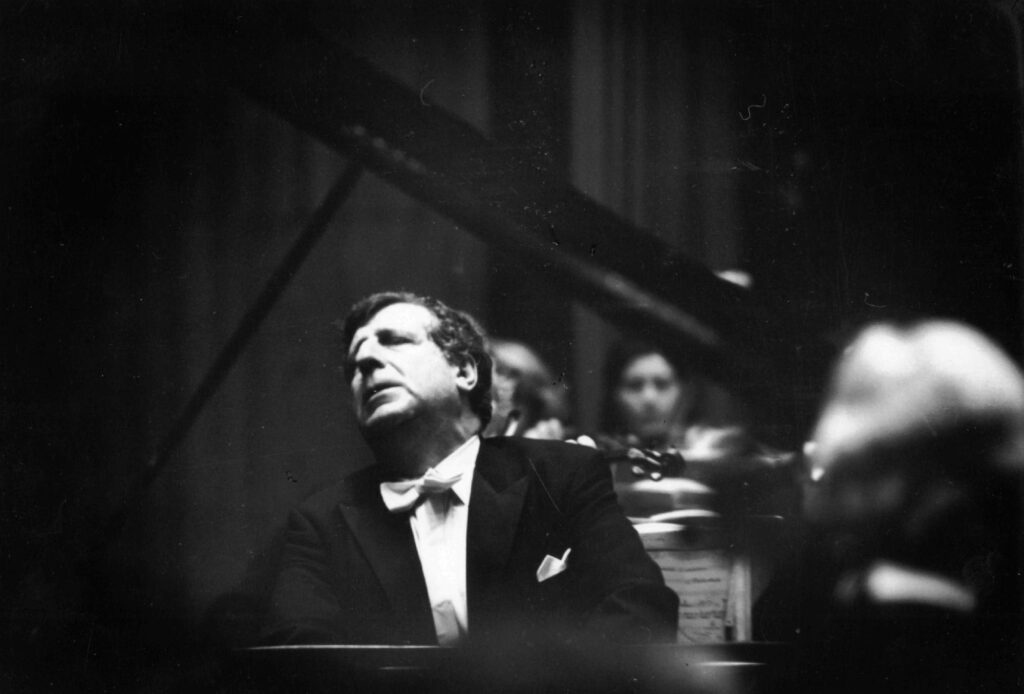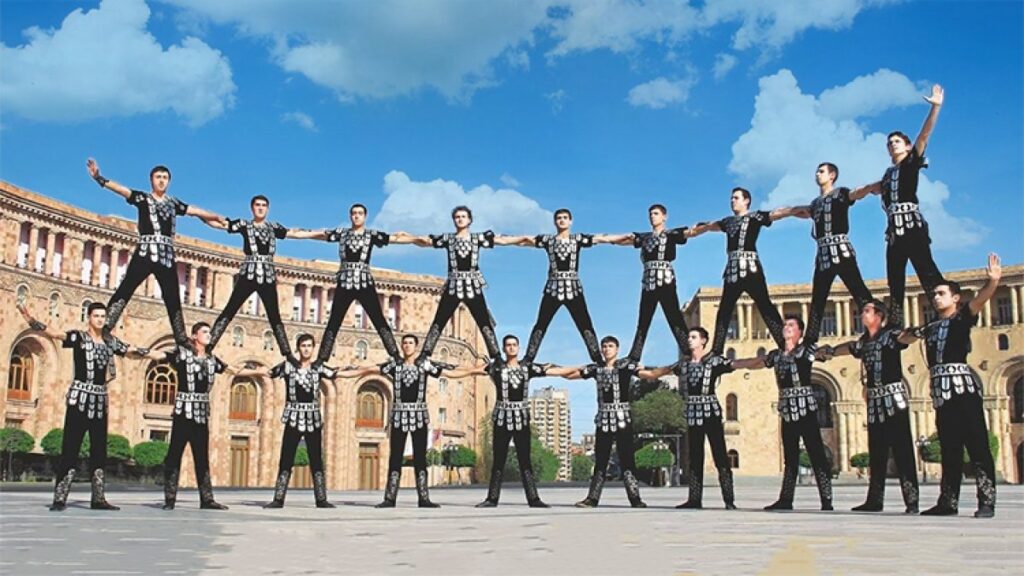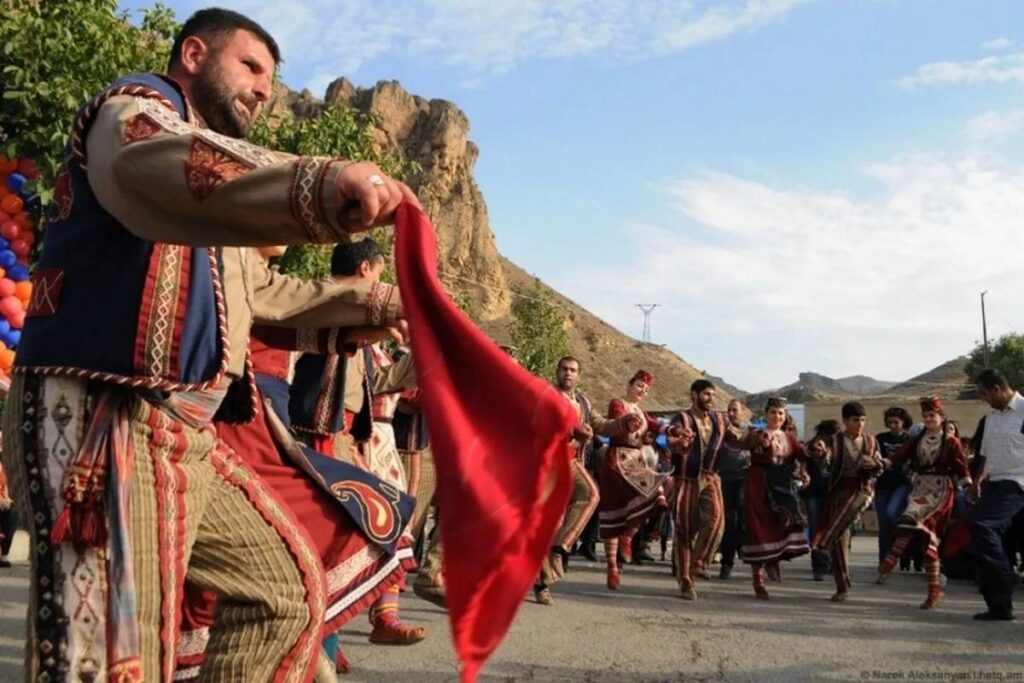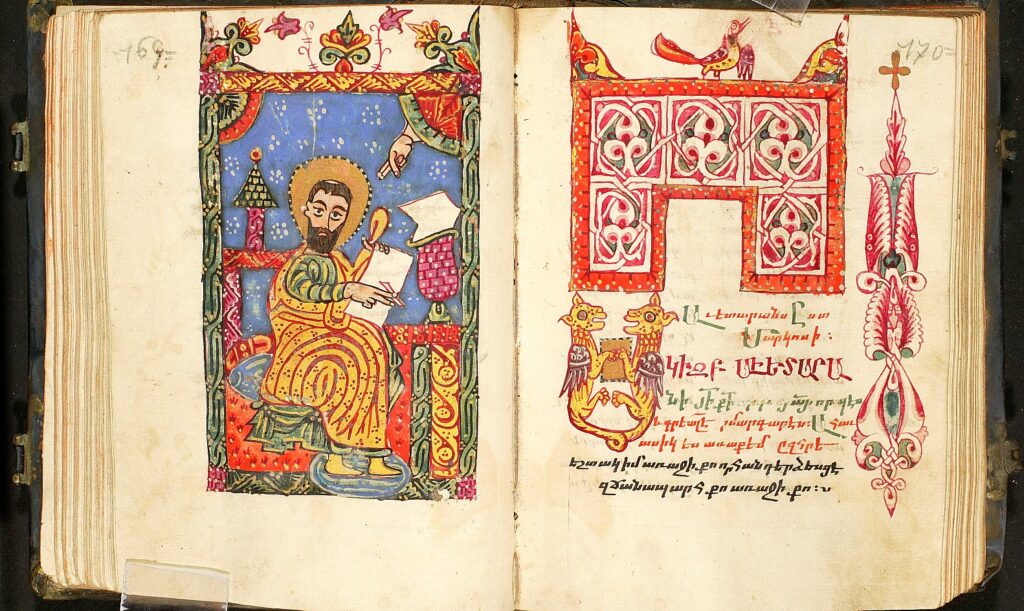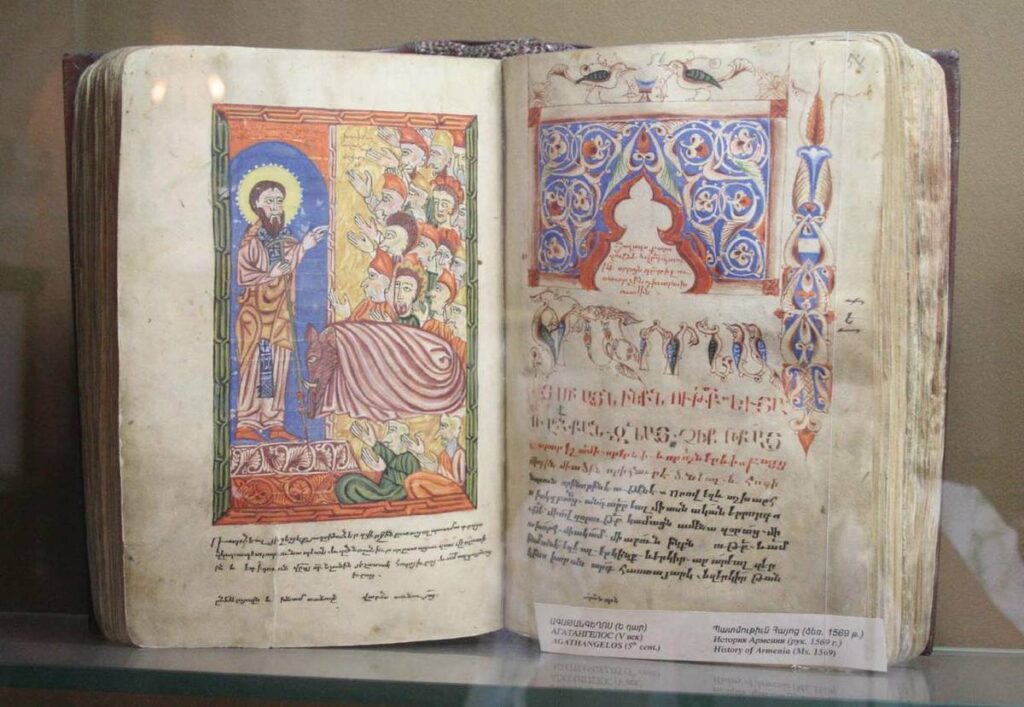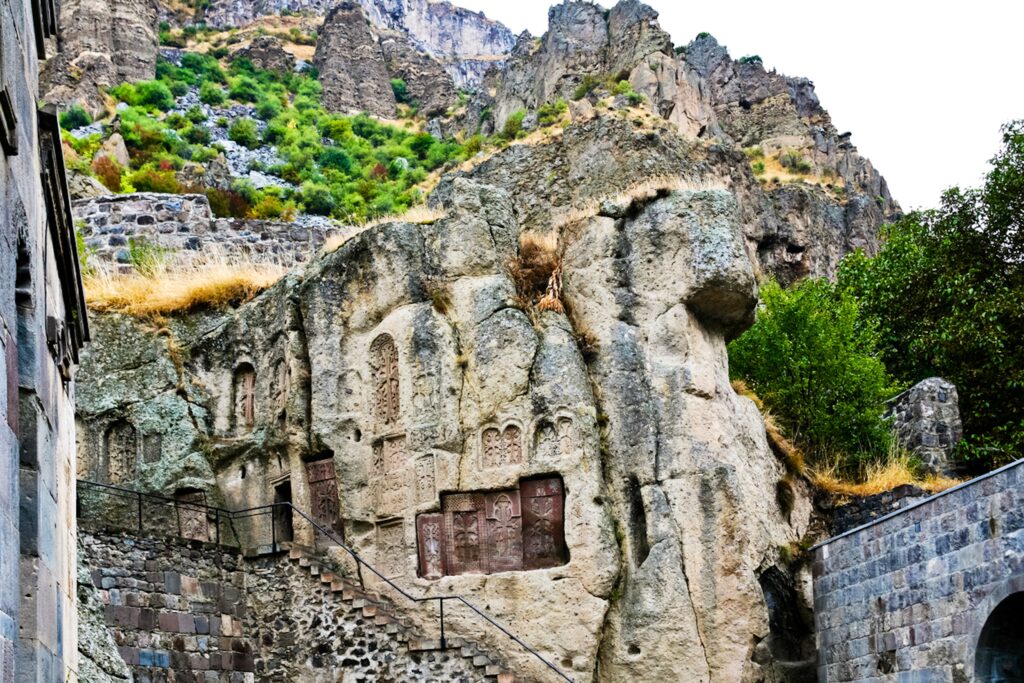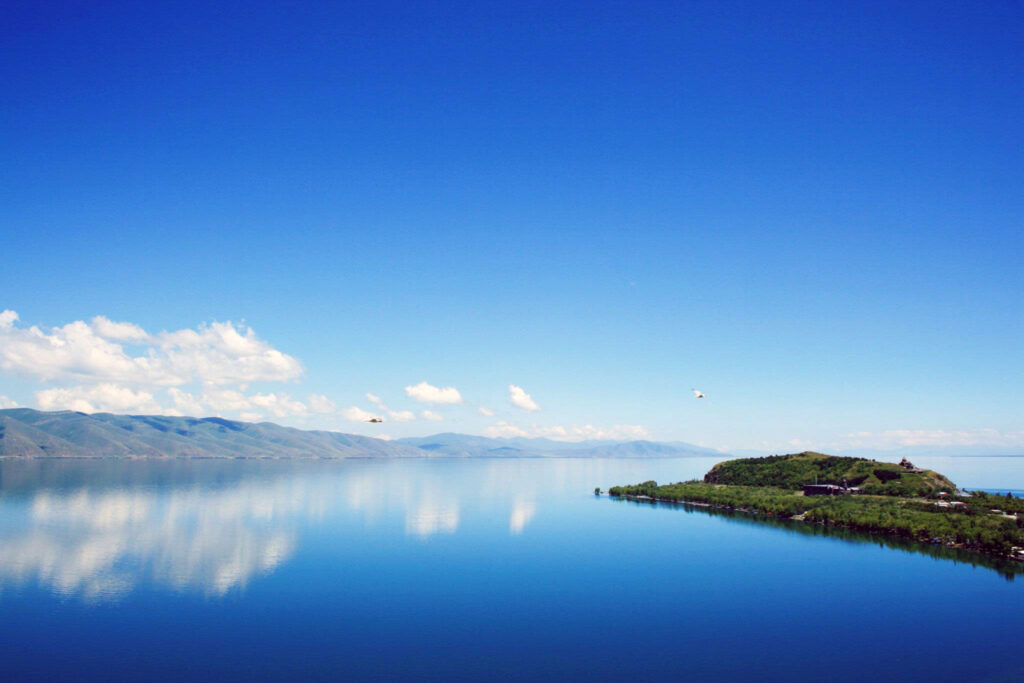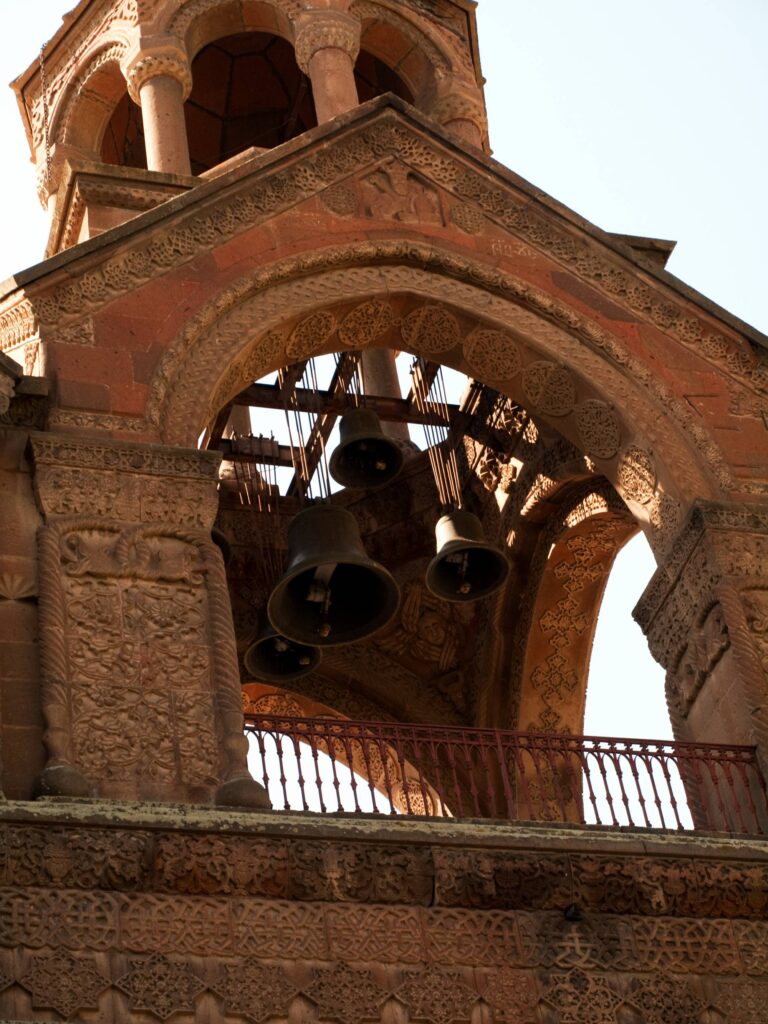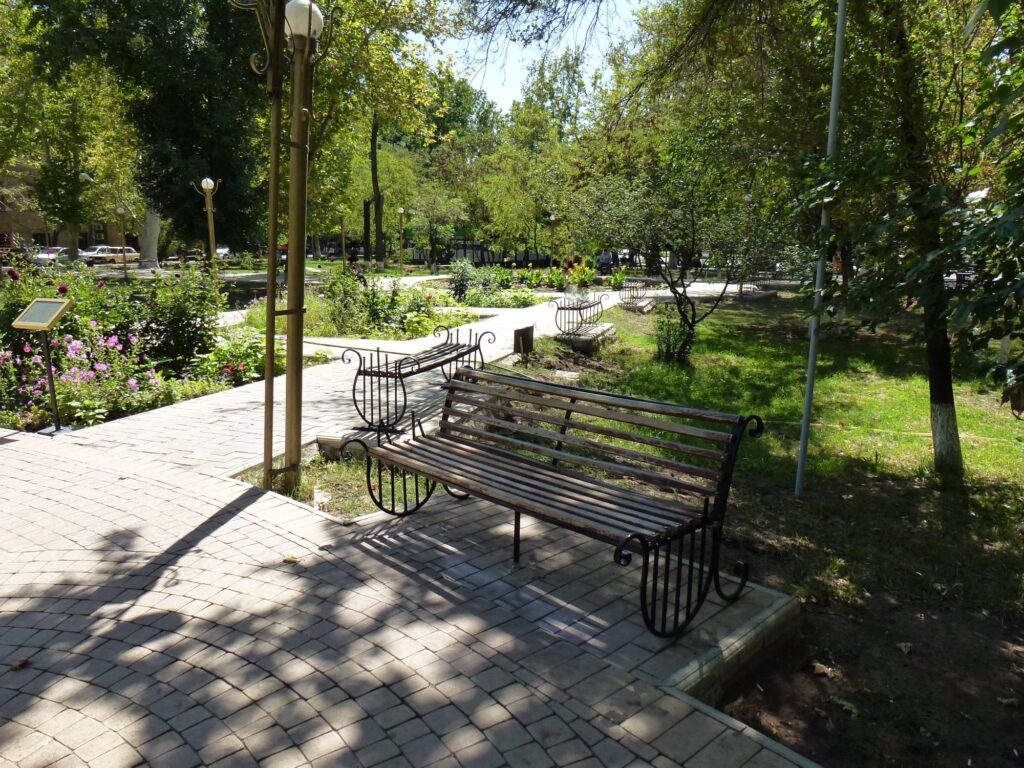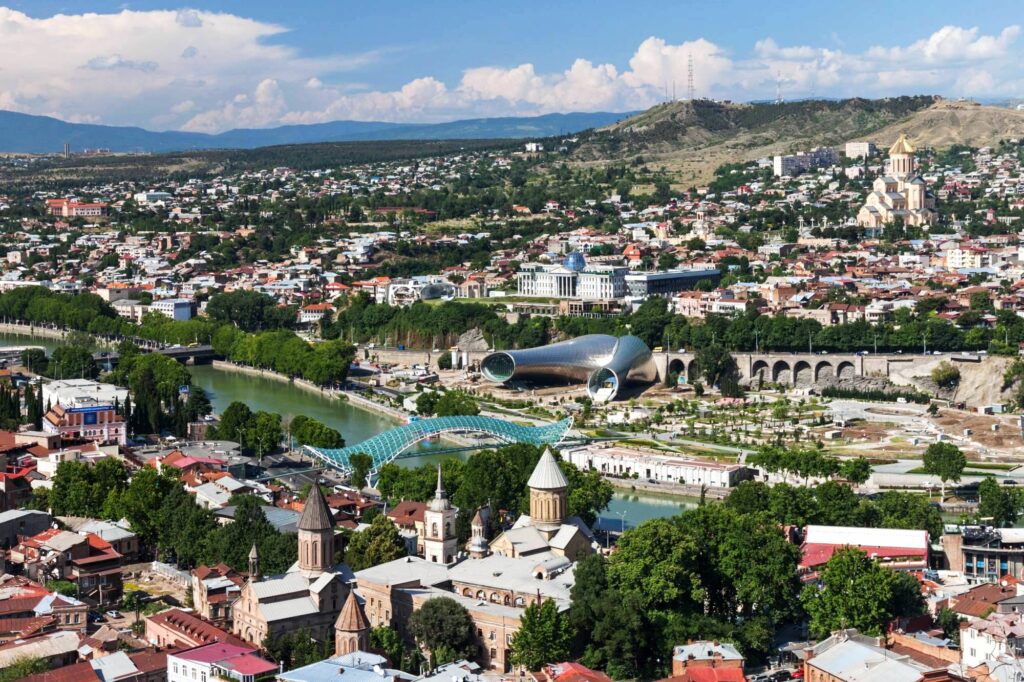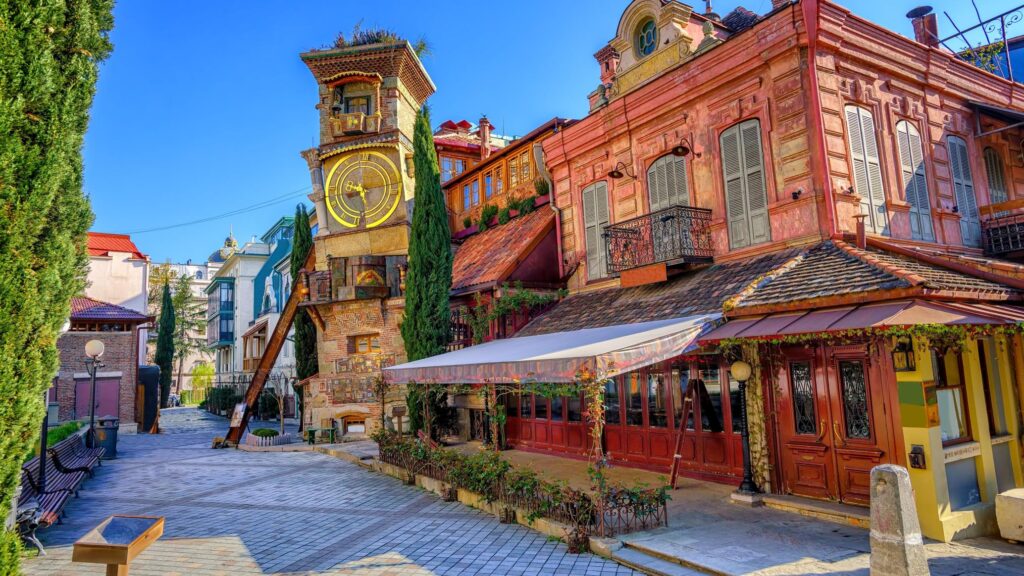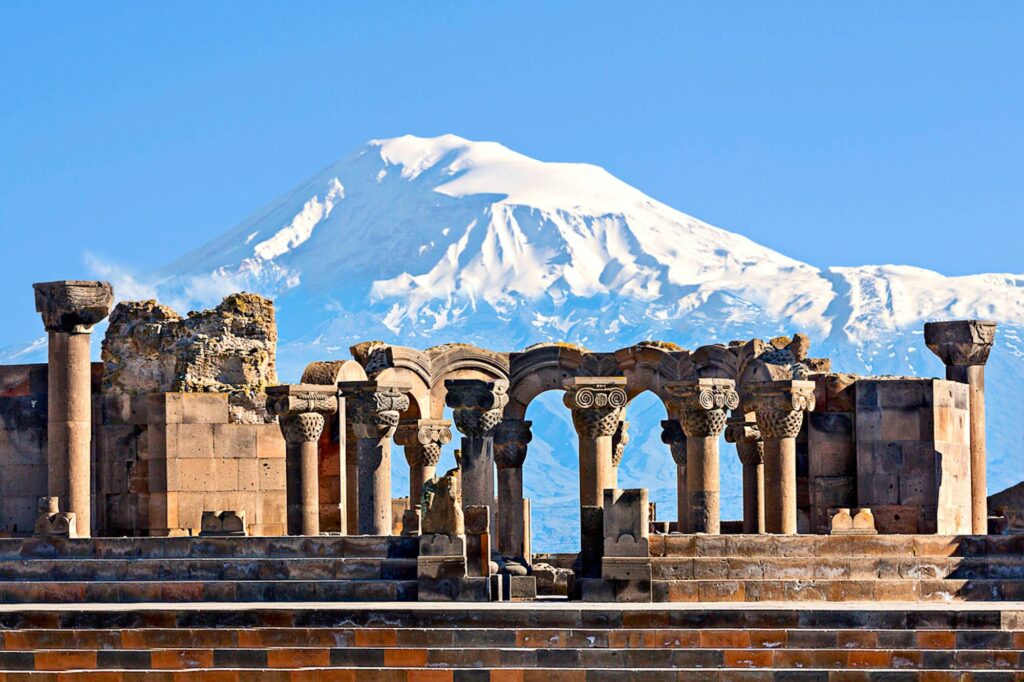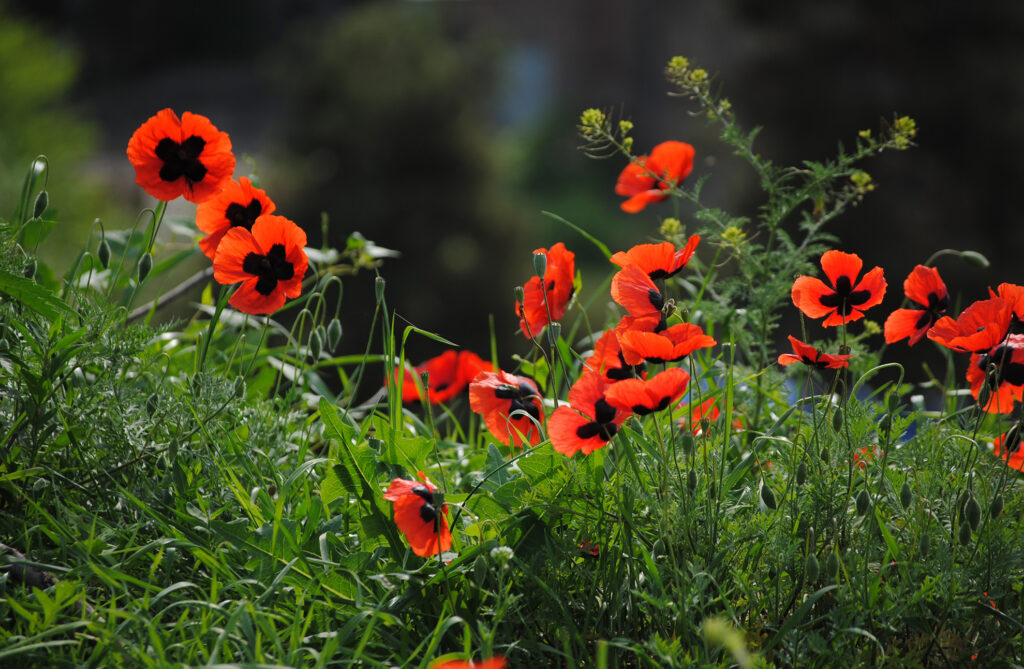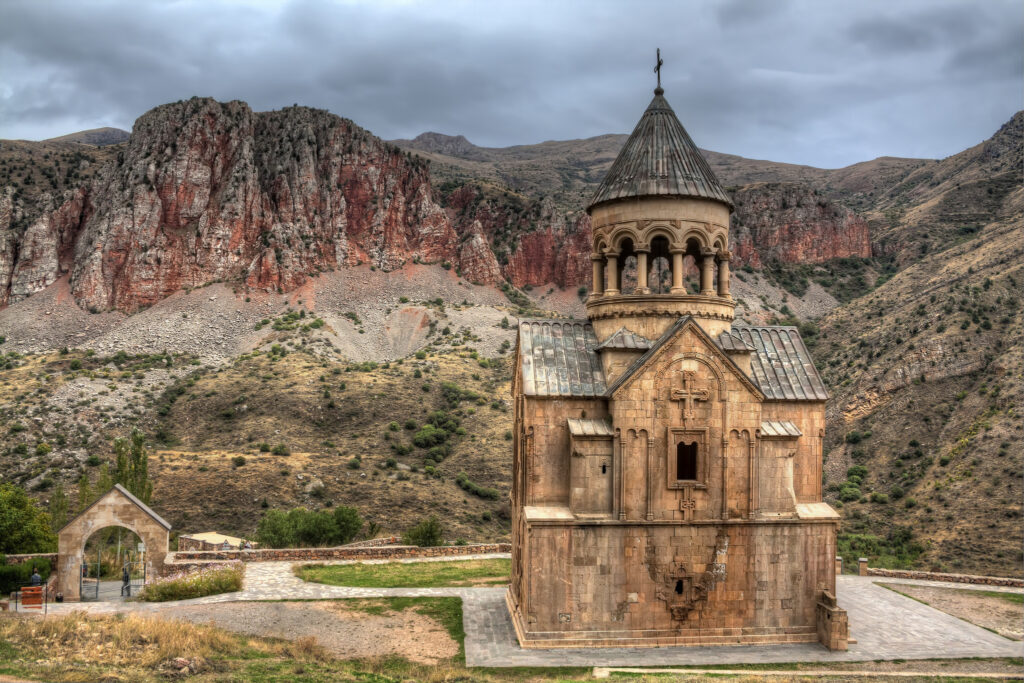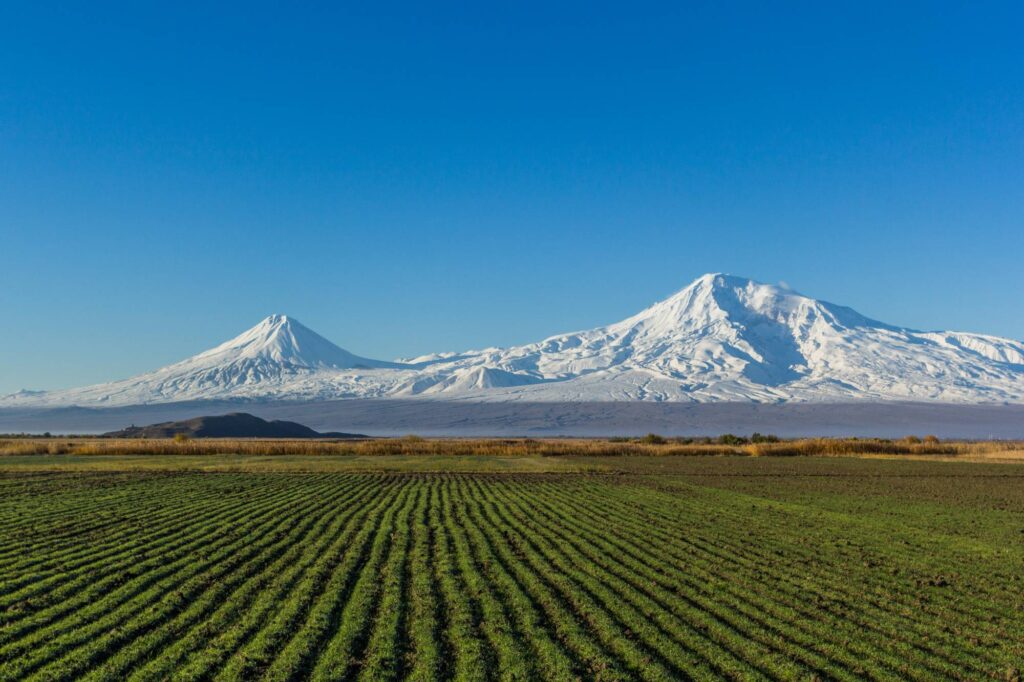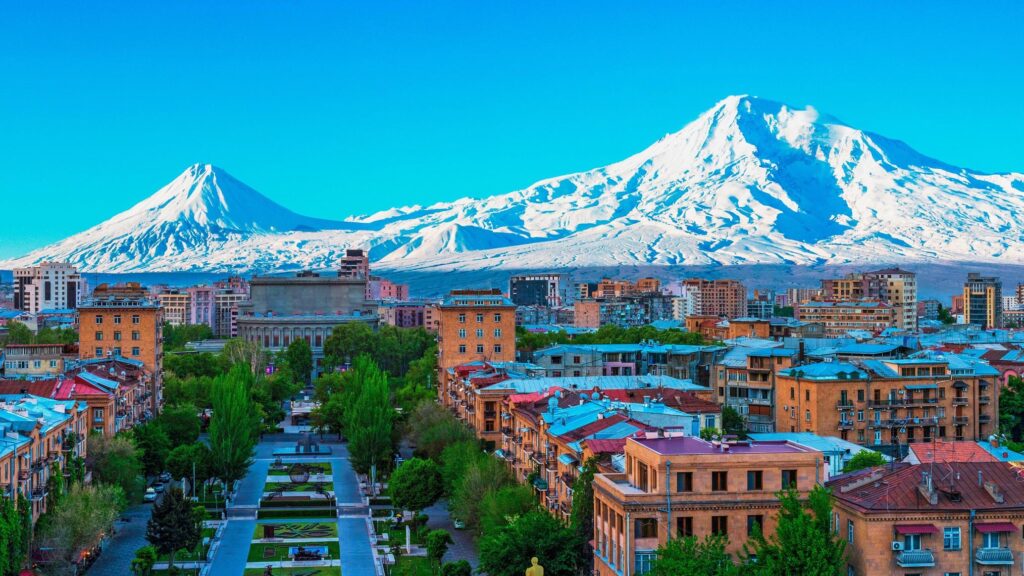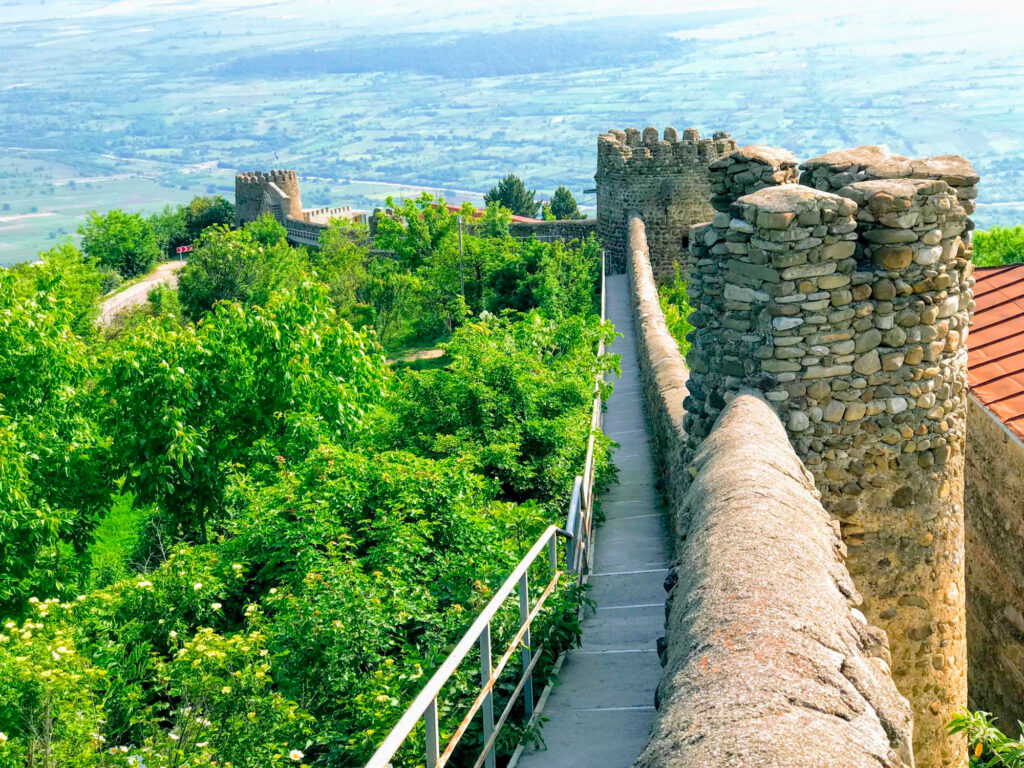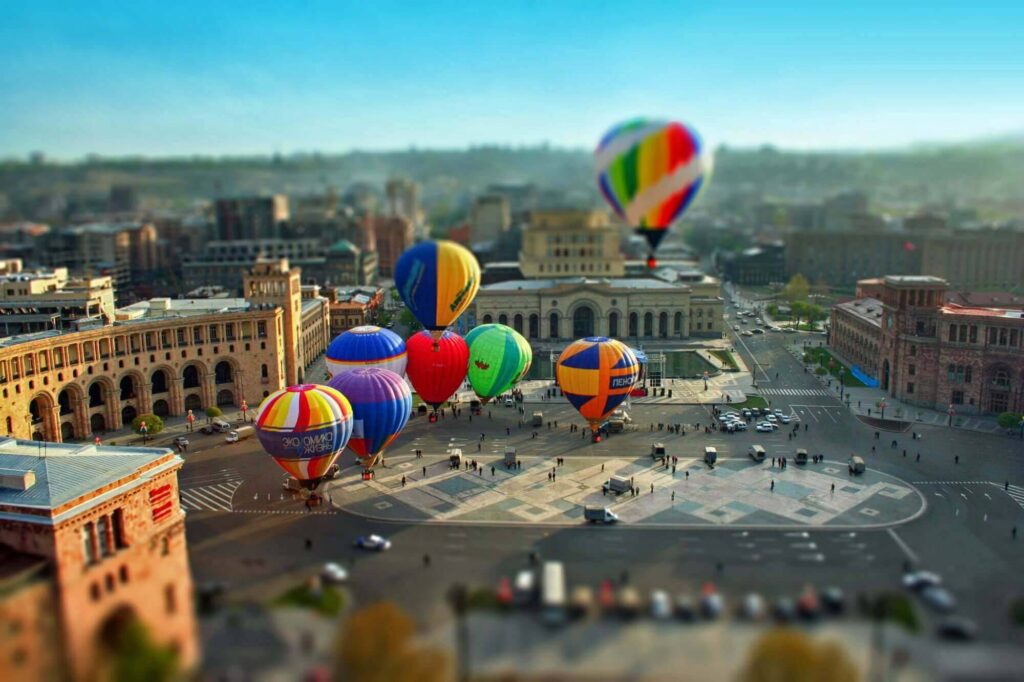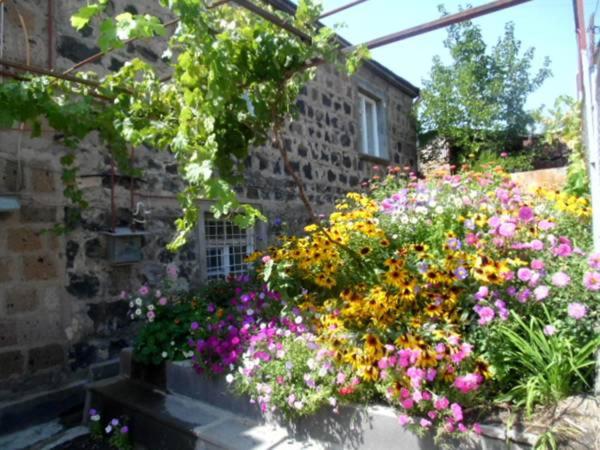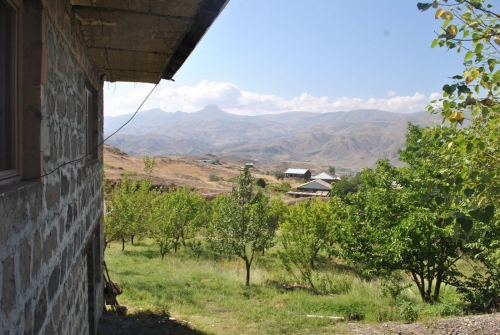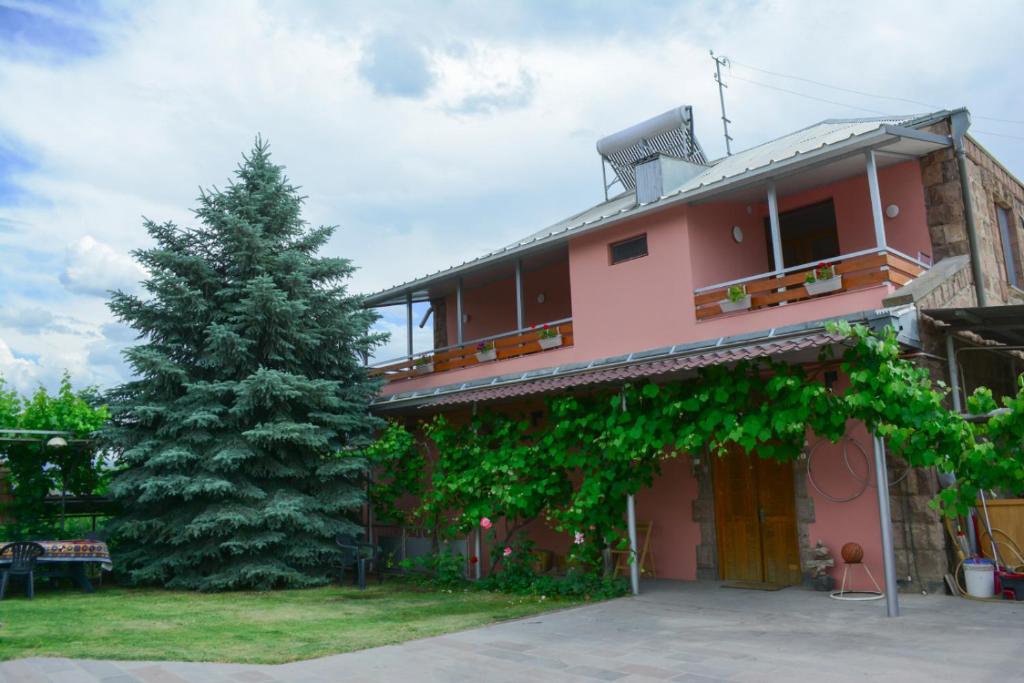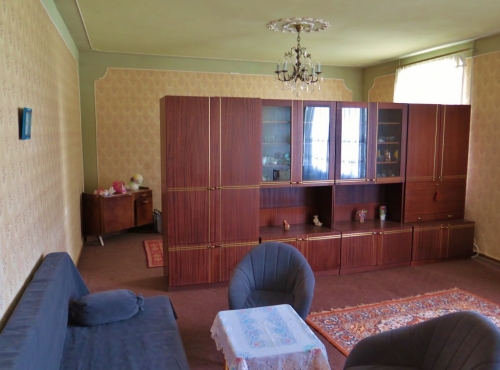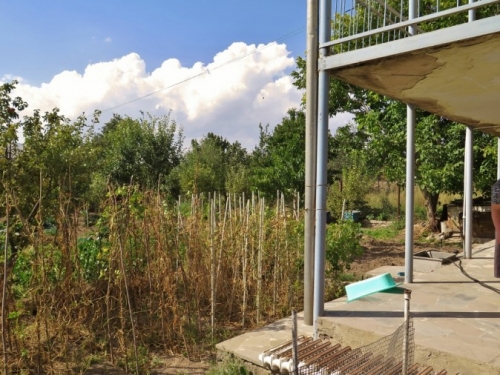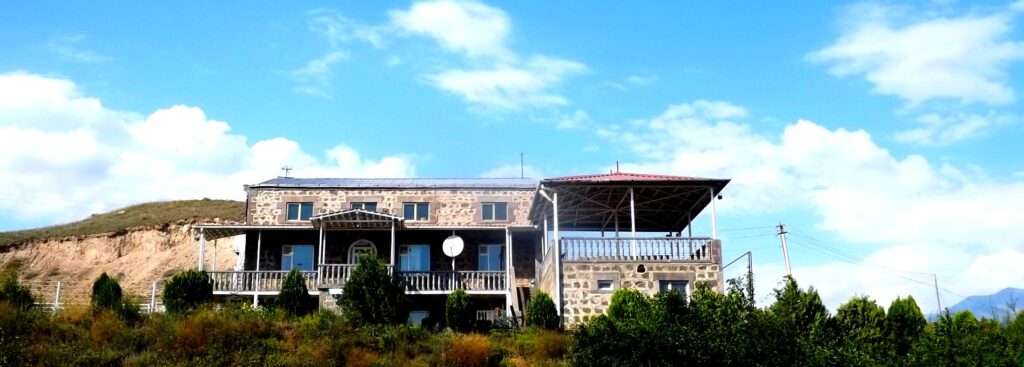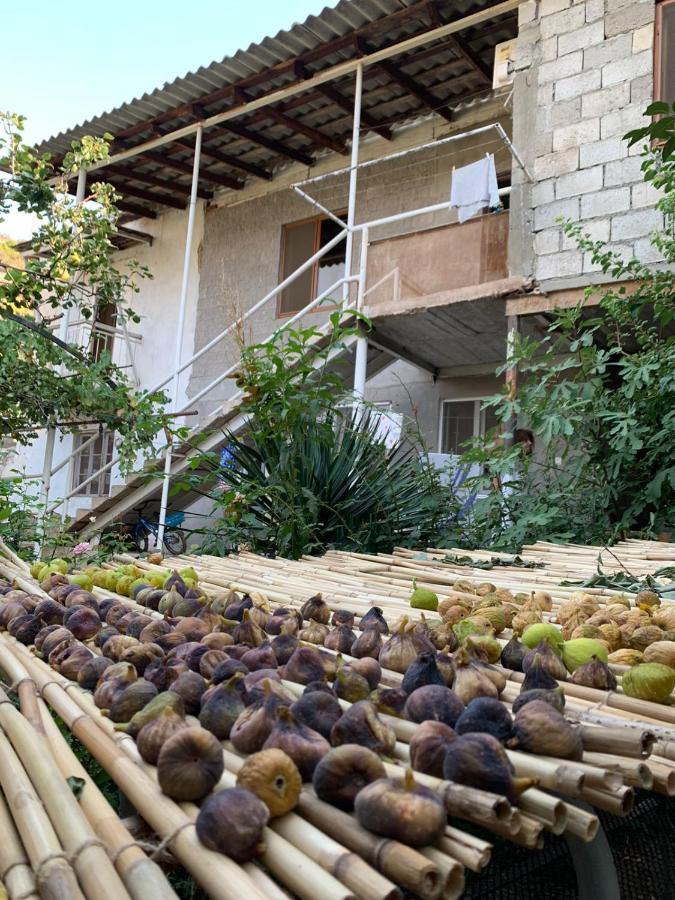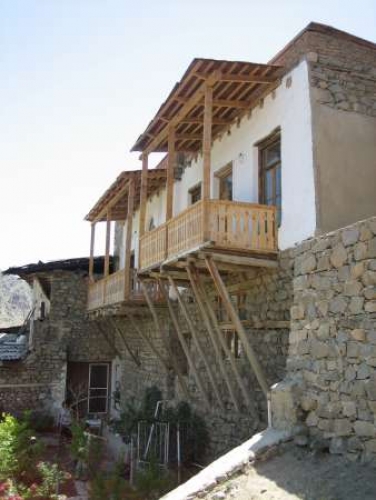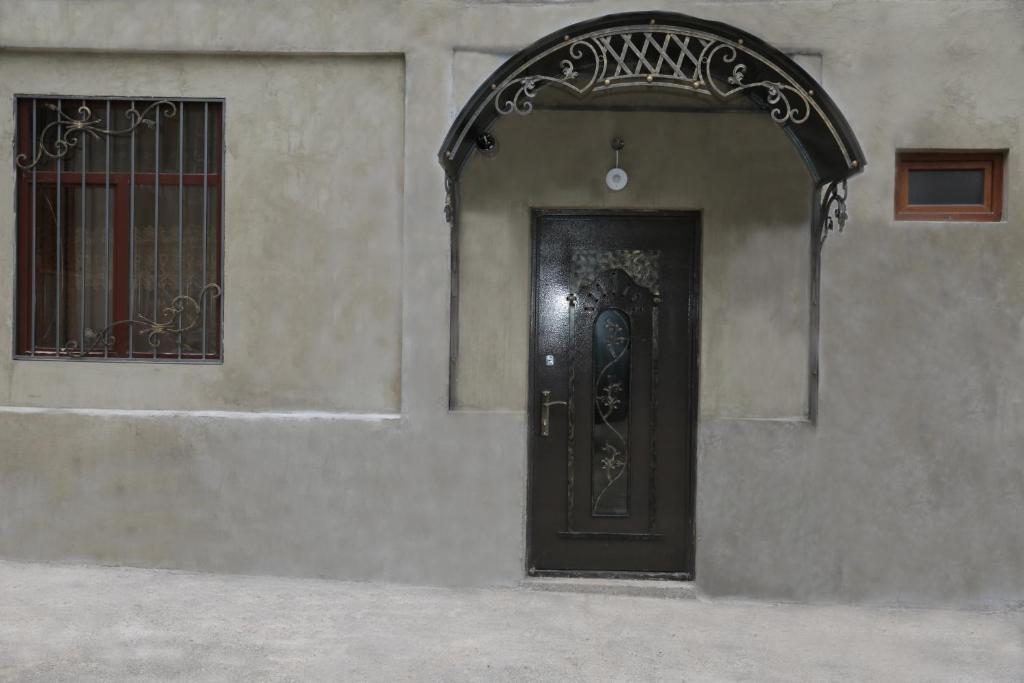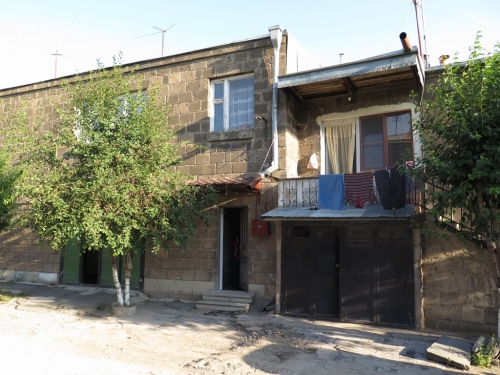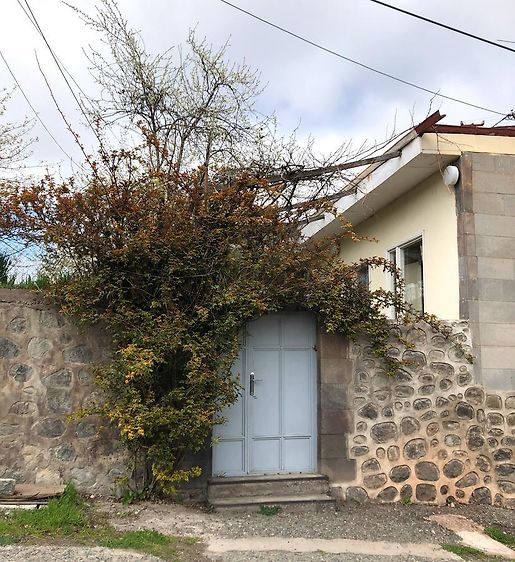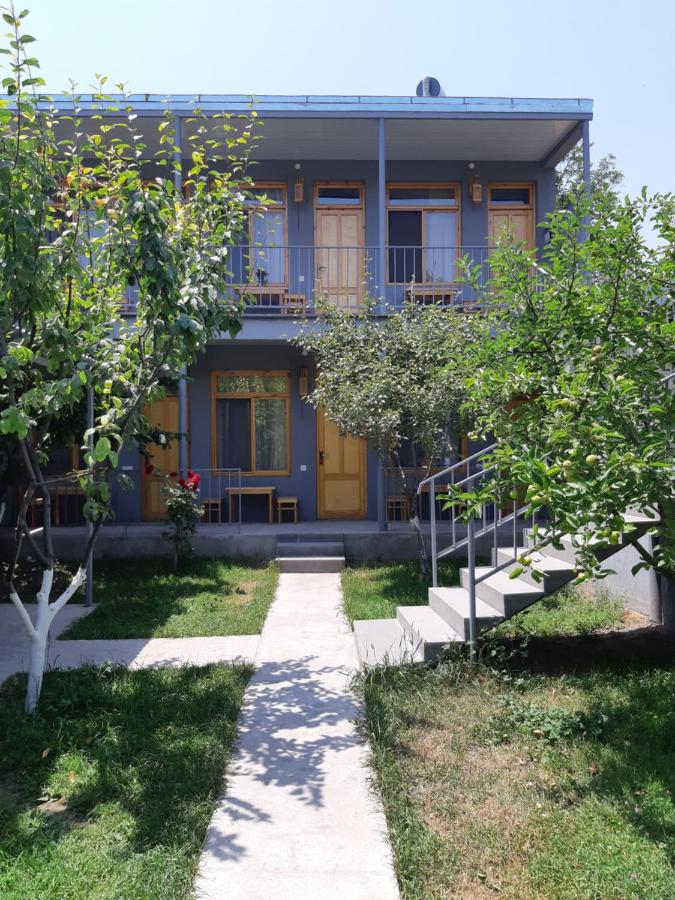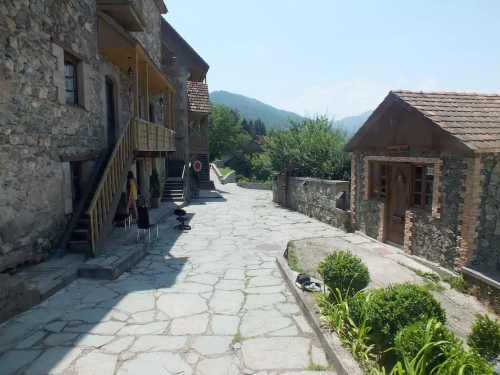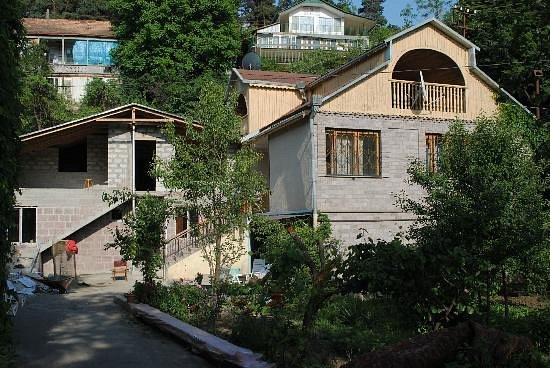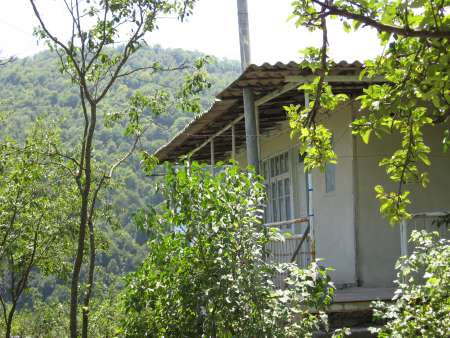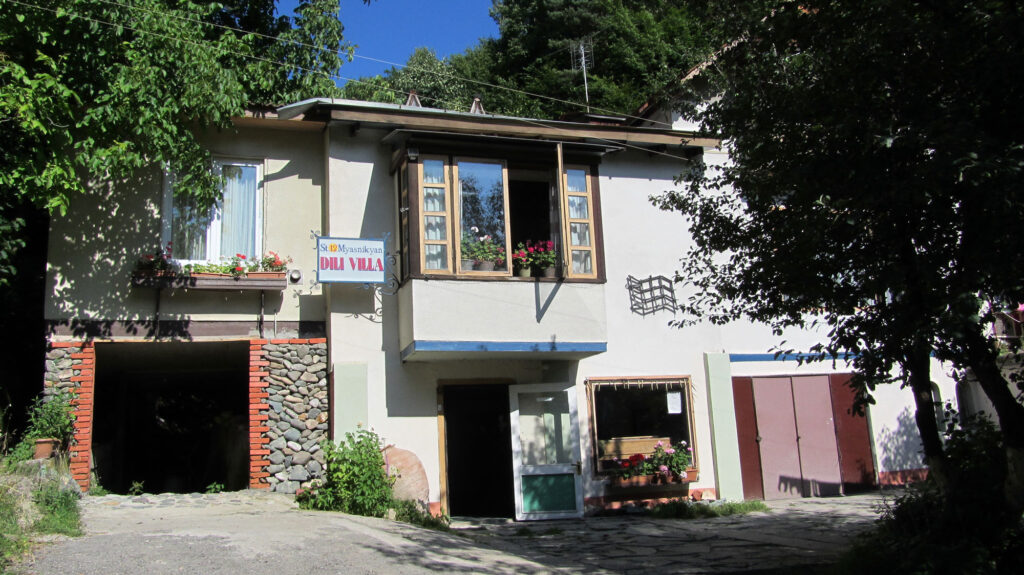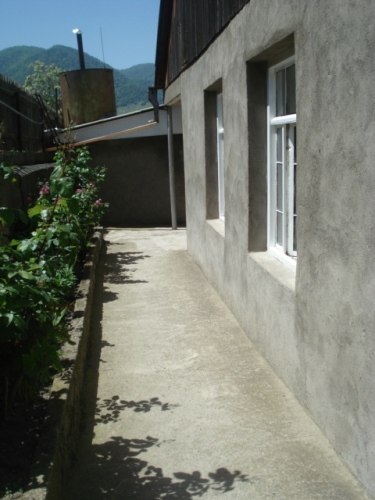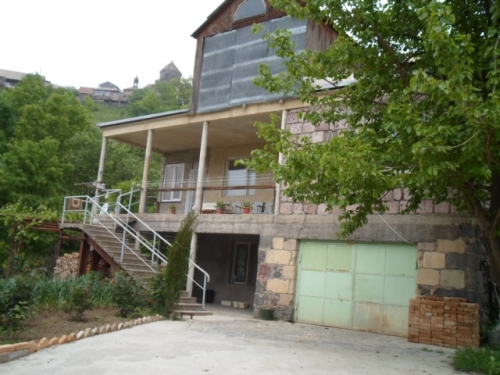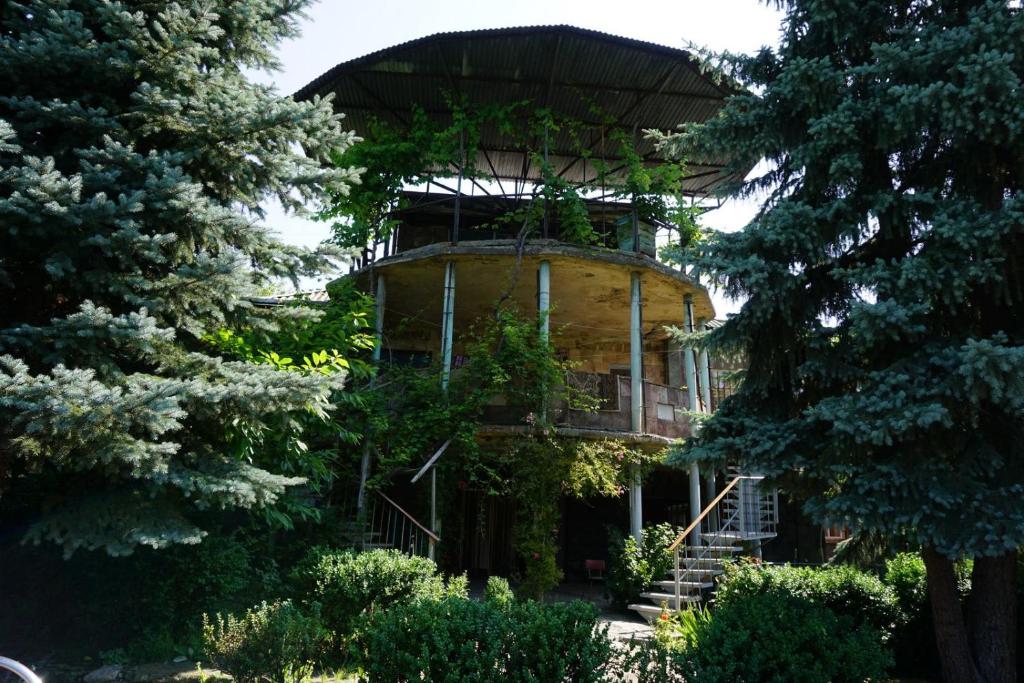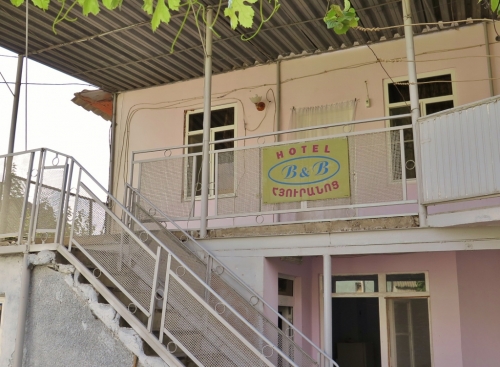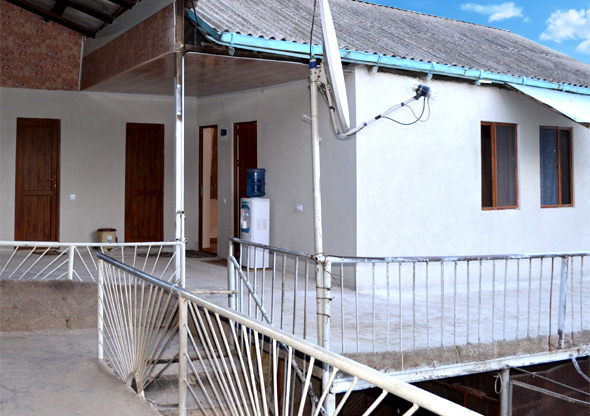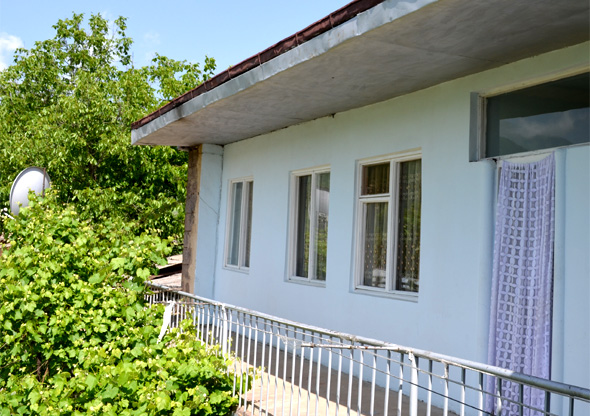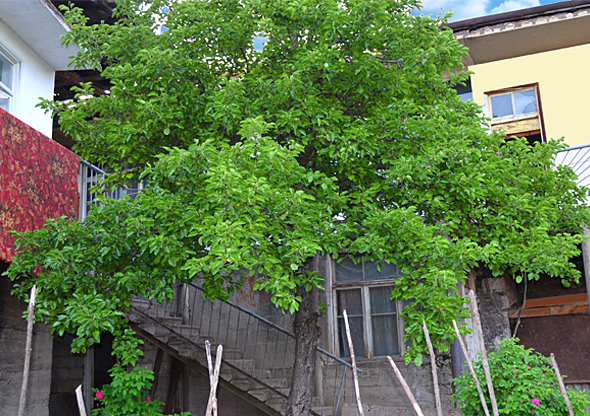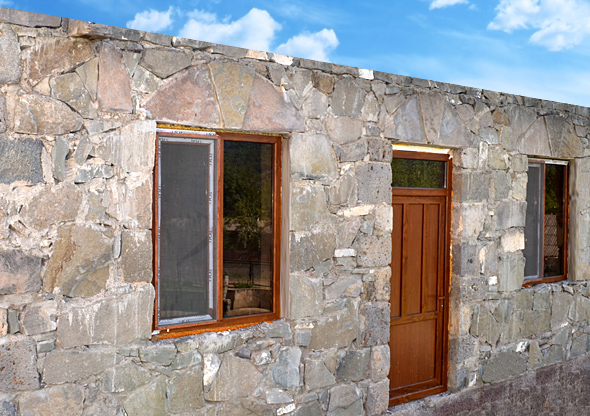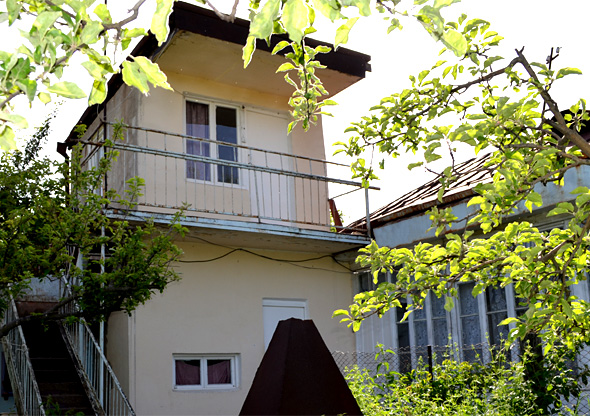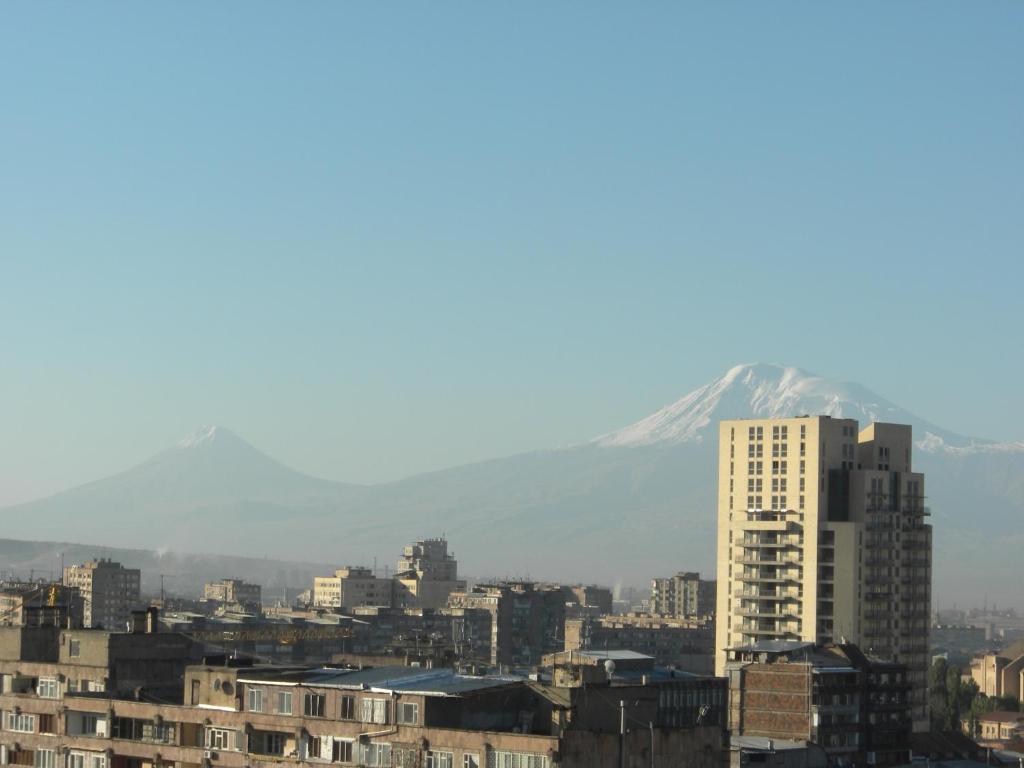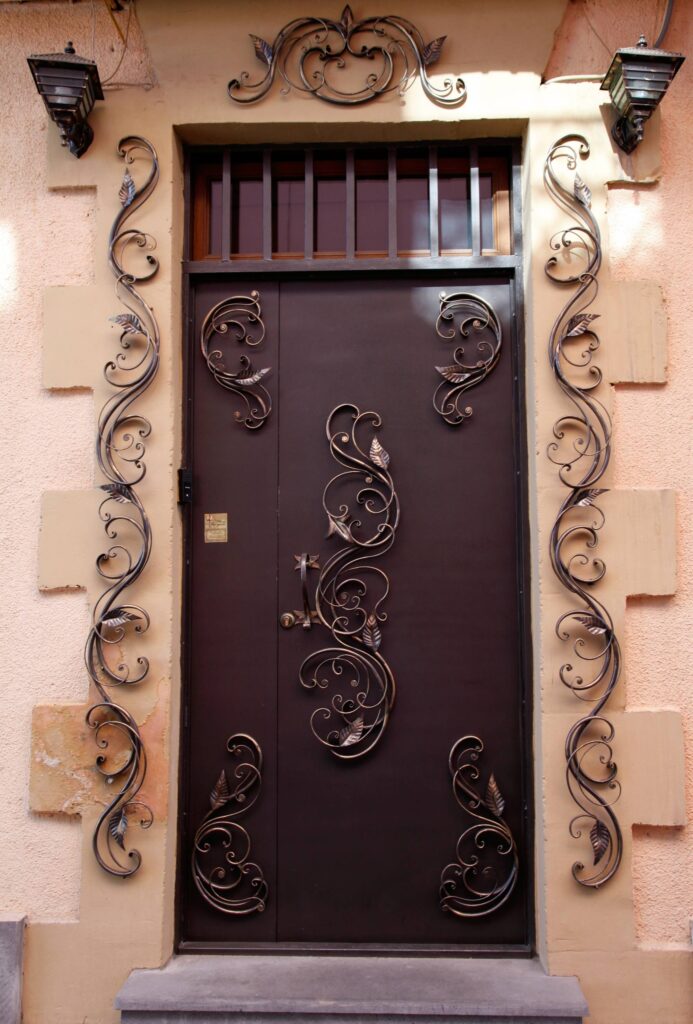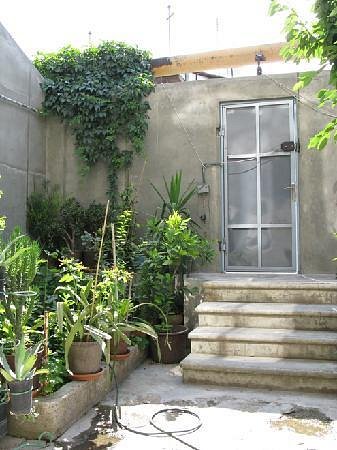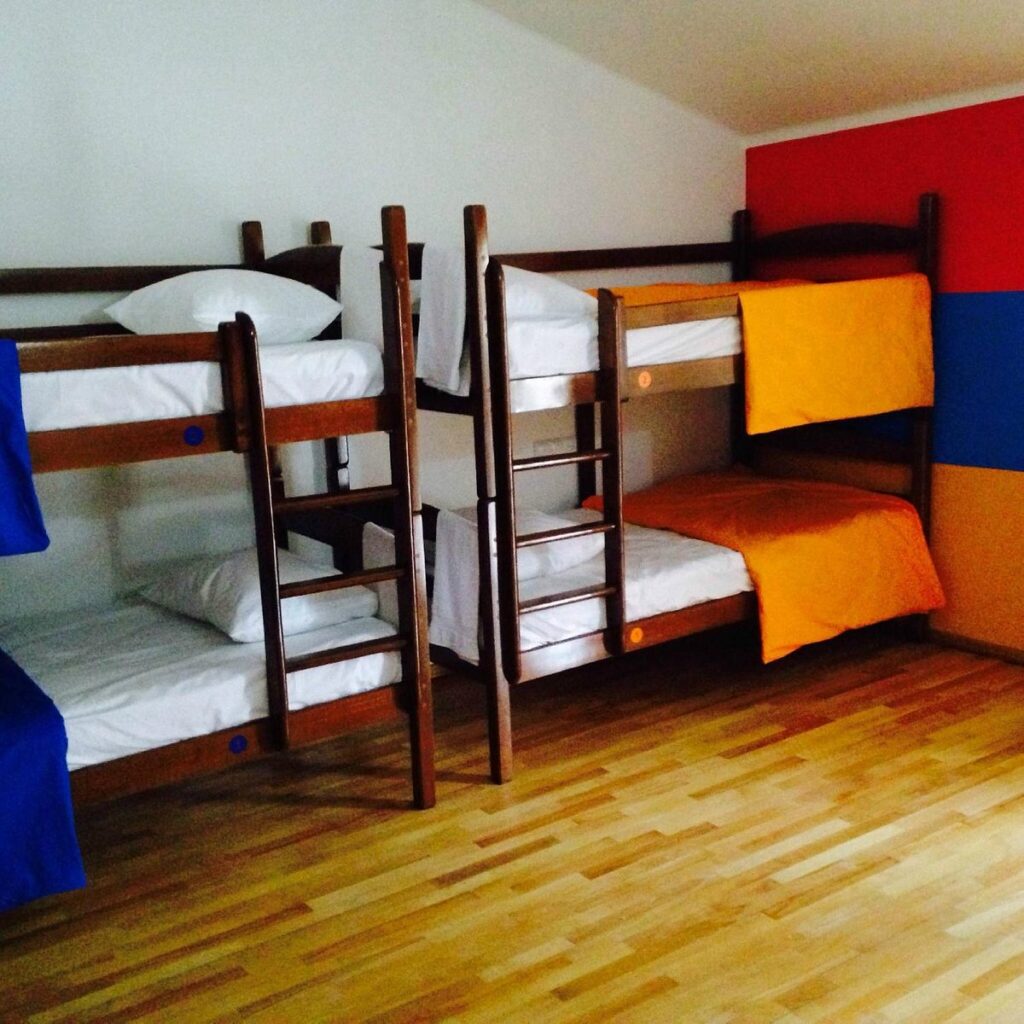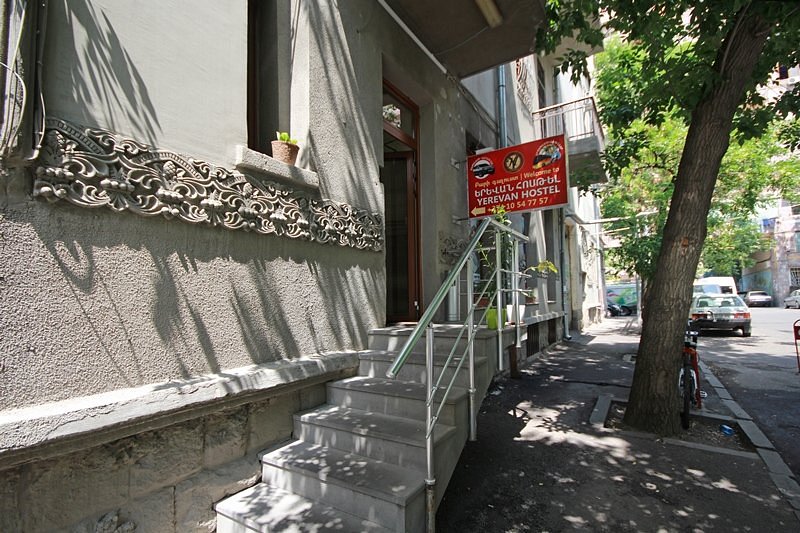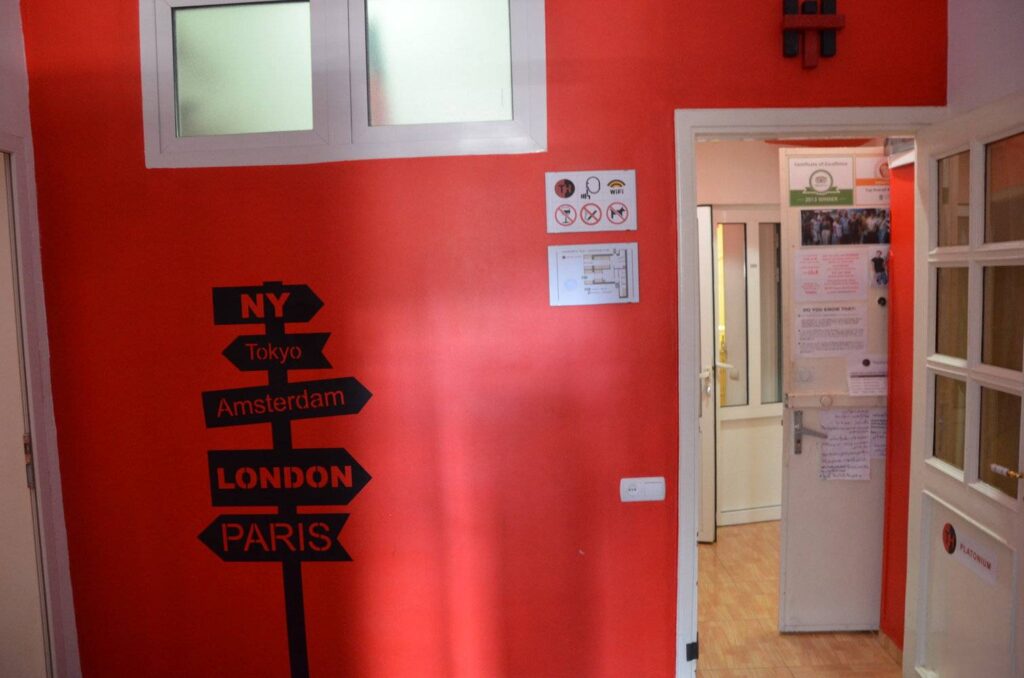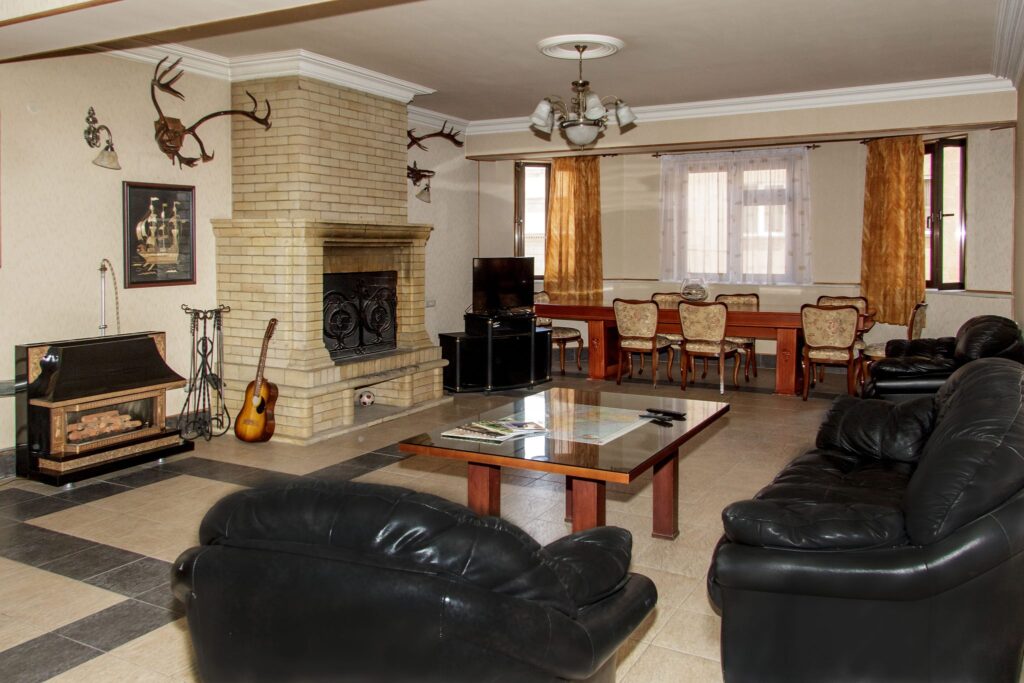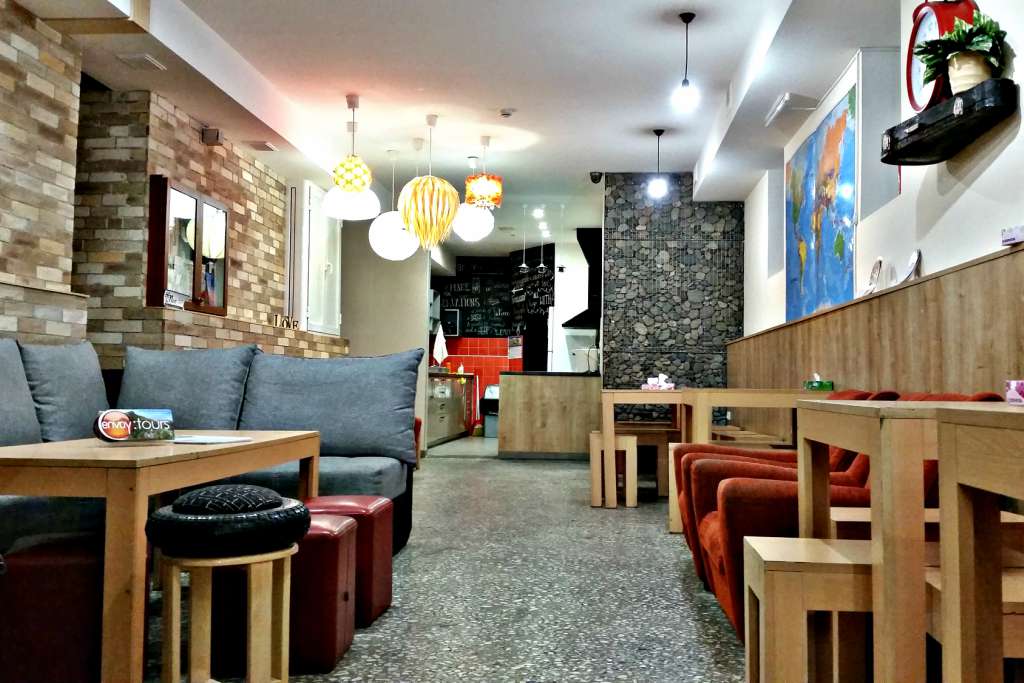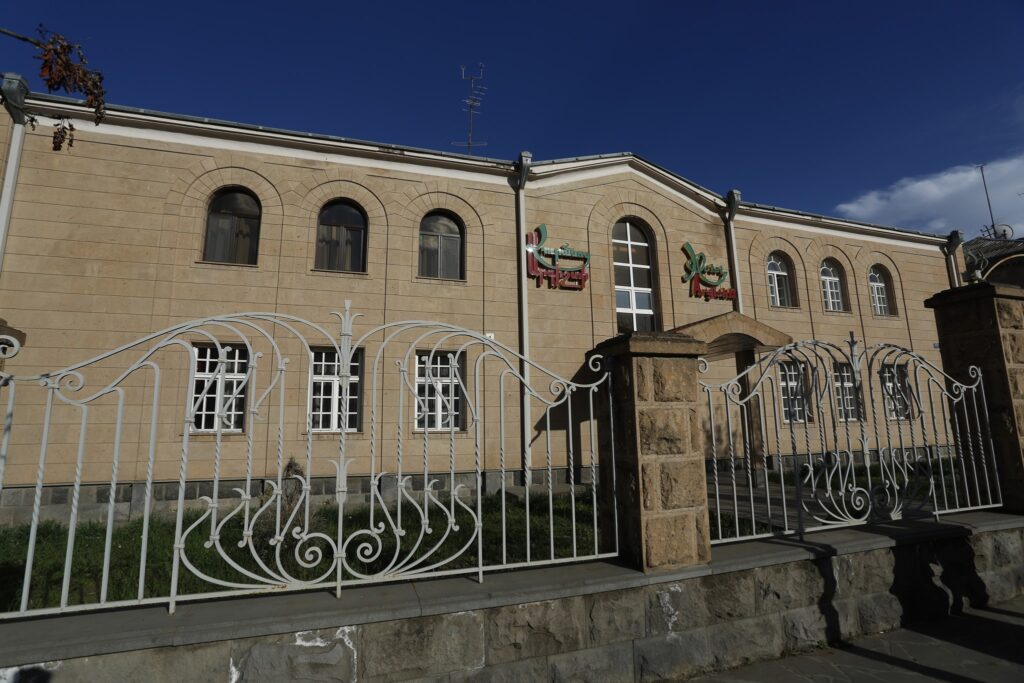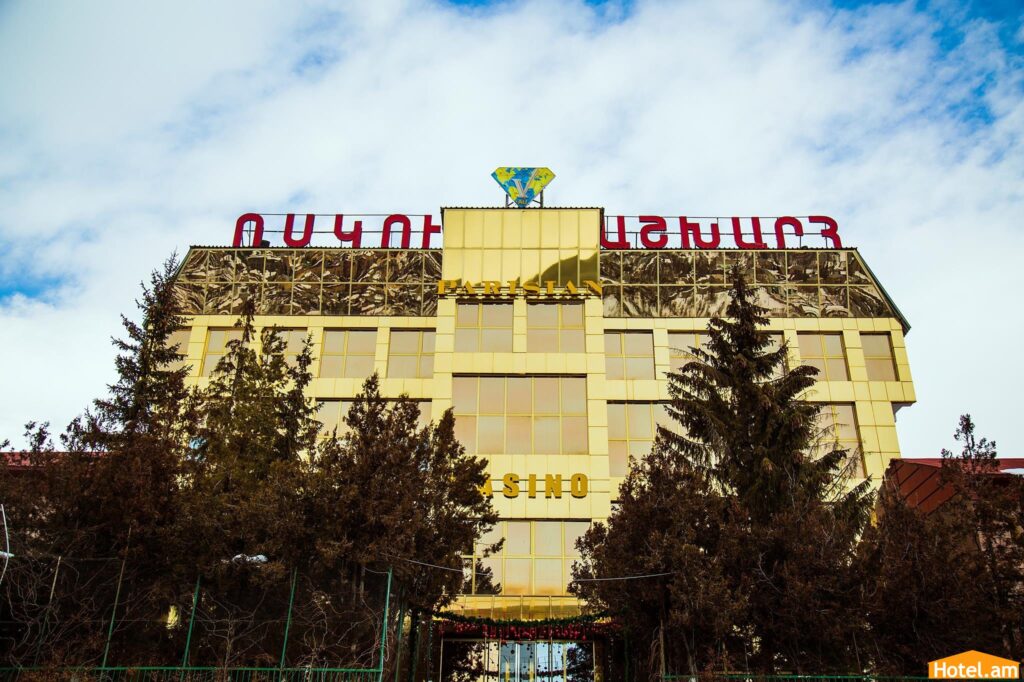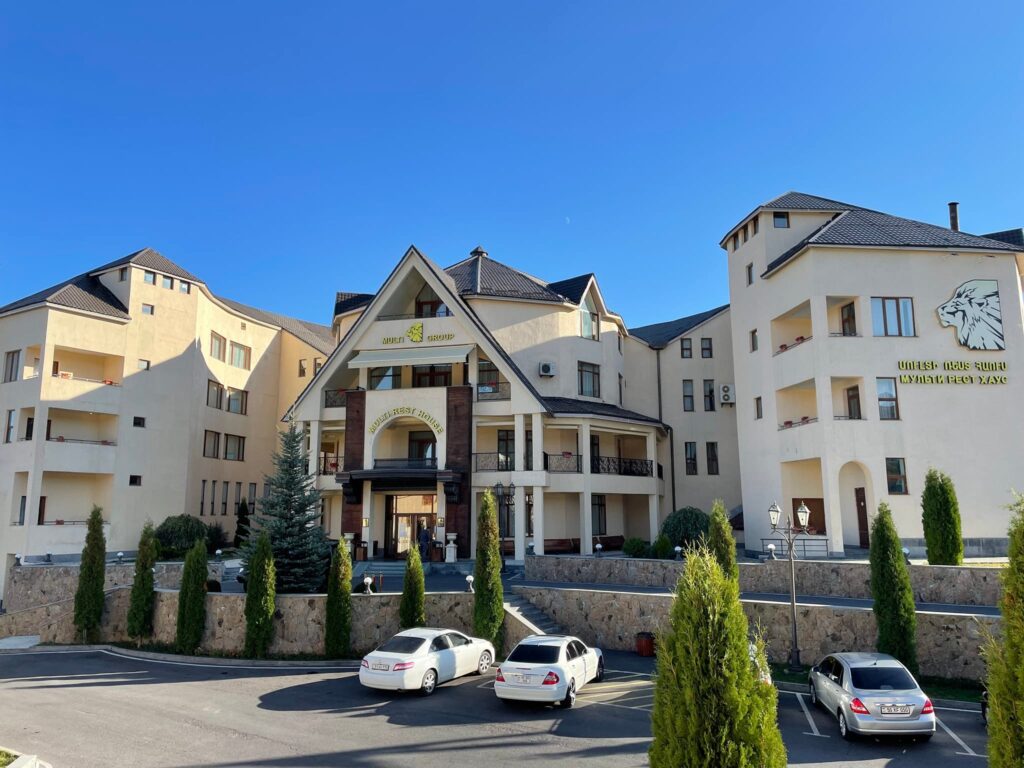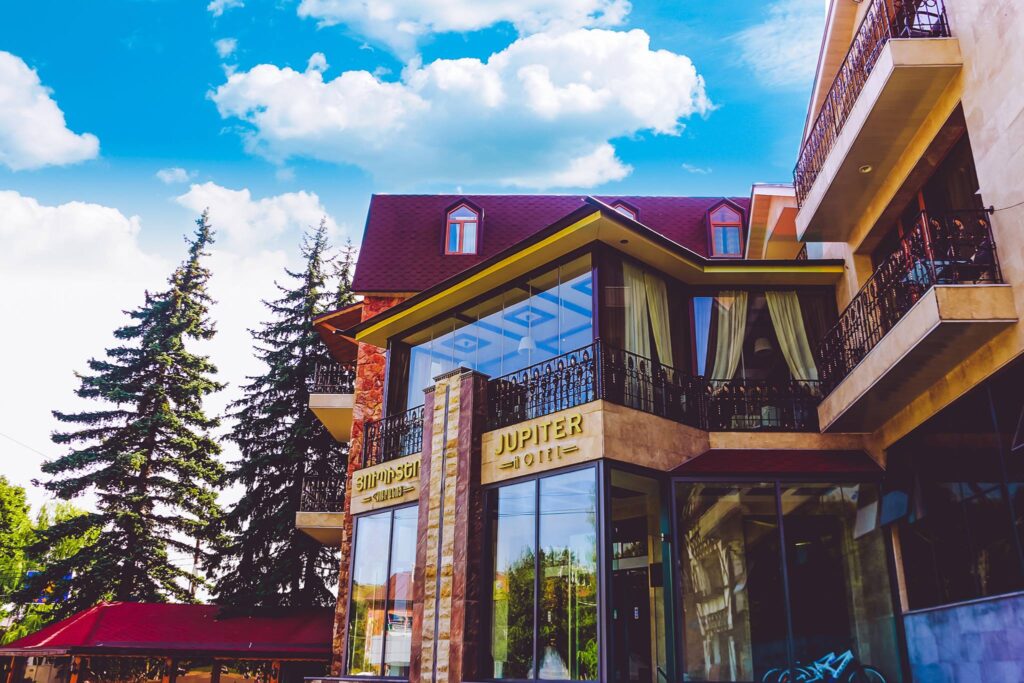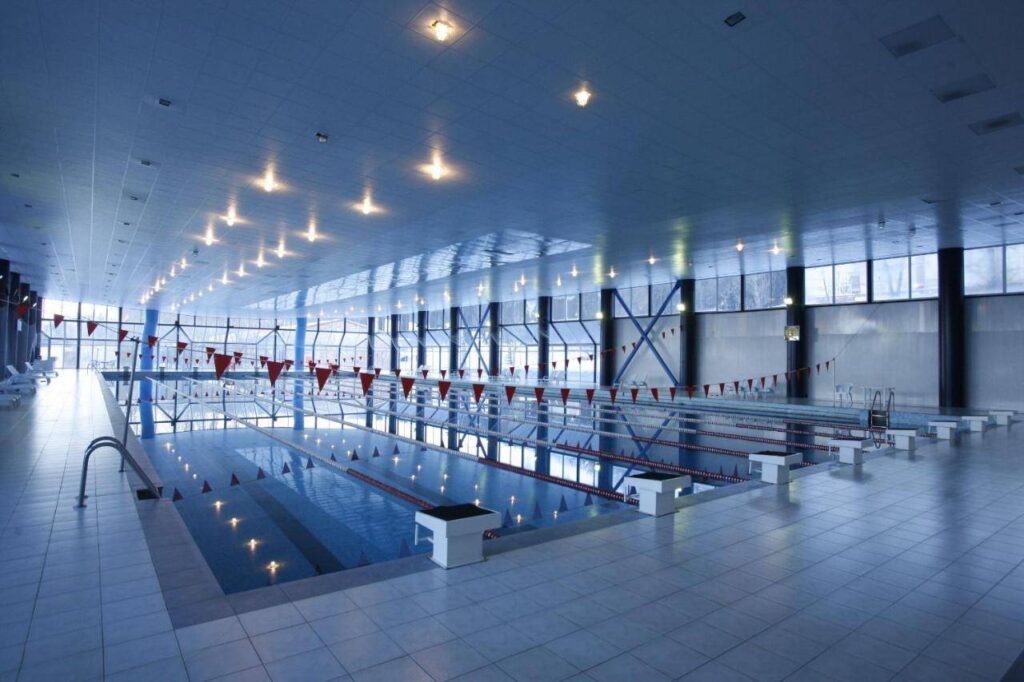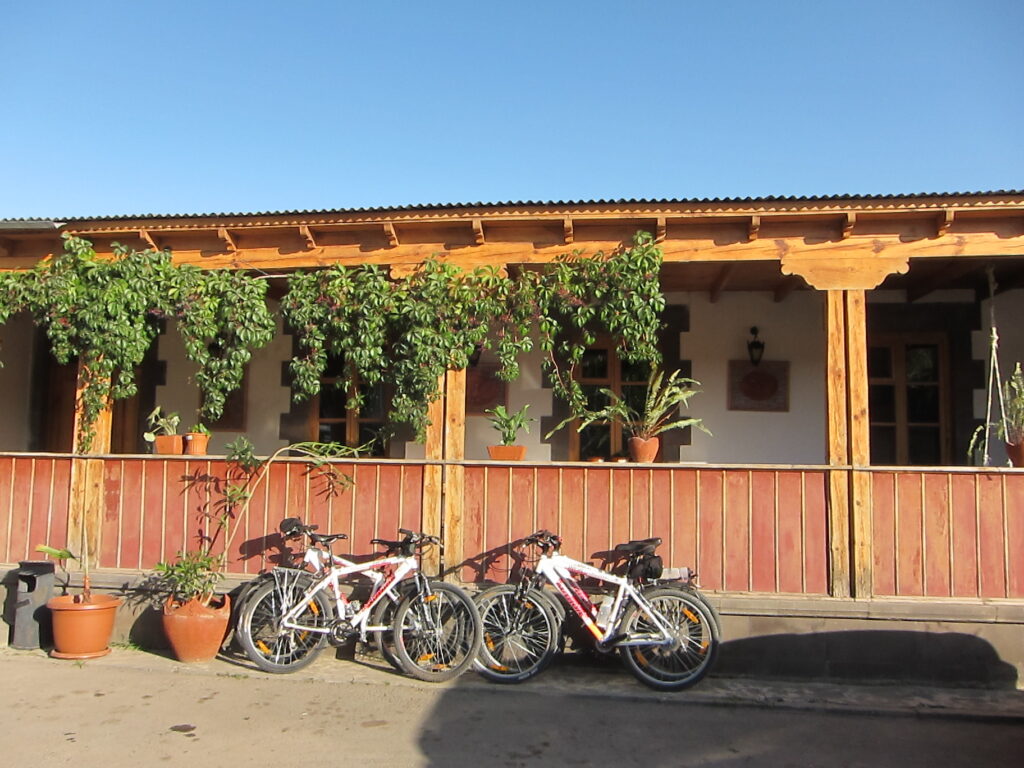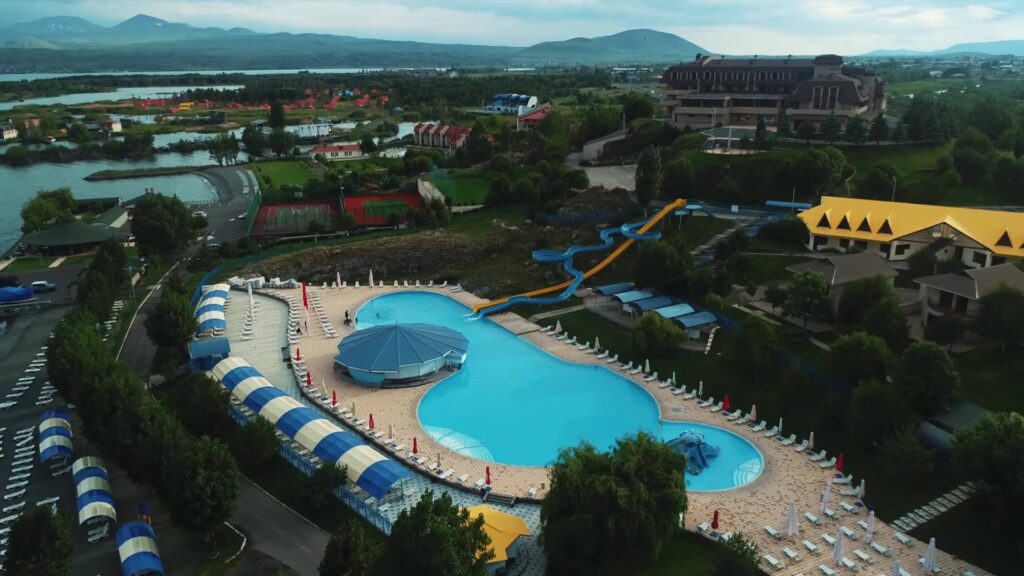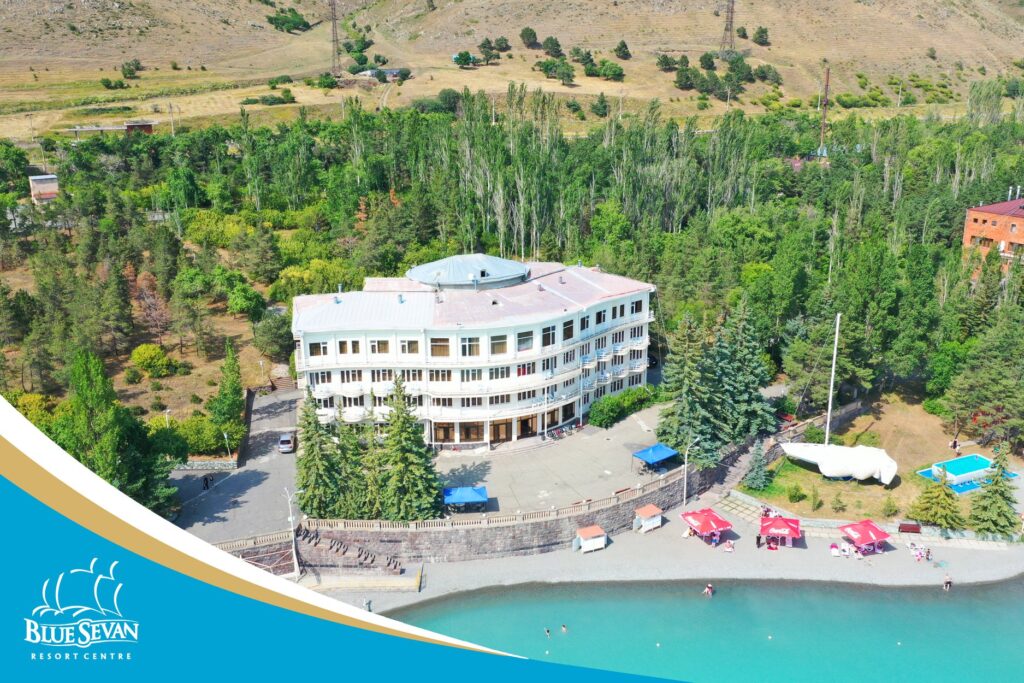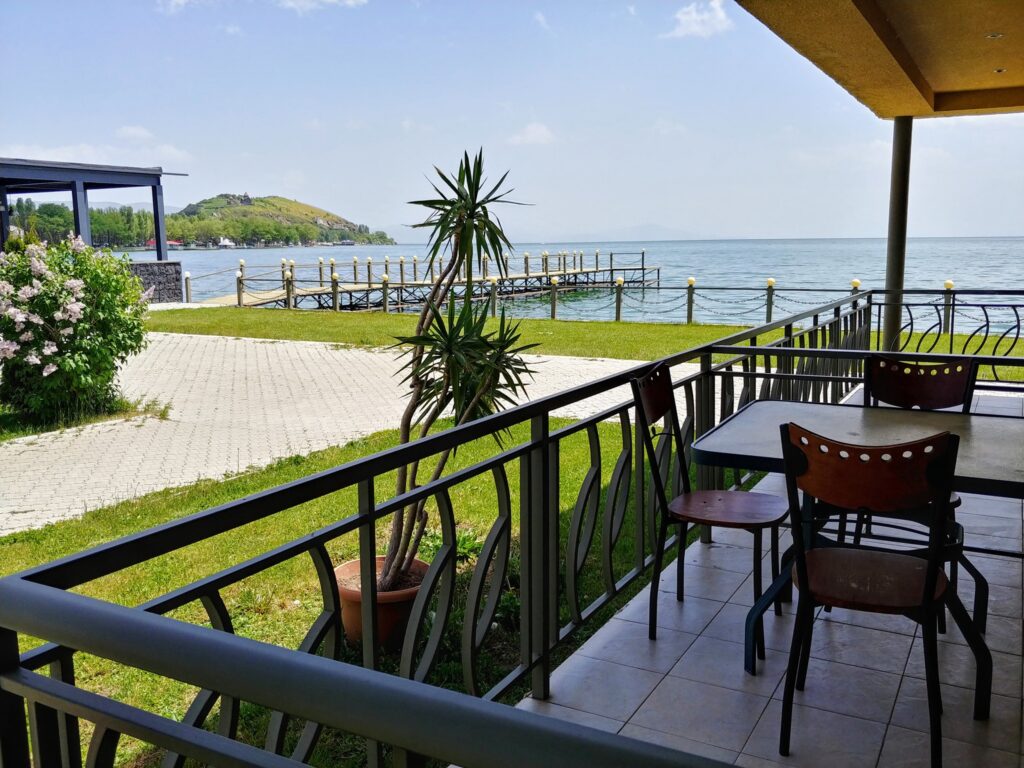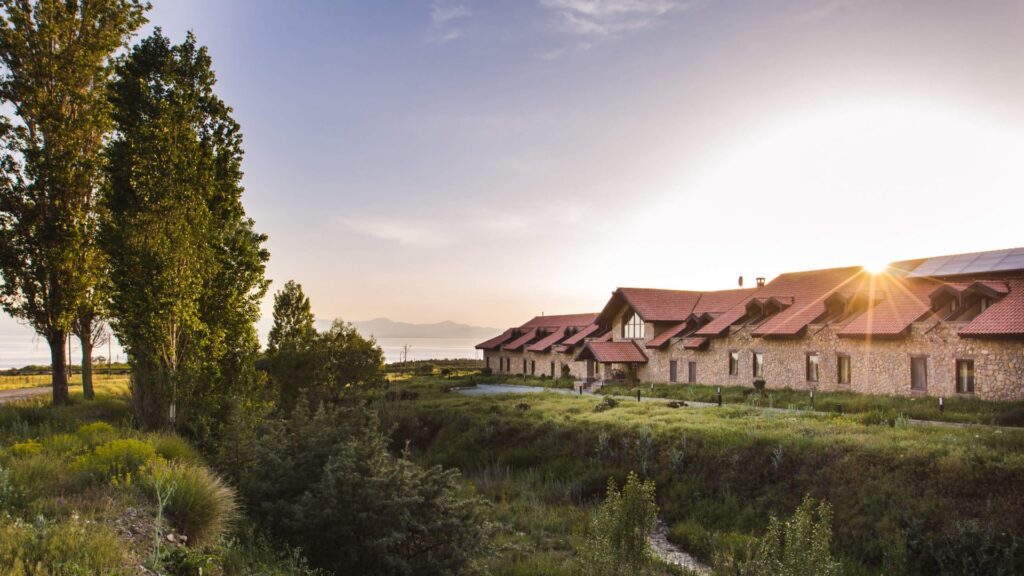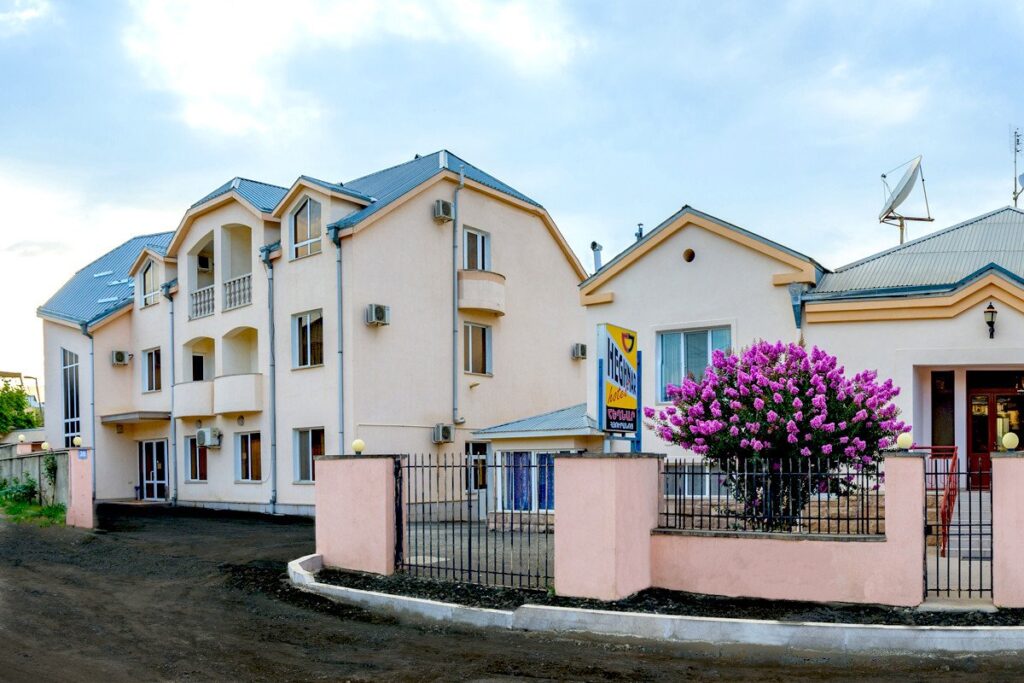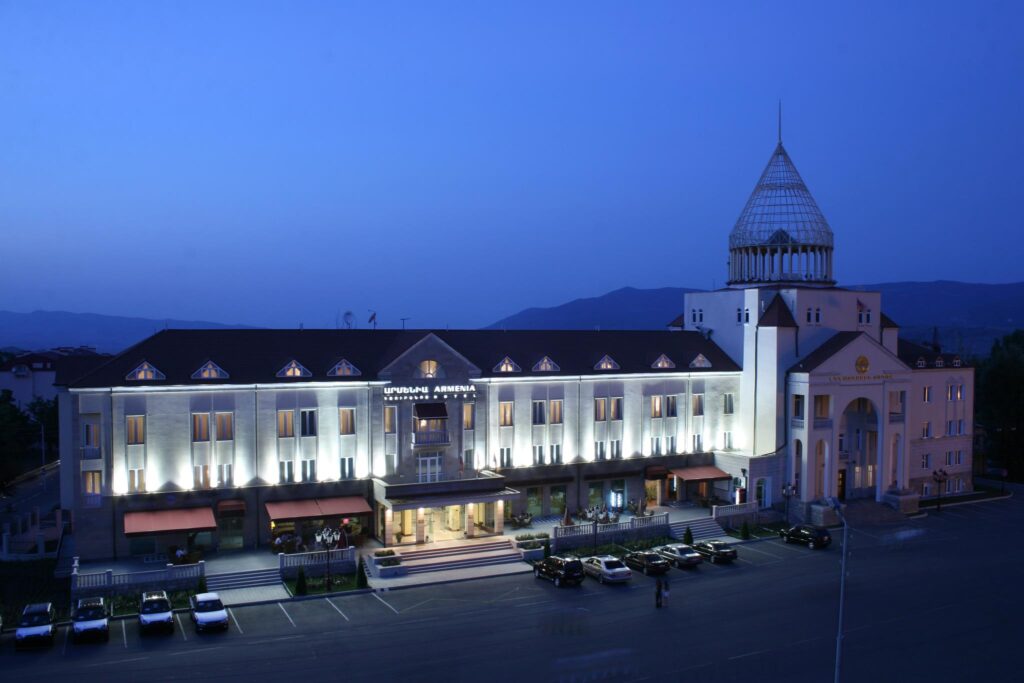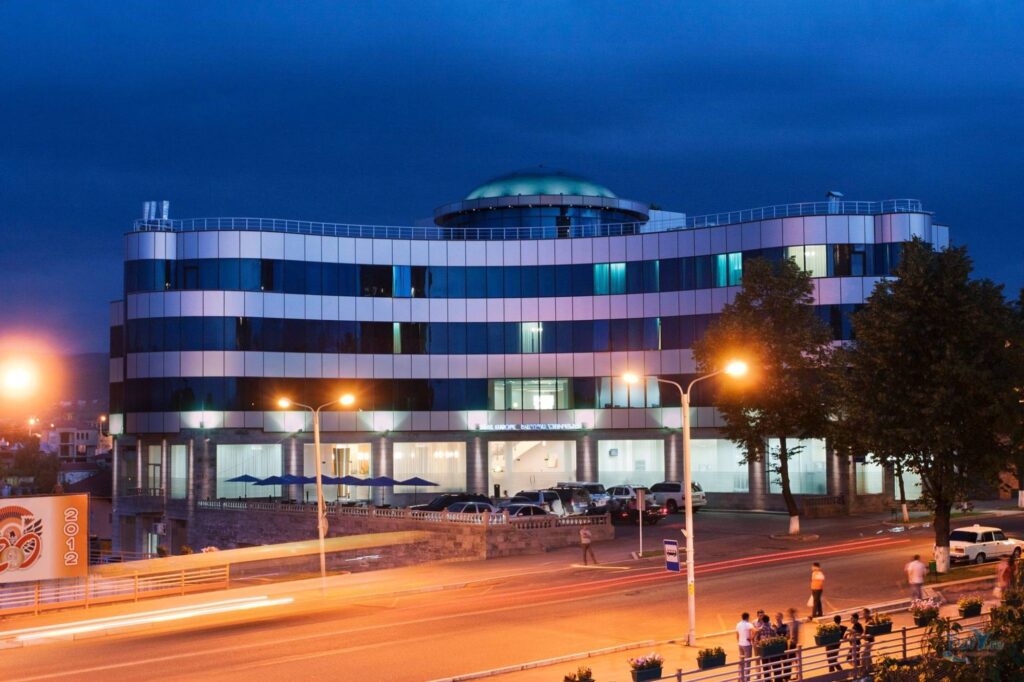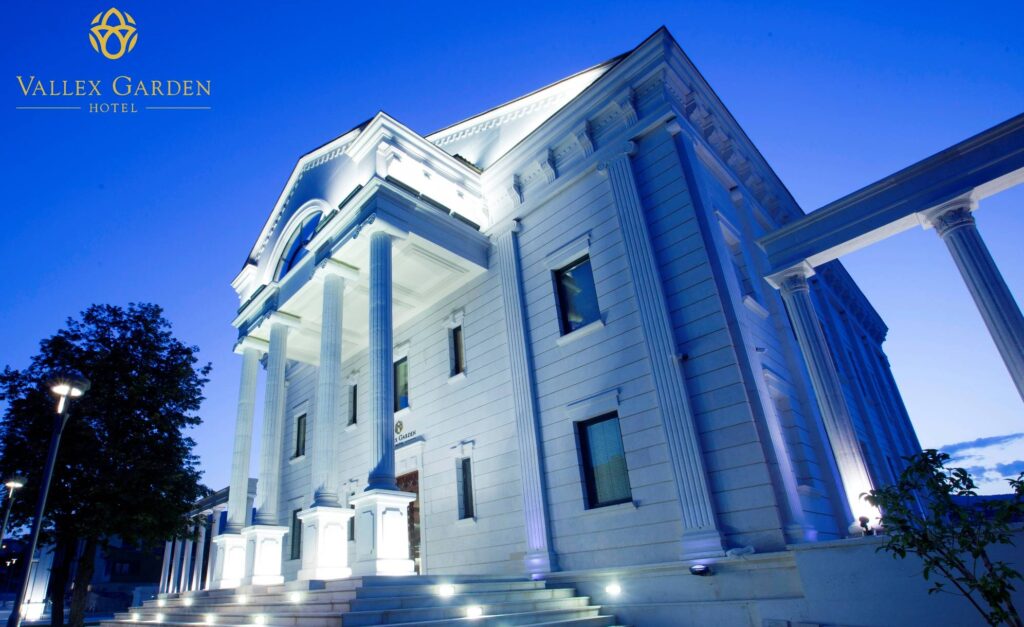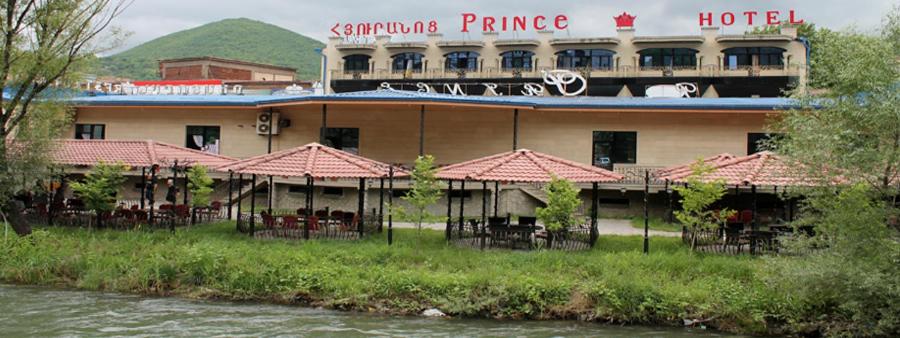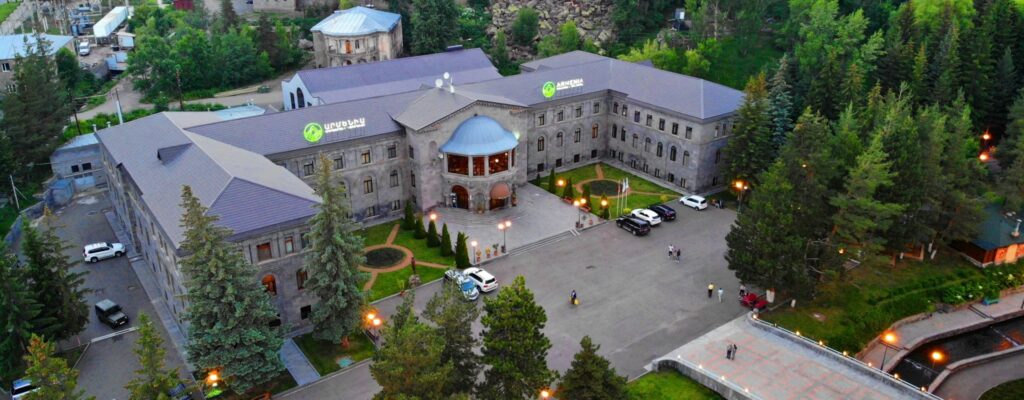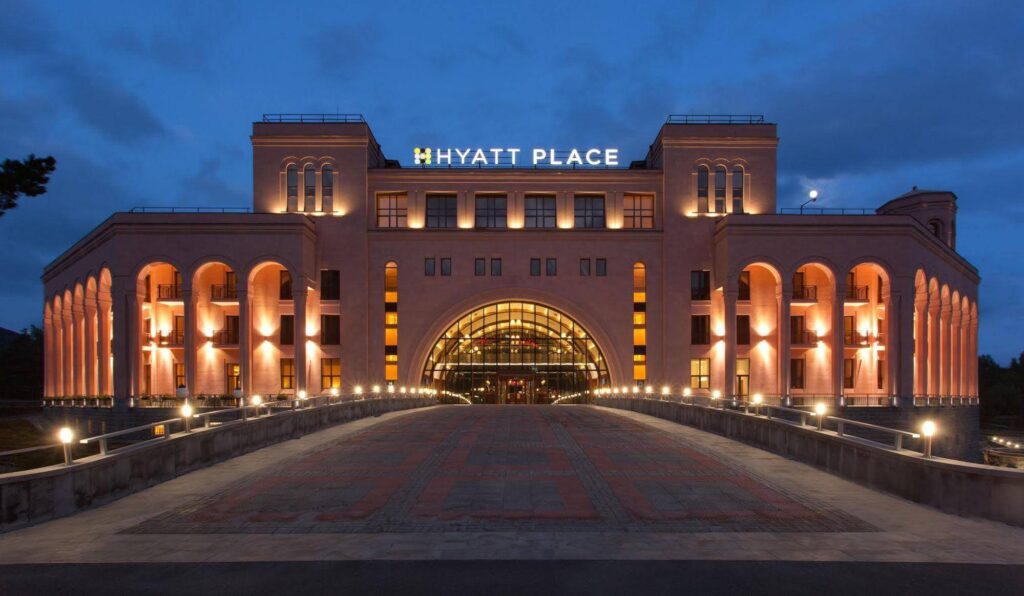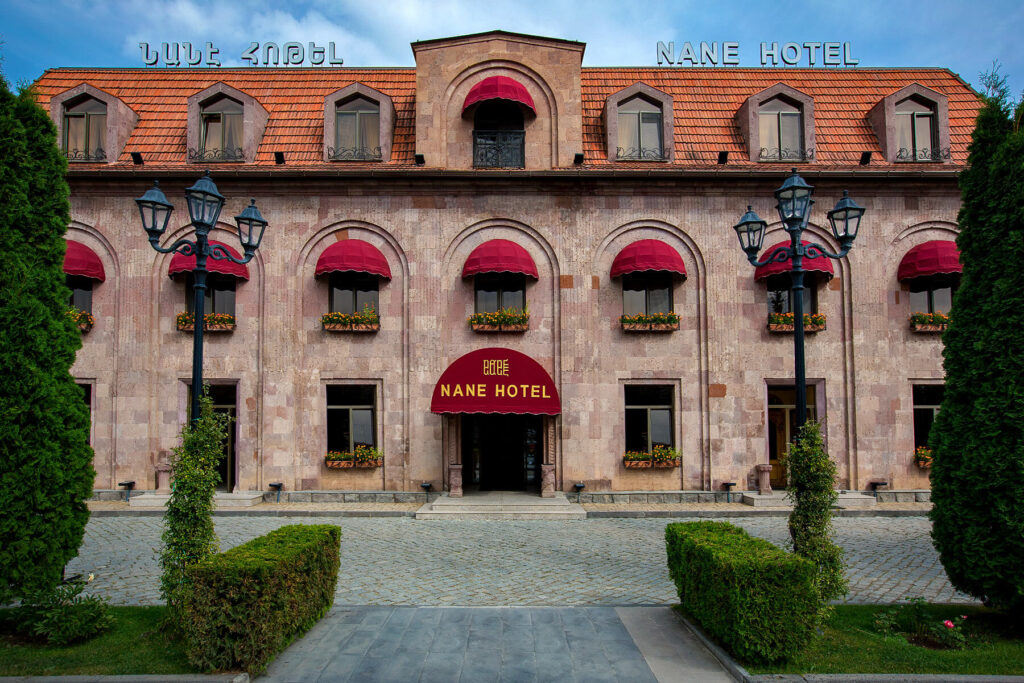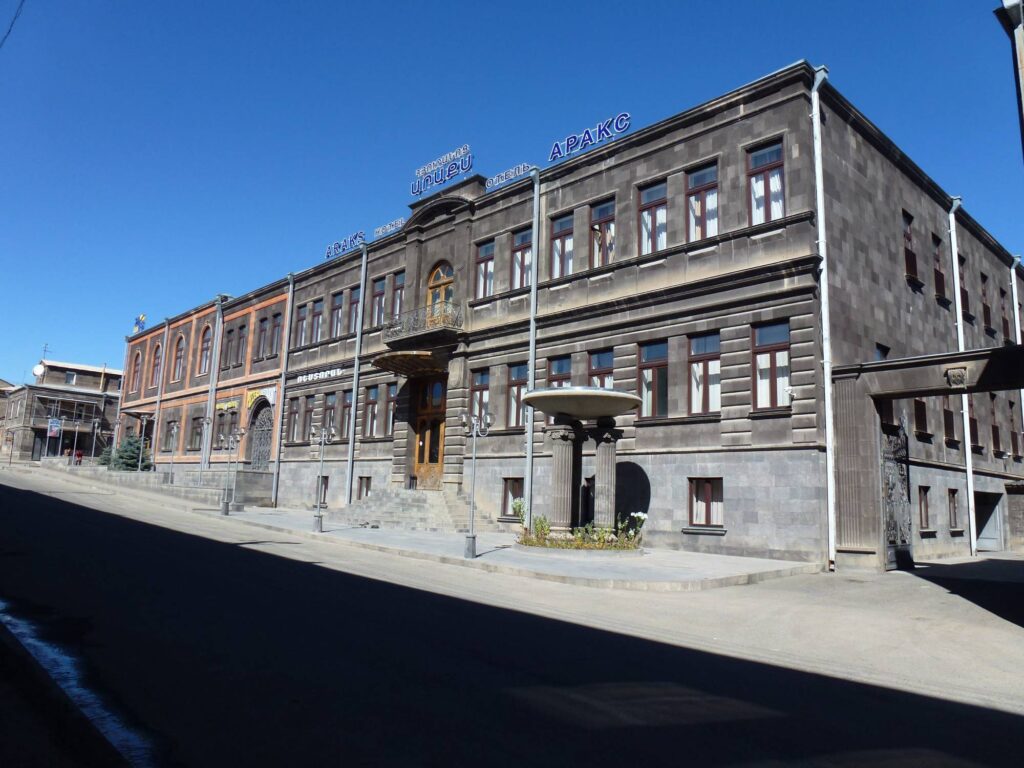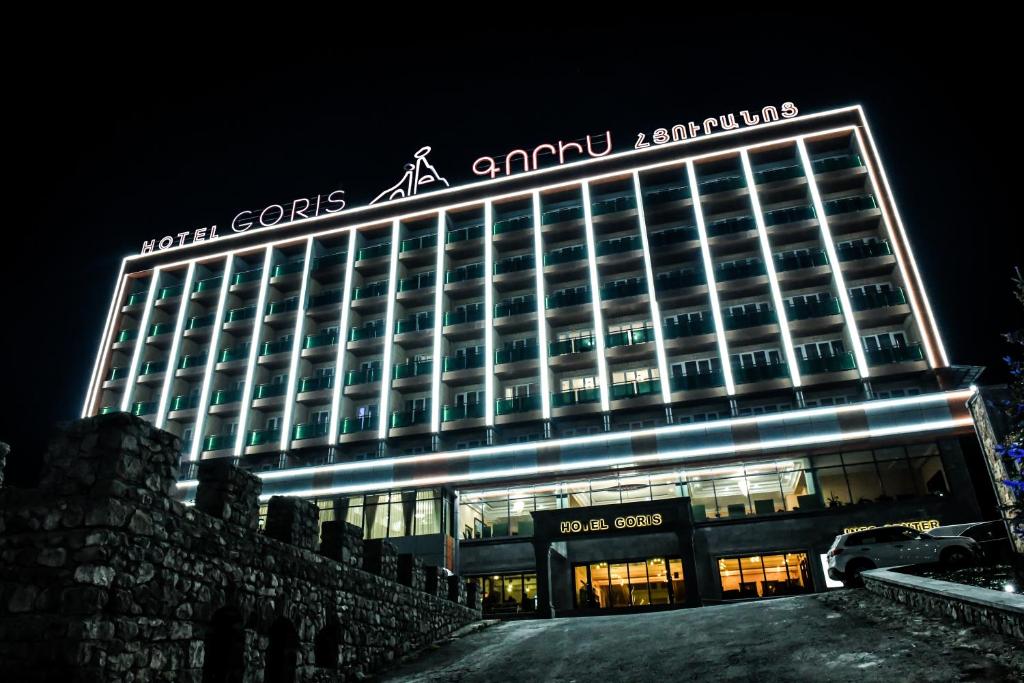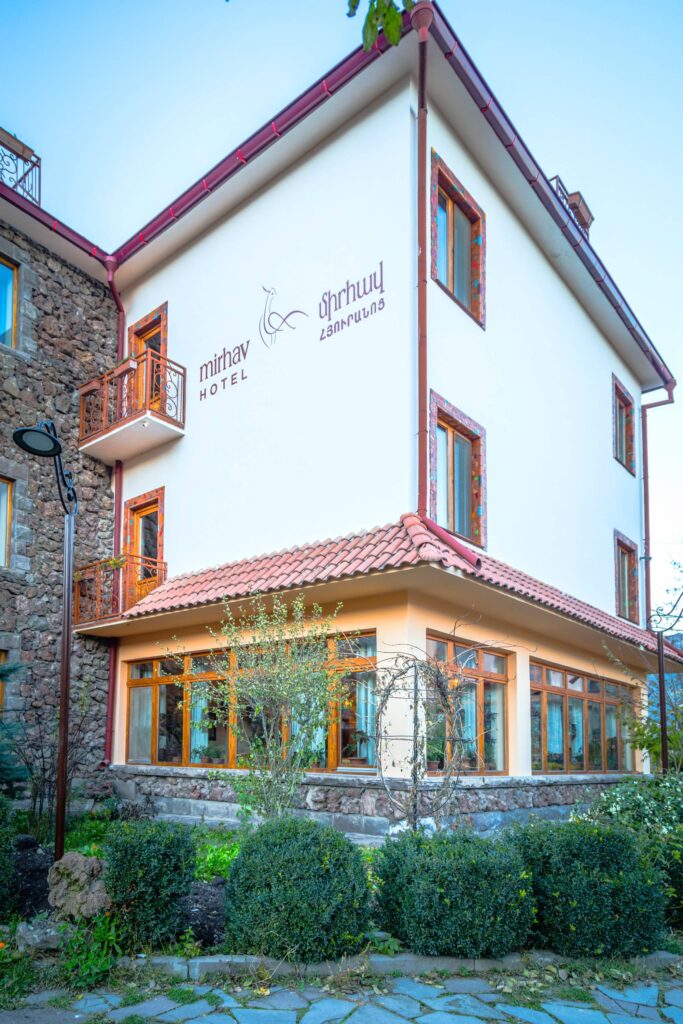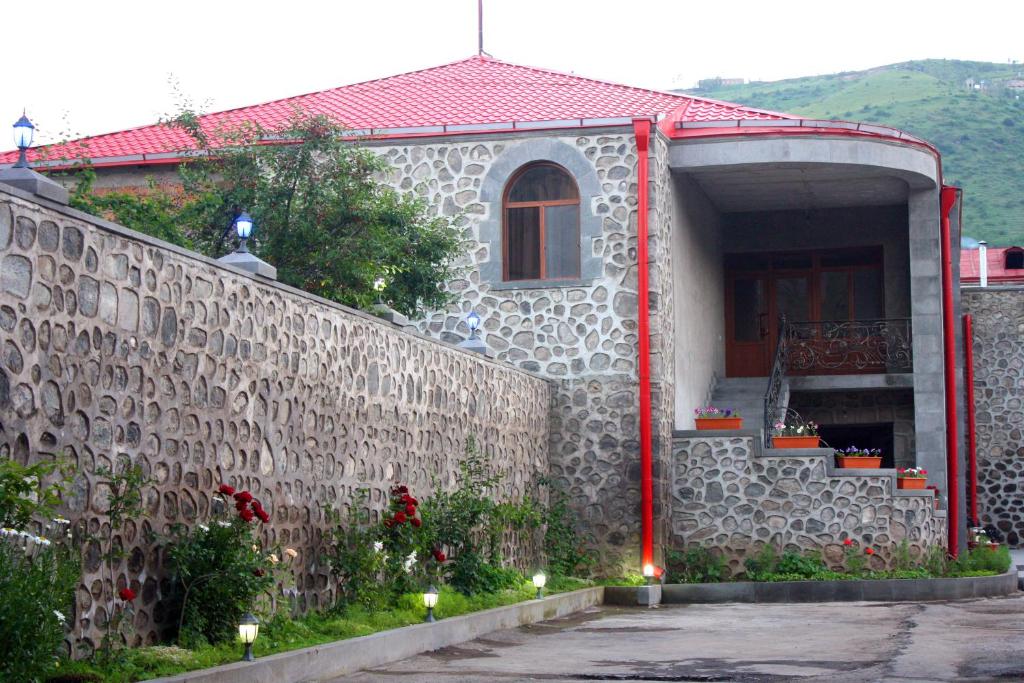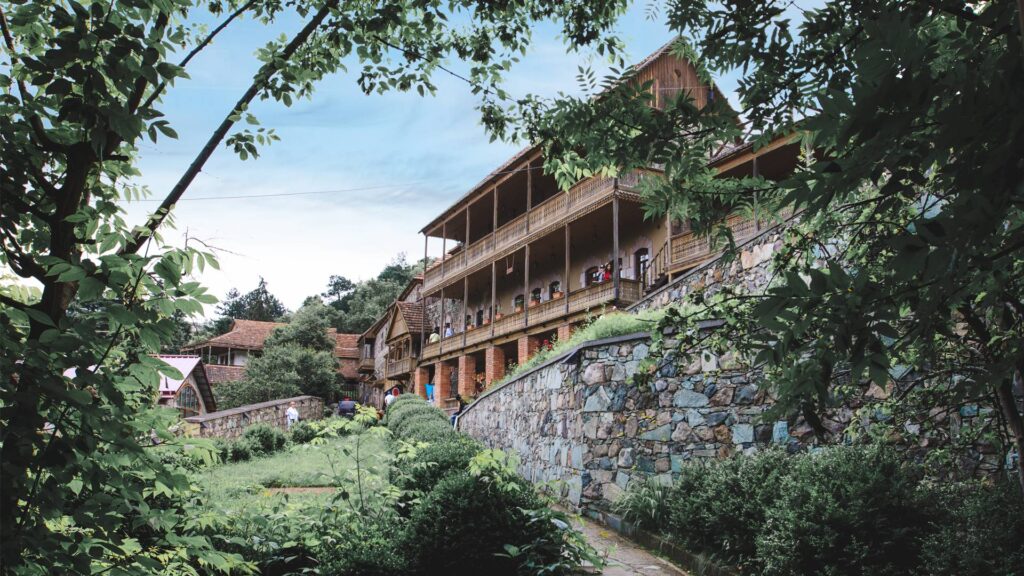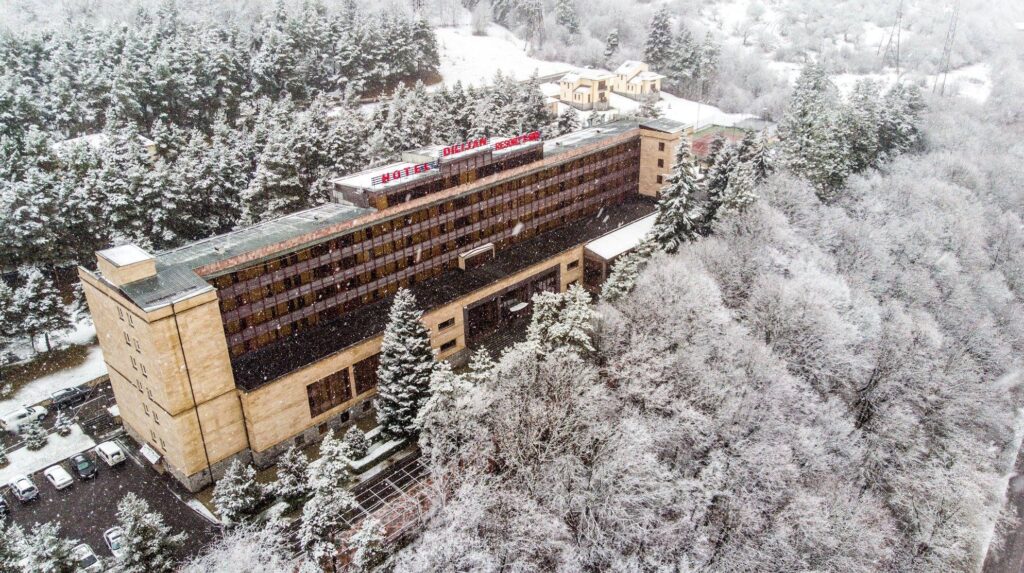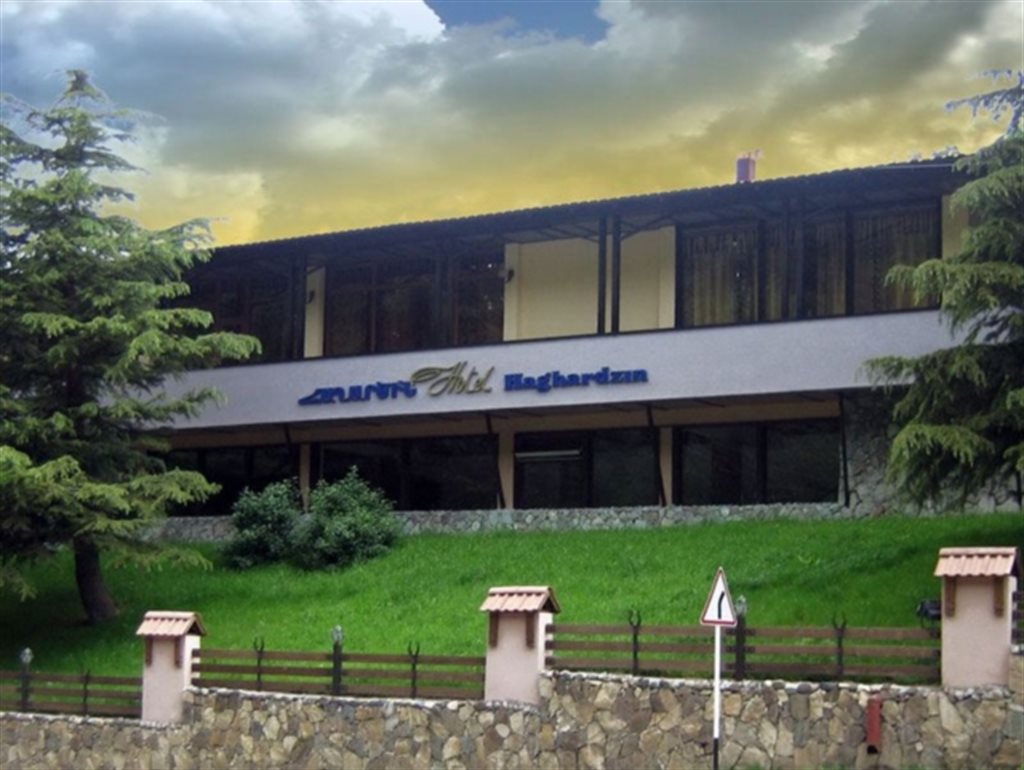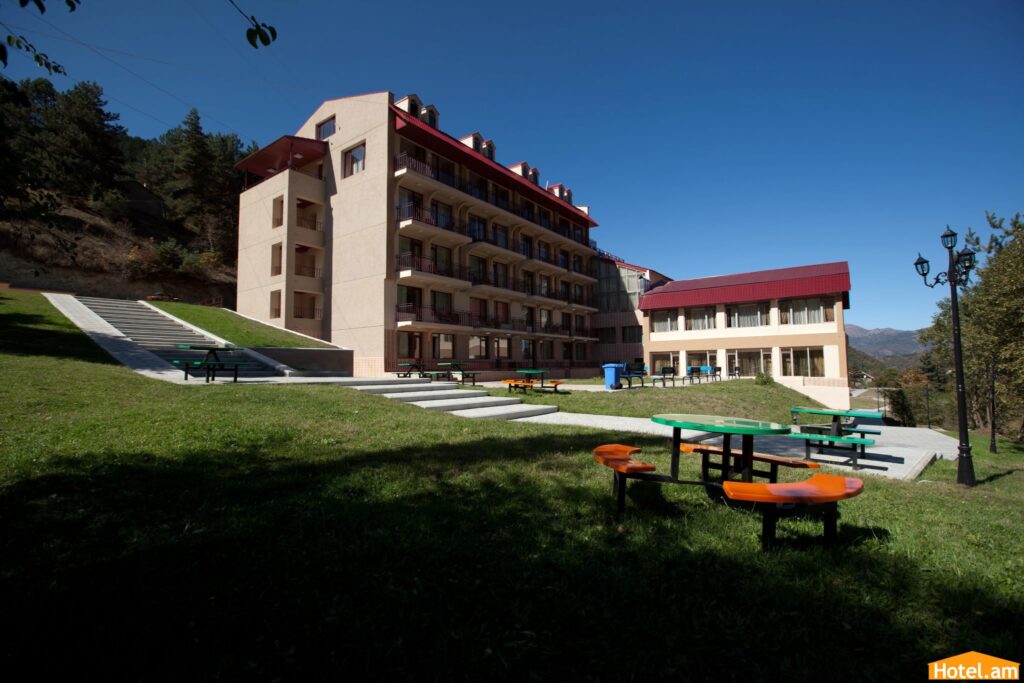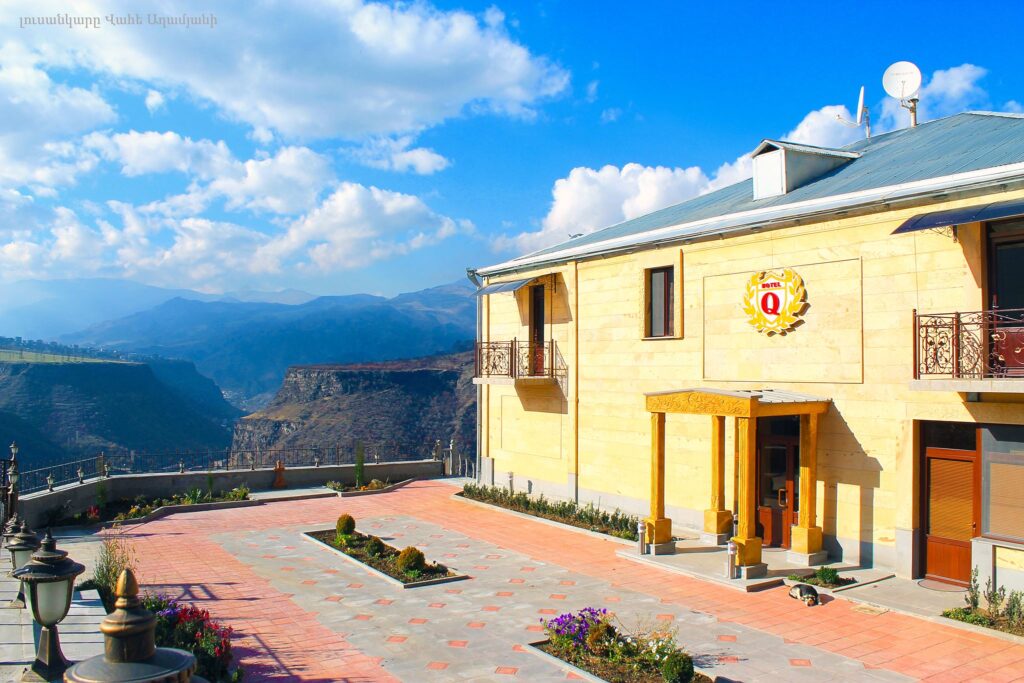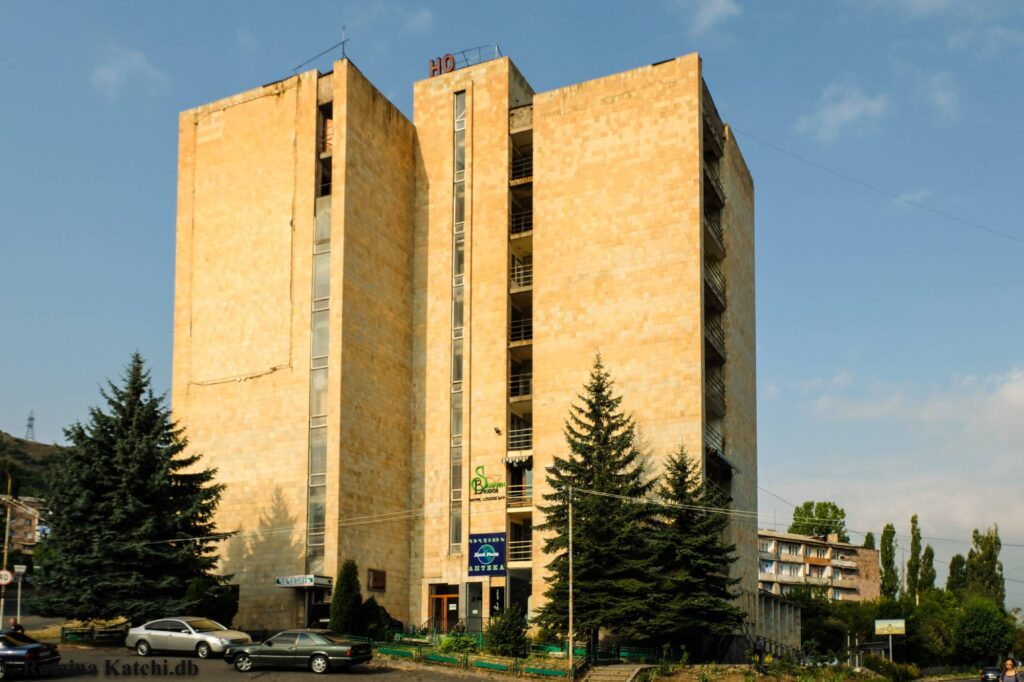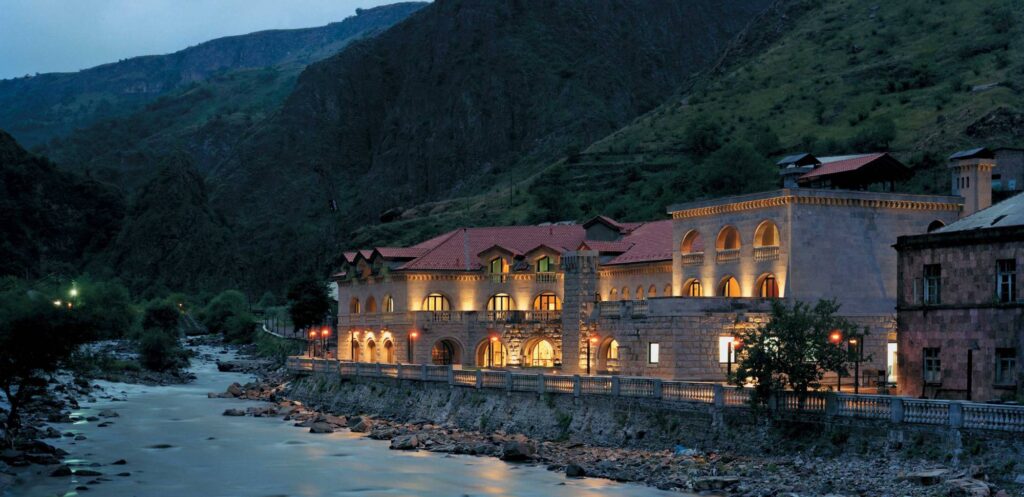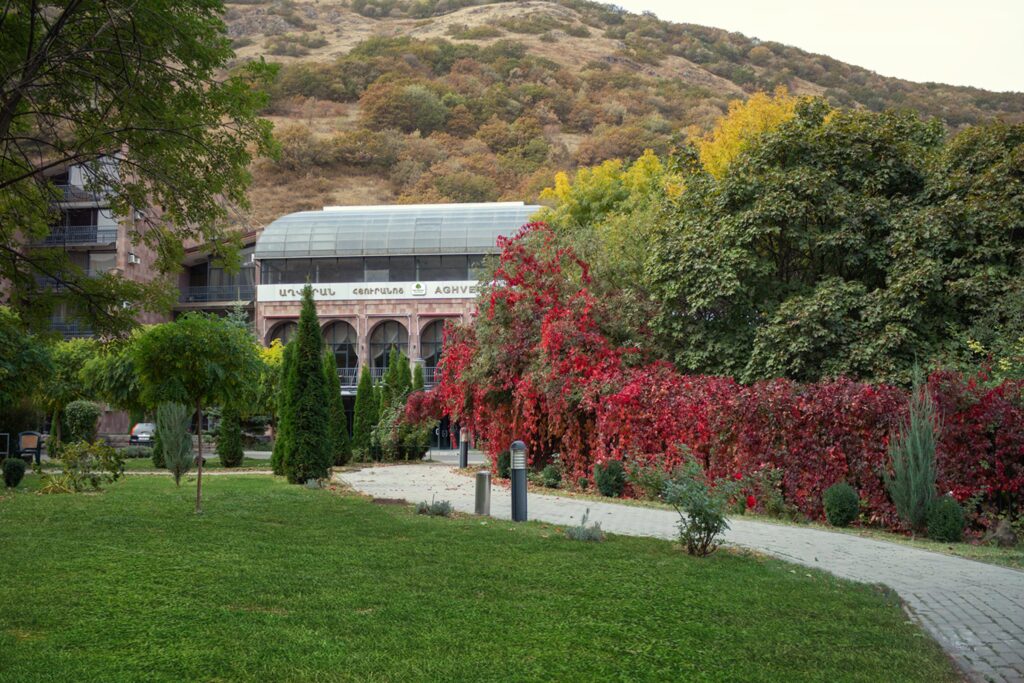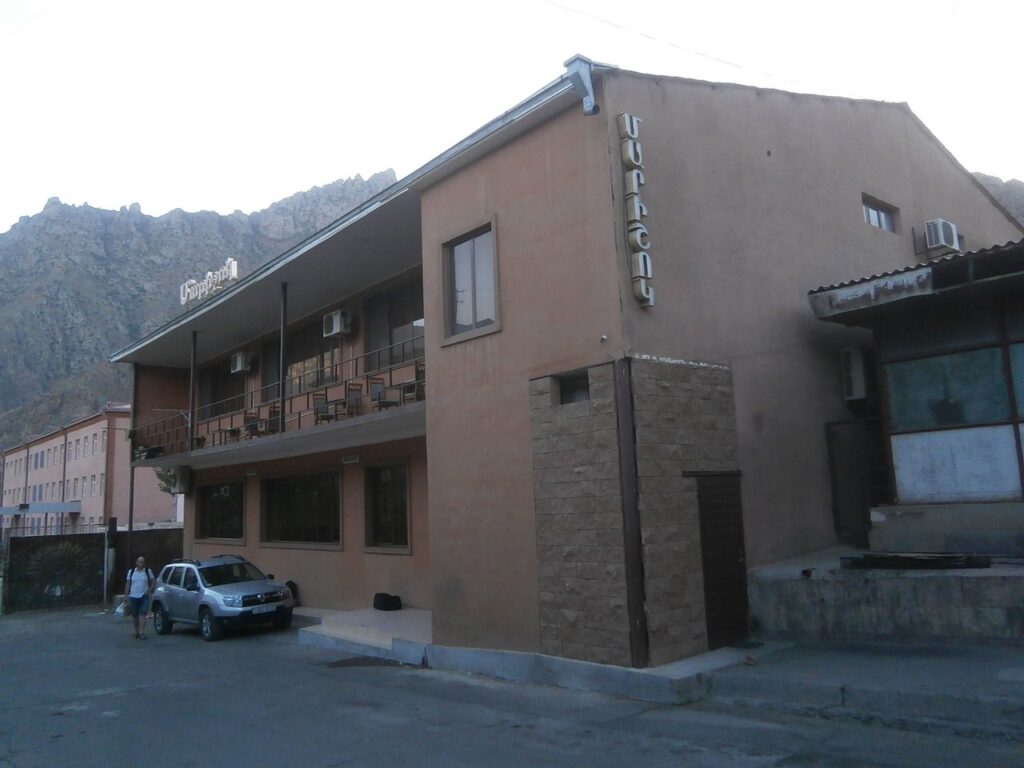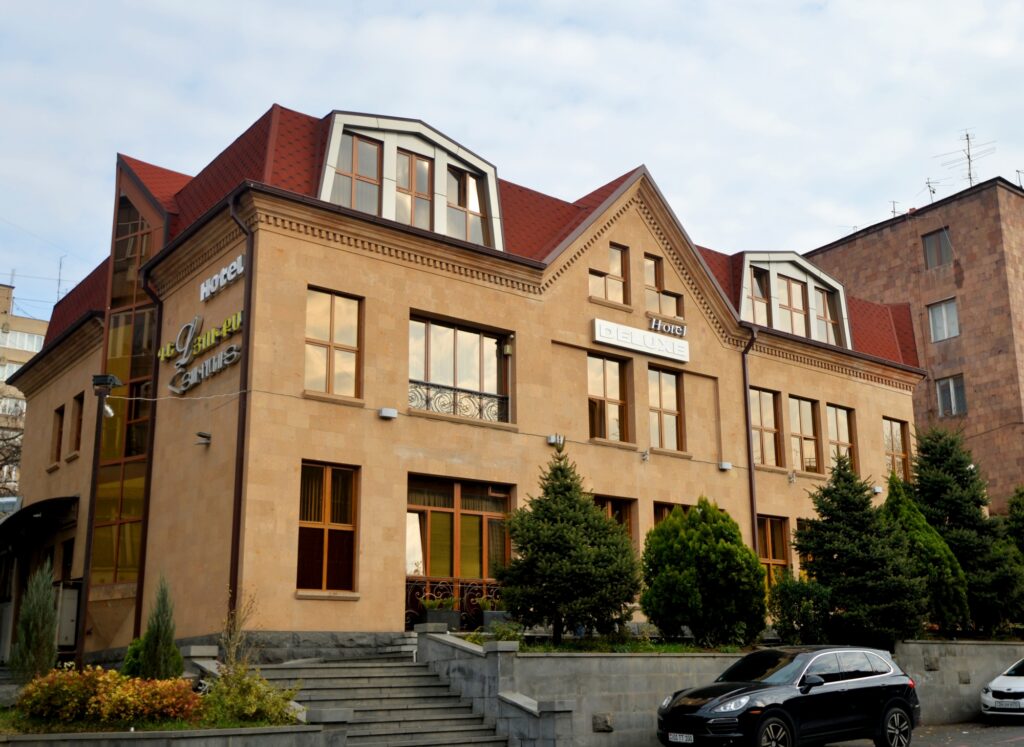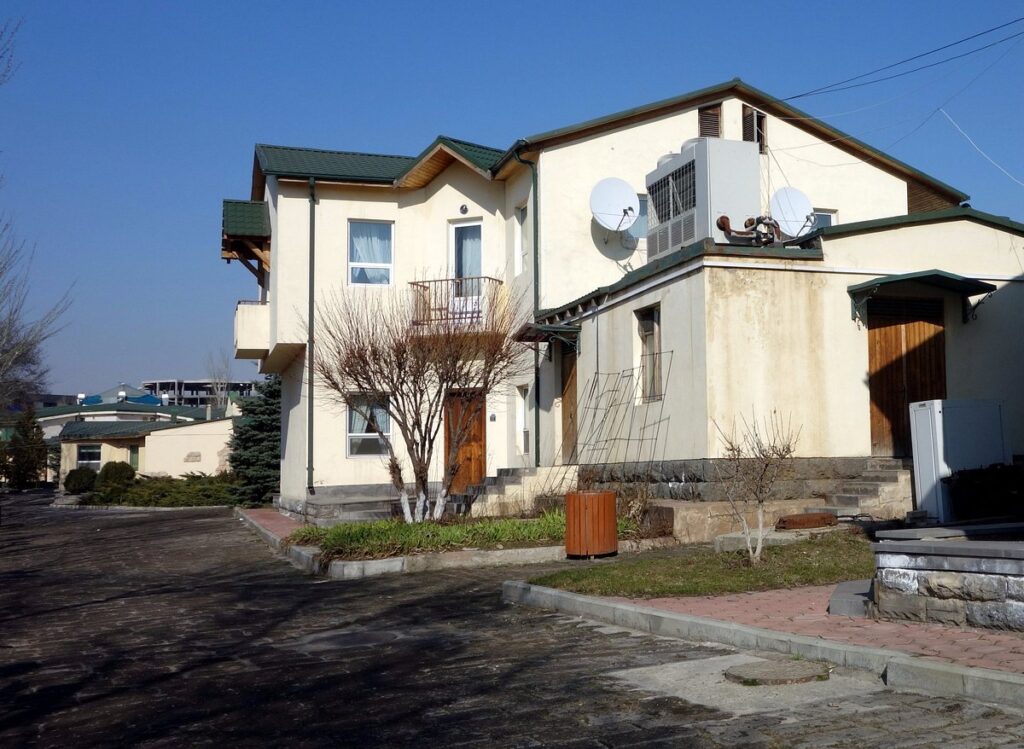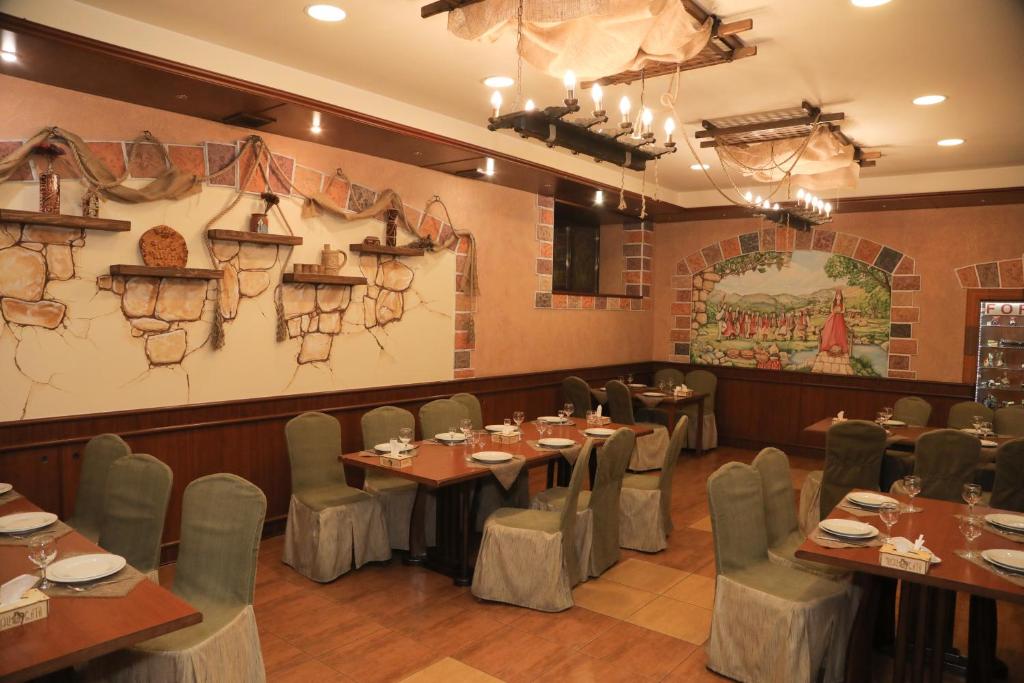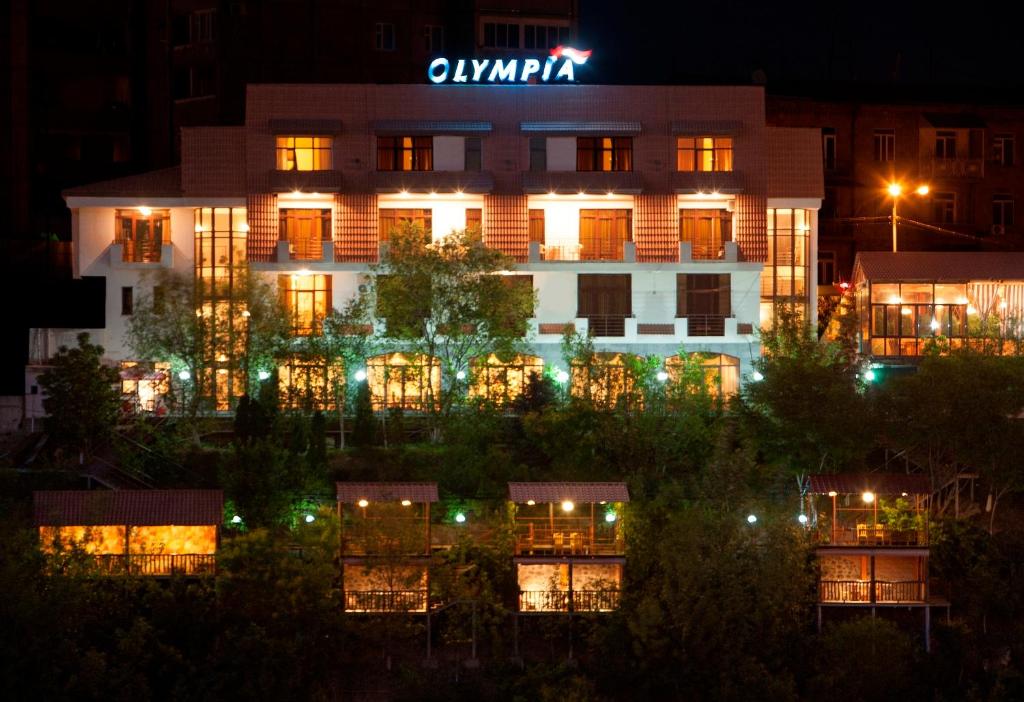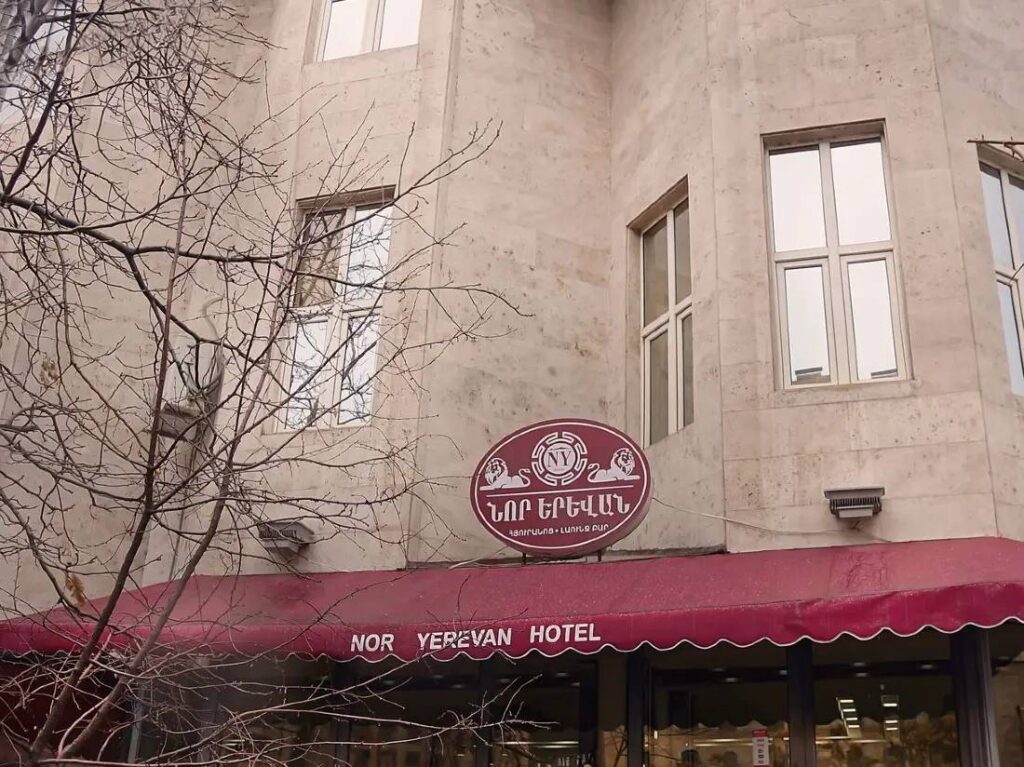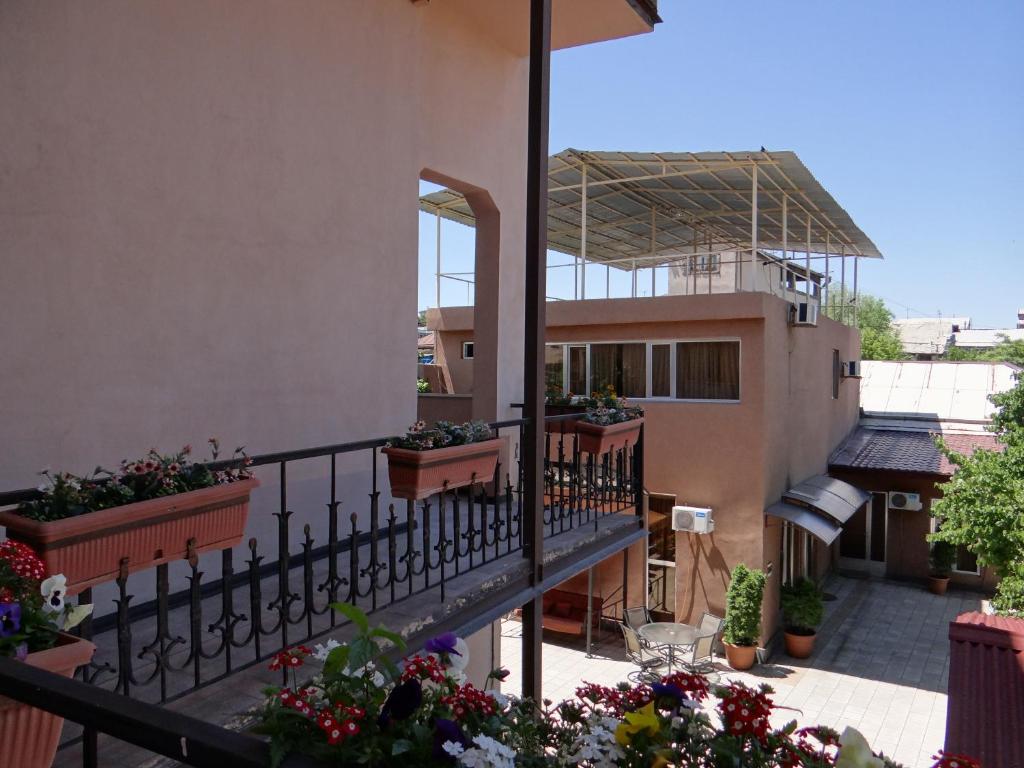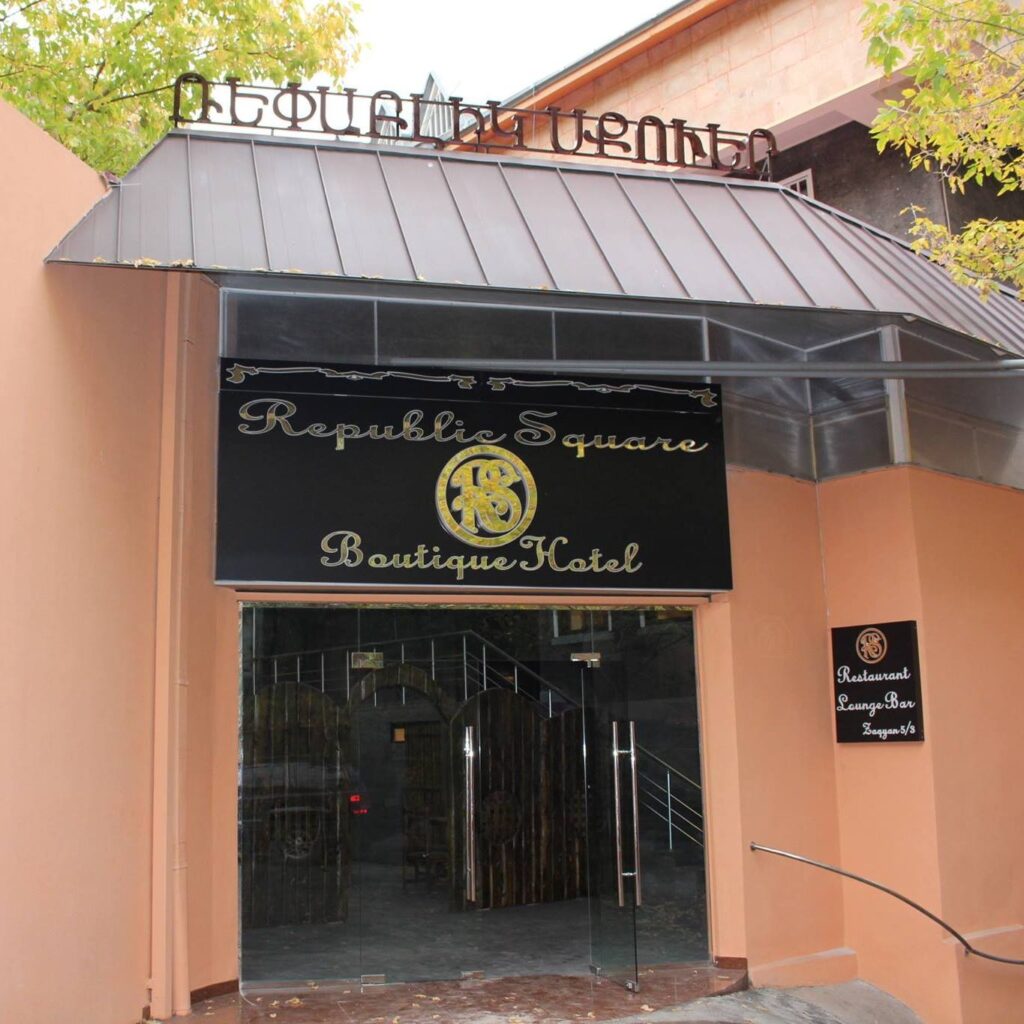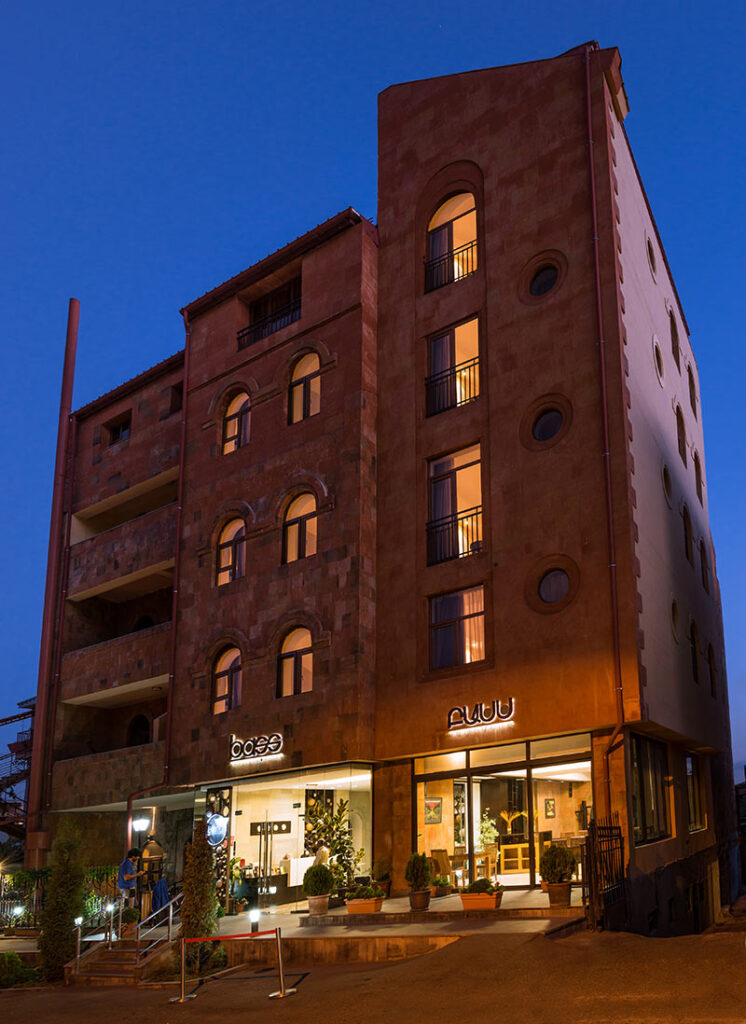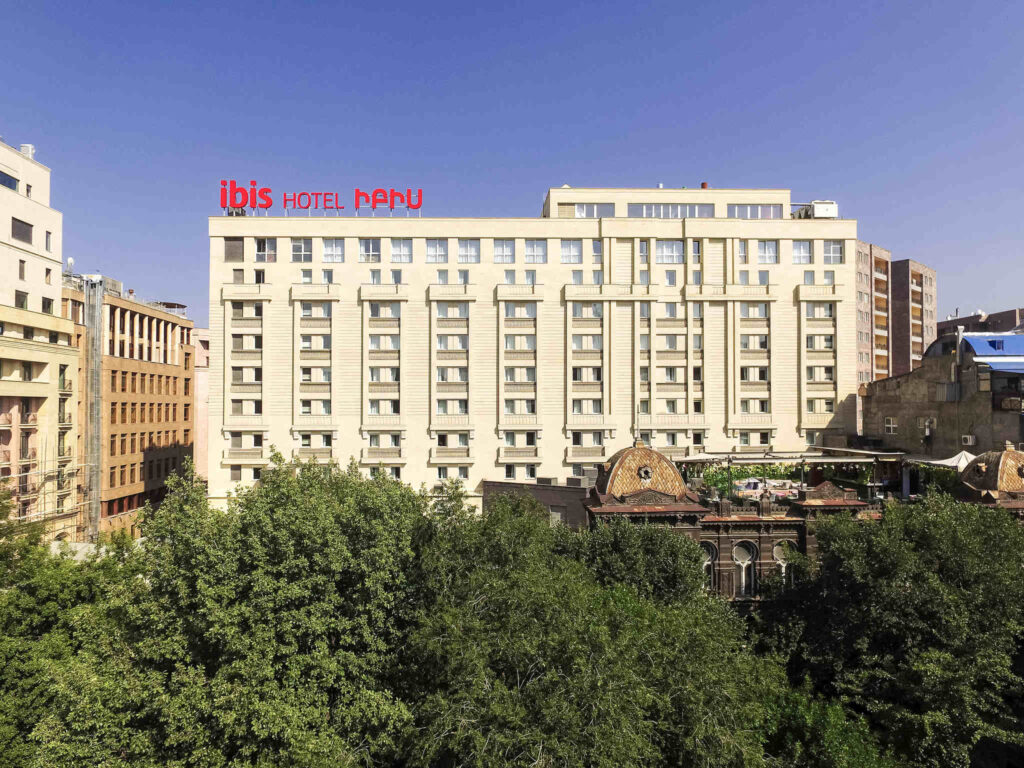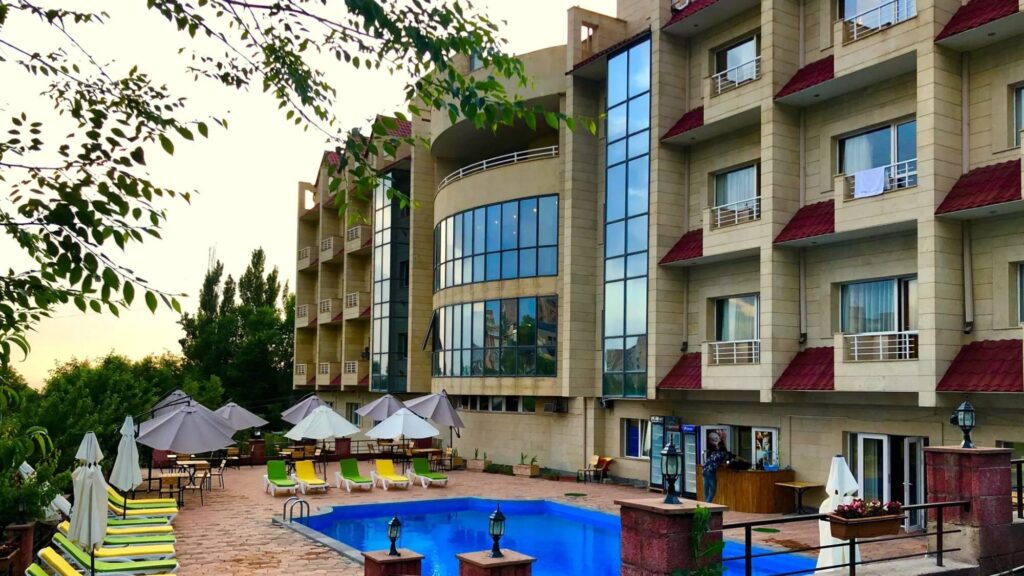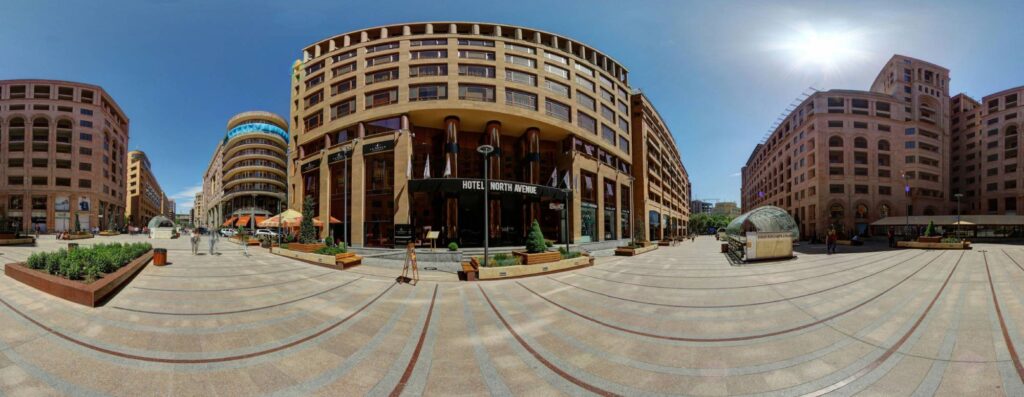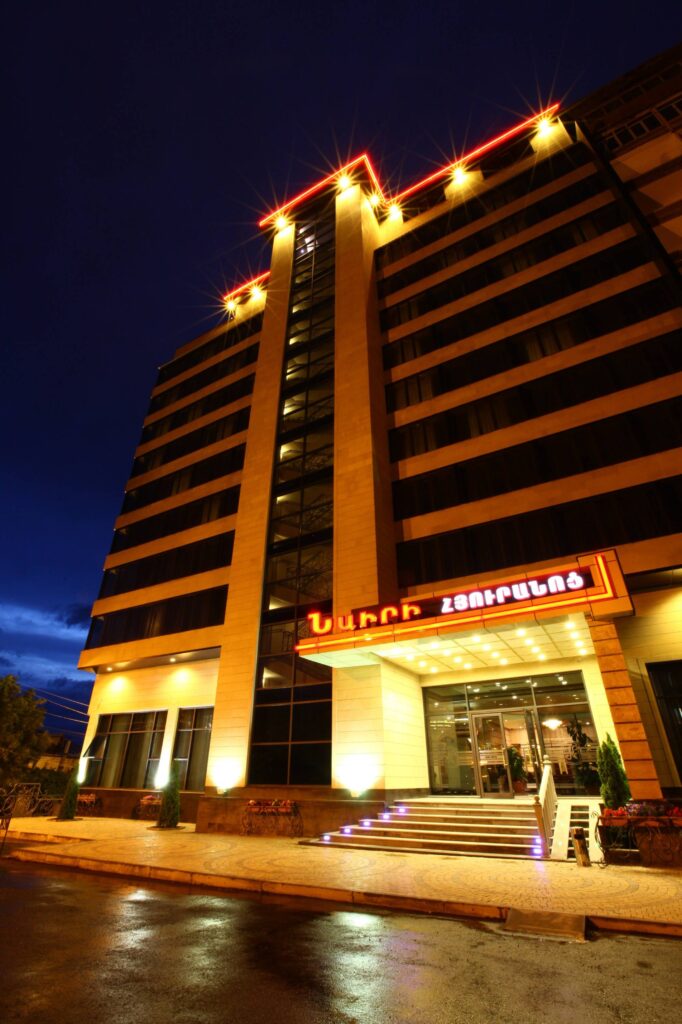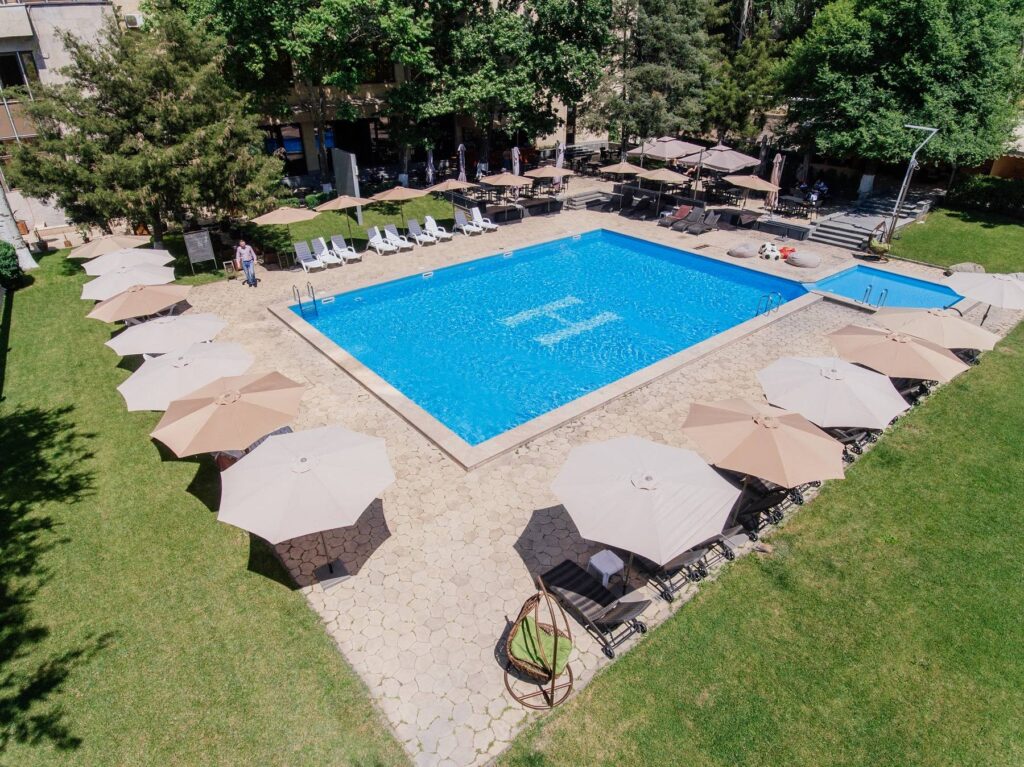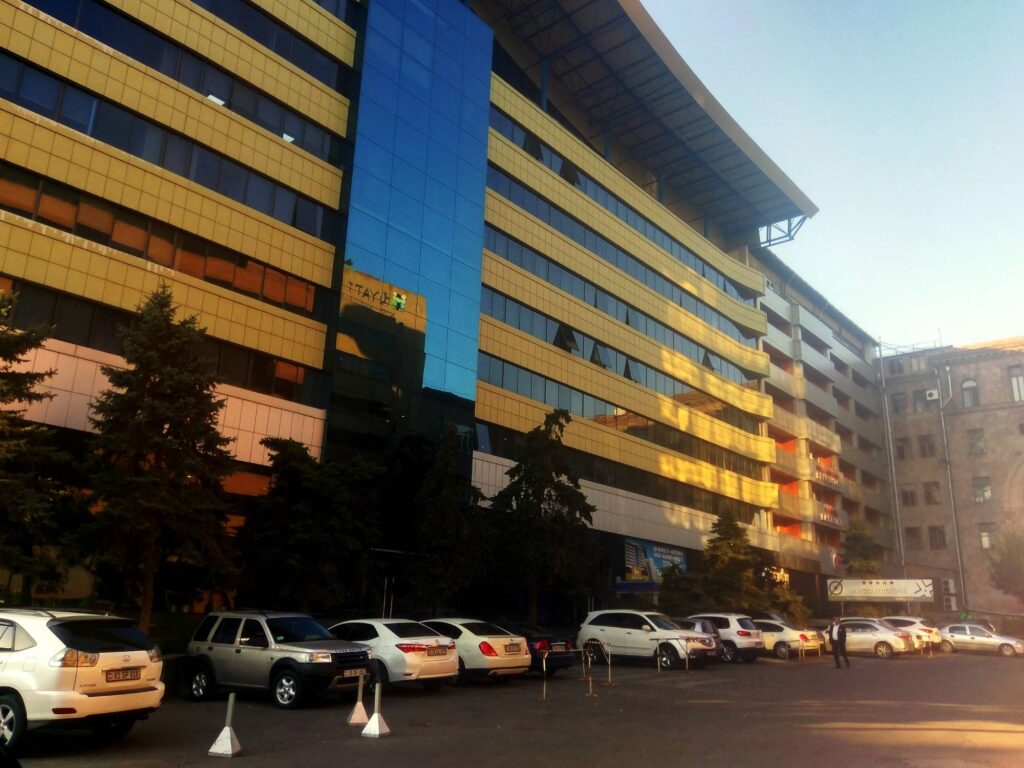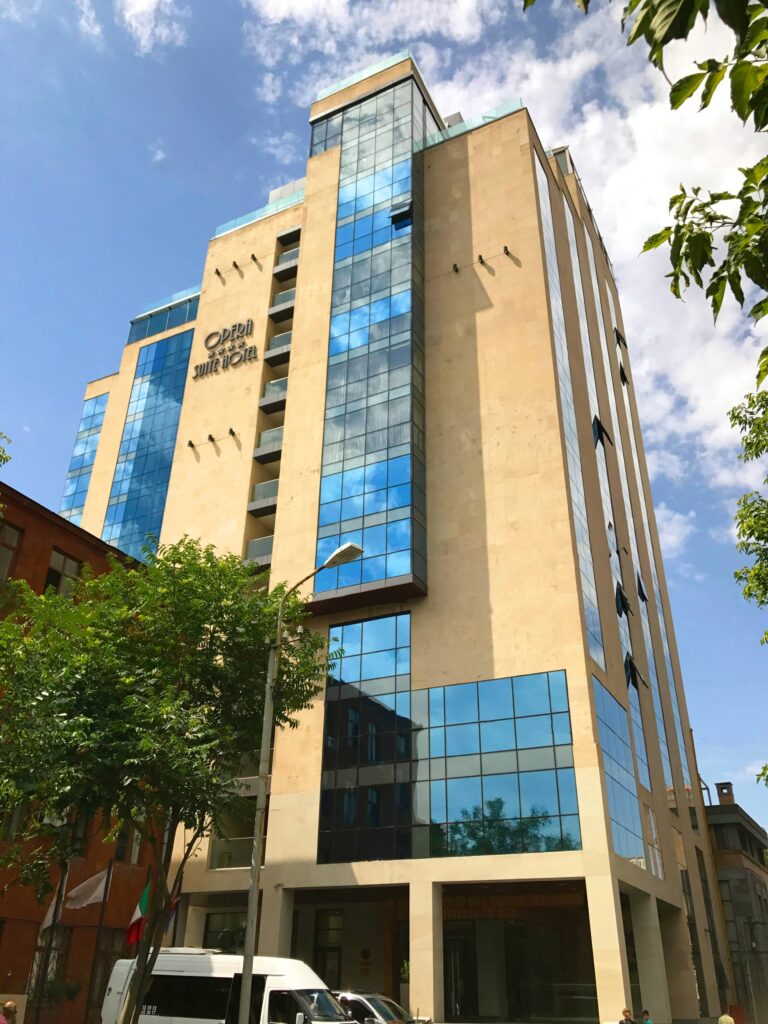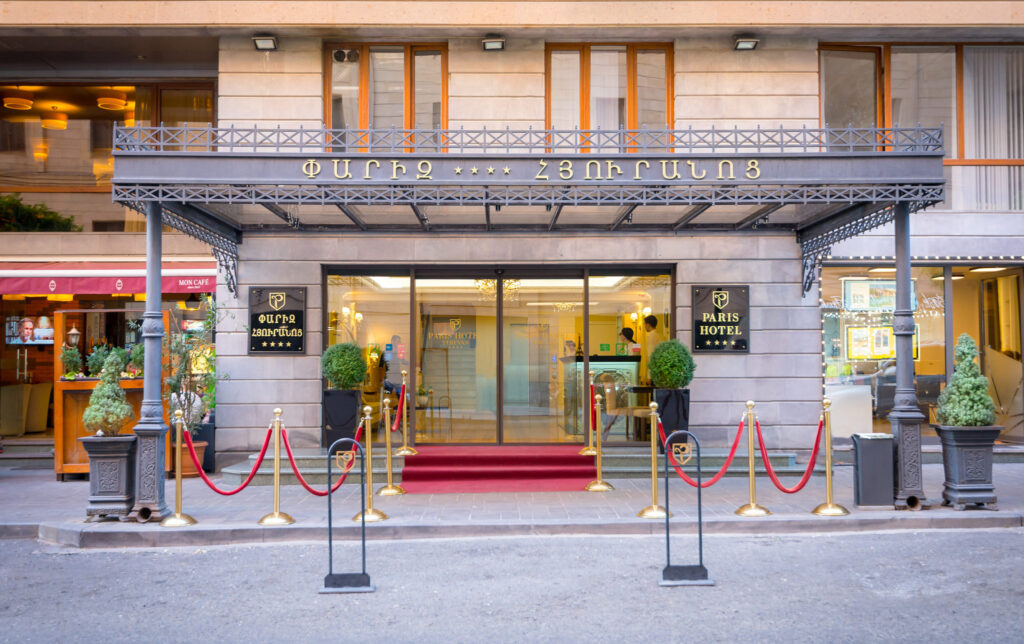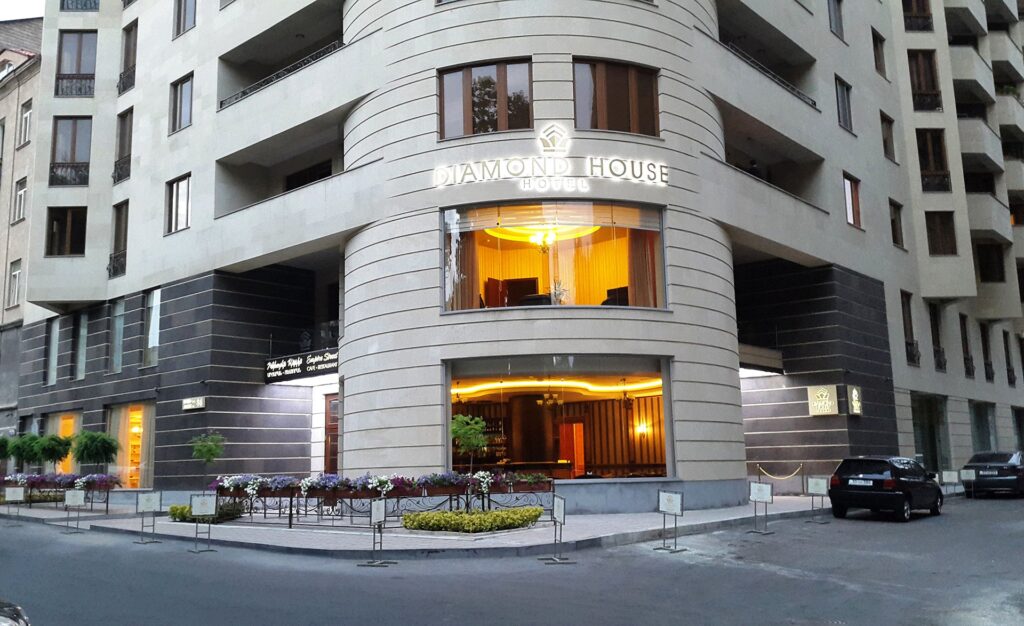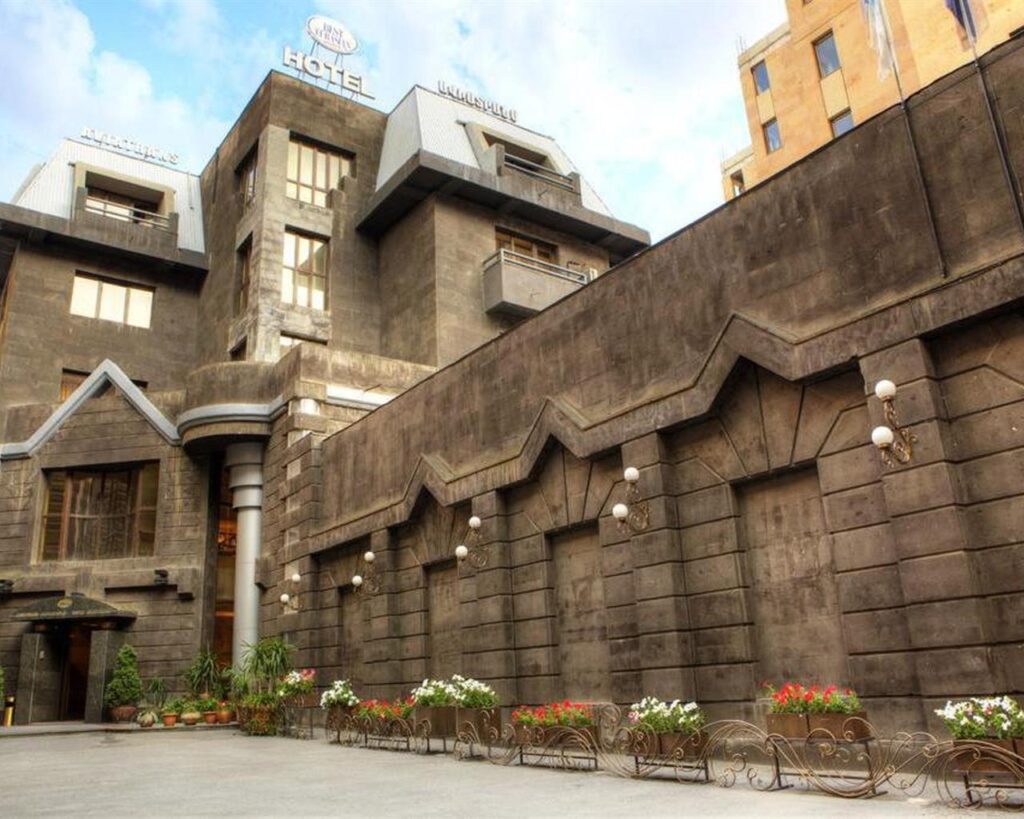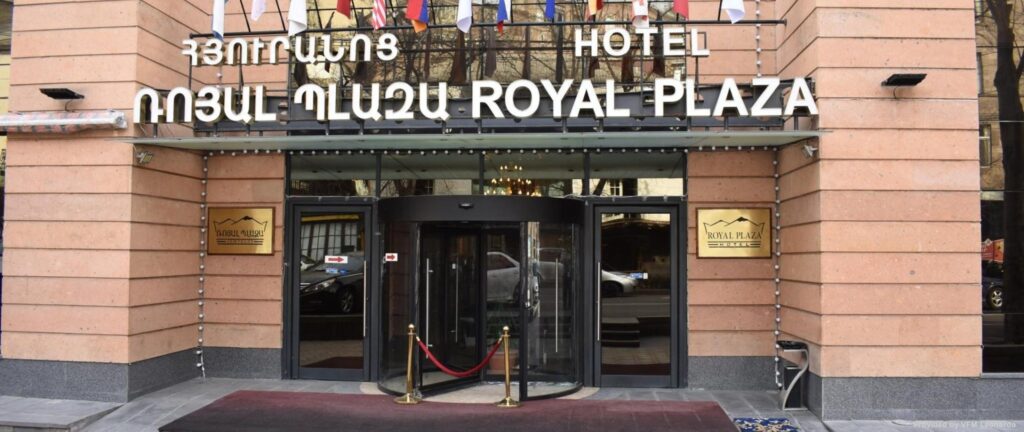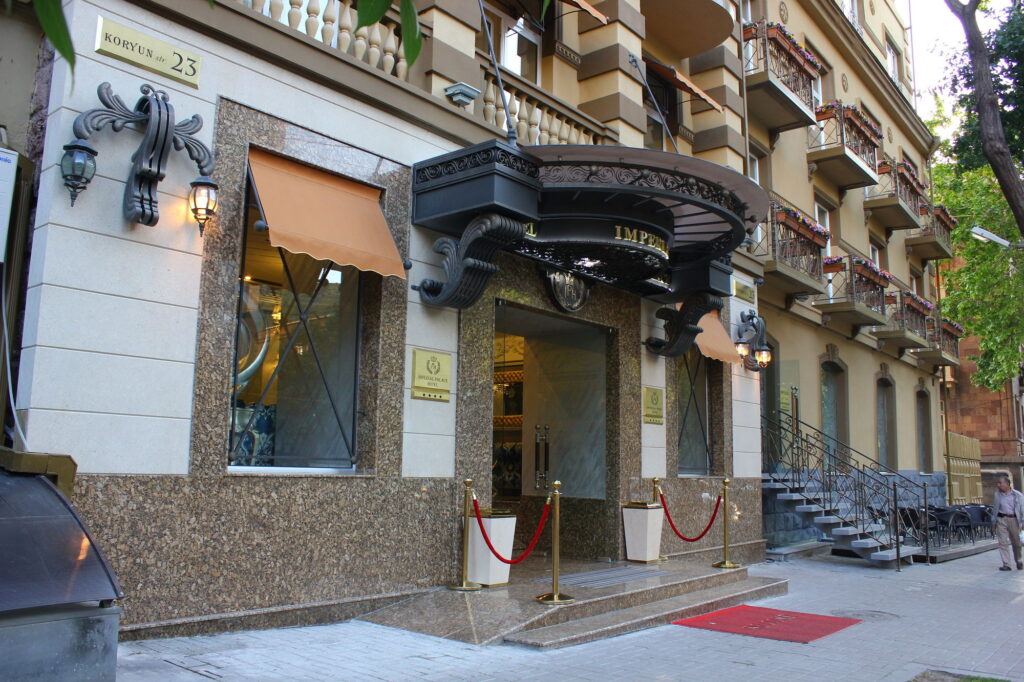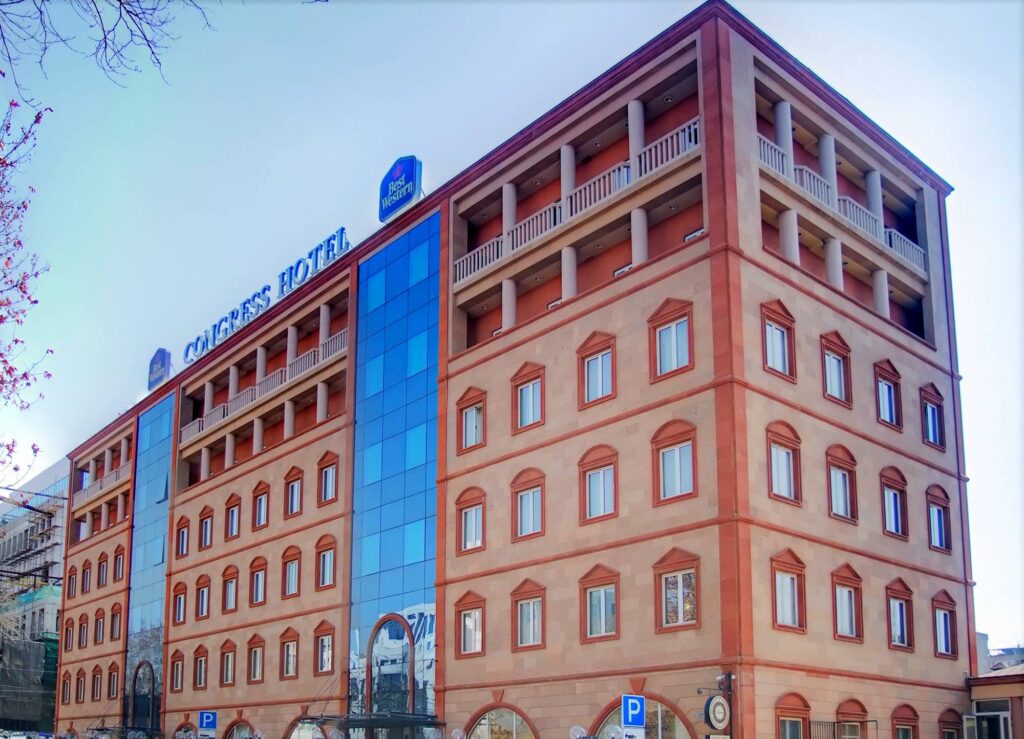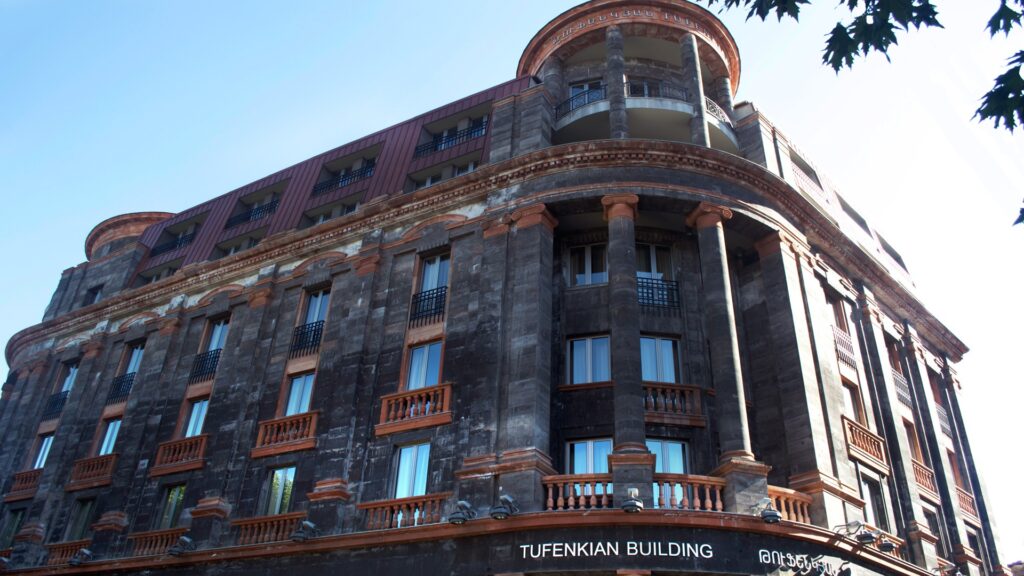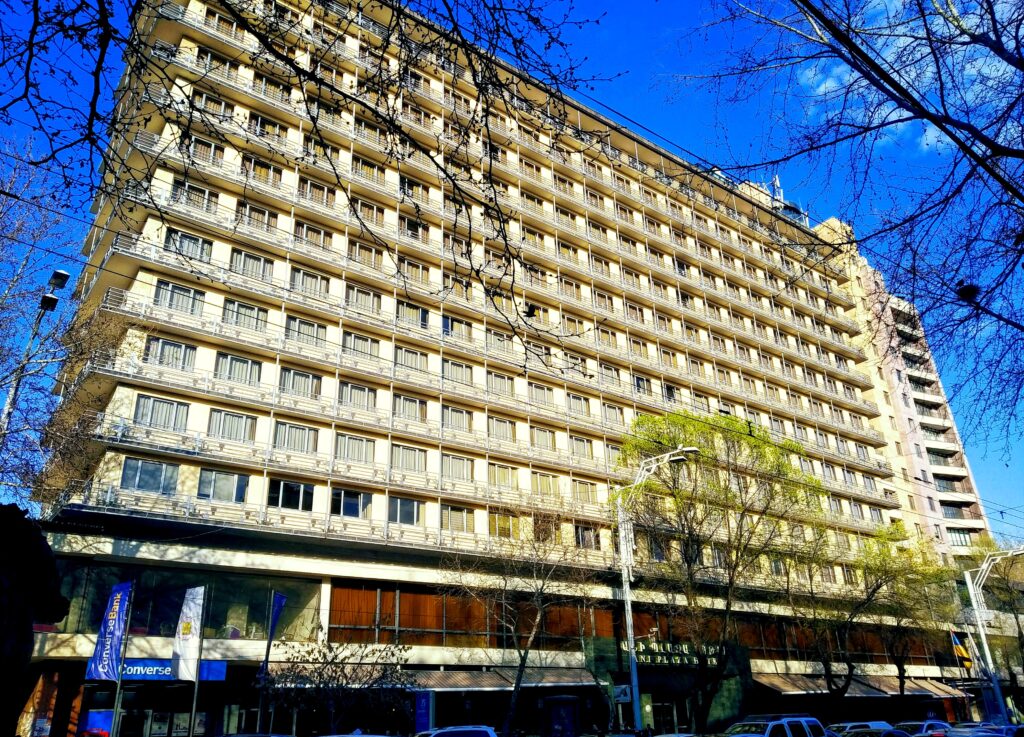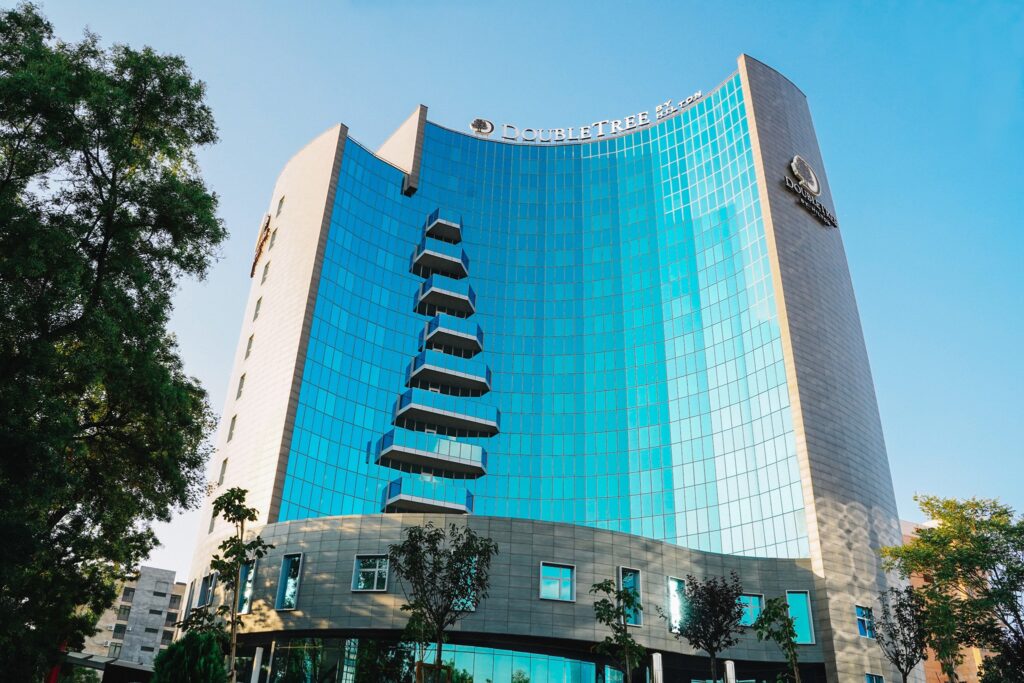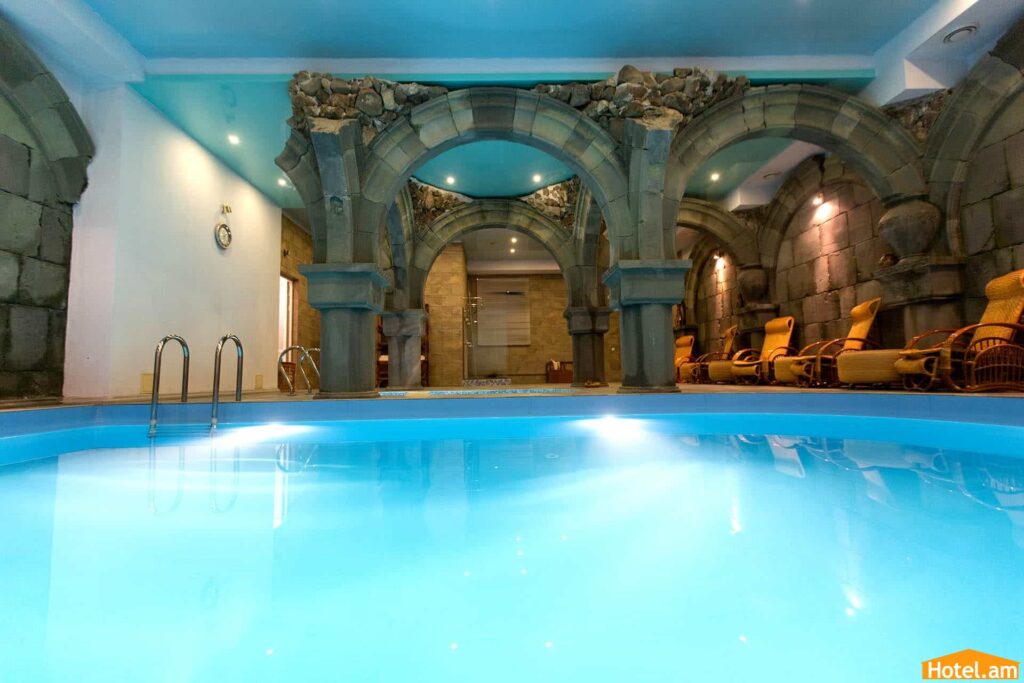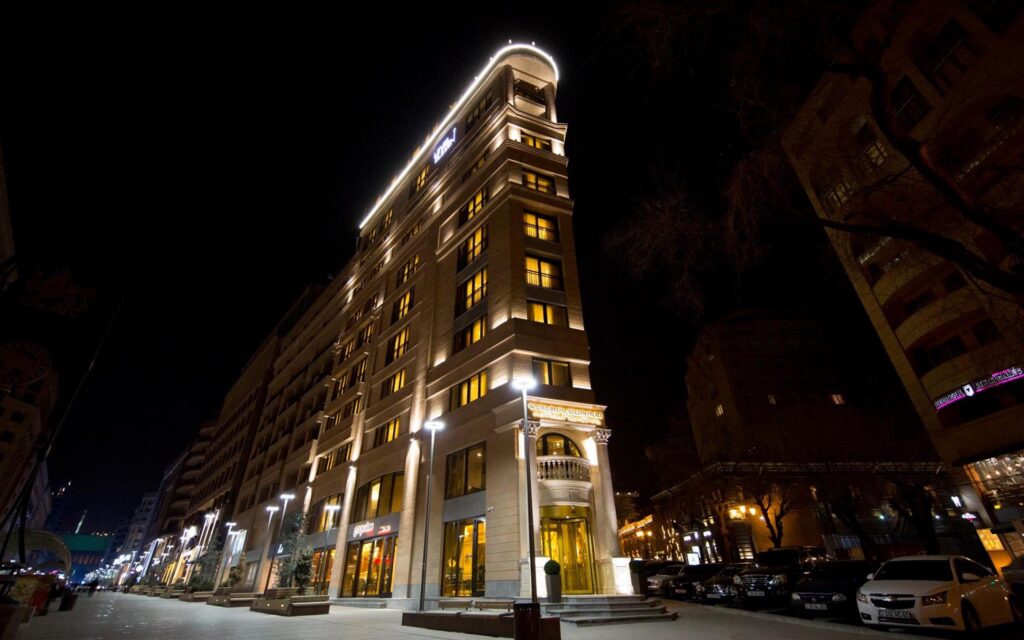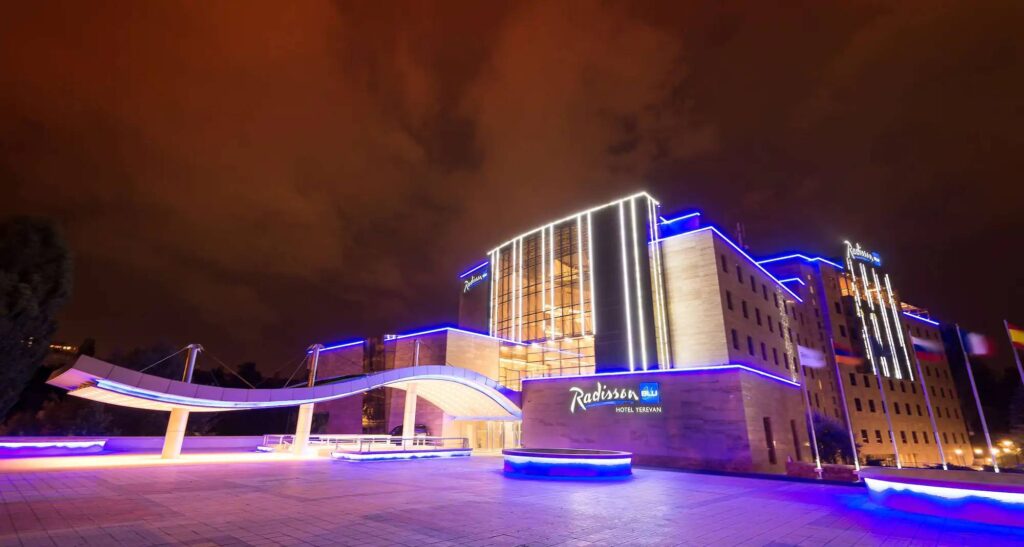Armenia, situated at the intersection of East and West, was able to resist the powerful conquerors remaining faithful to its culture. As a result, the national culture of Armenia acquired some features characteristic to both eastern and western civilizations.
The culture of Christianity started to develop in 301 AD, when the Armenians adopted Christianity as their state religion replacing pagan temples with the first churches. Christian influences created architectural masterpieces such as the churches of Hripsime, Gayane and the gem of the 7th century Armenian architecture, Zvartnots.
The creation of Armenian alphabet in 405 by Mesrop Mashtots became a major milestone in the culture development.
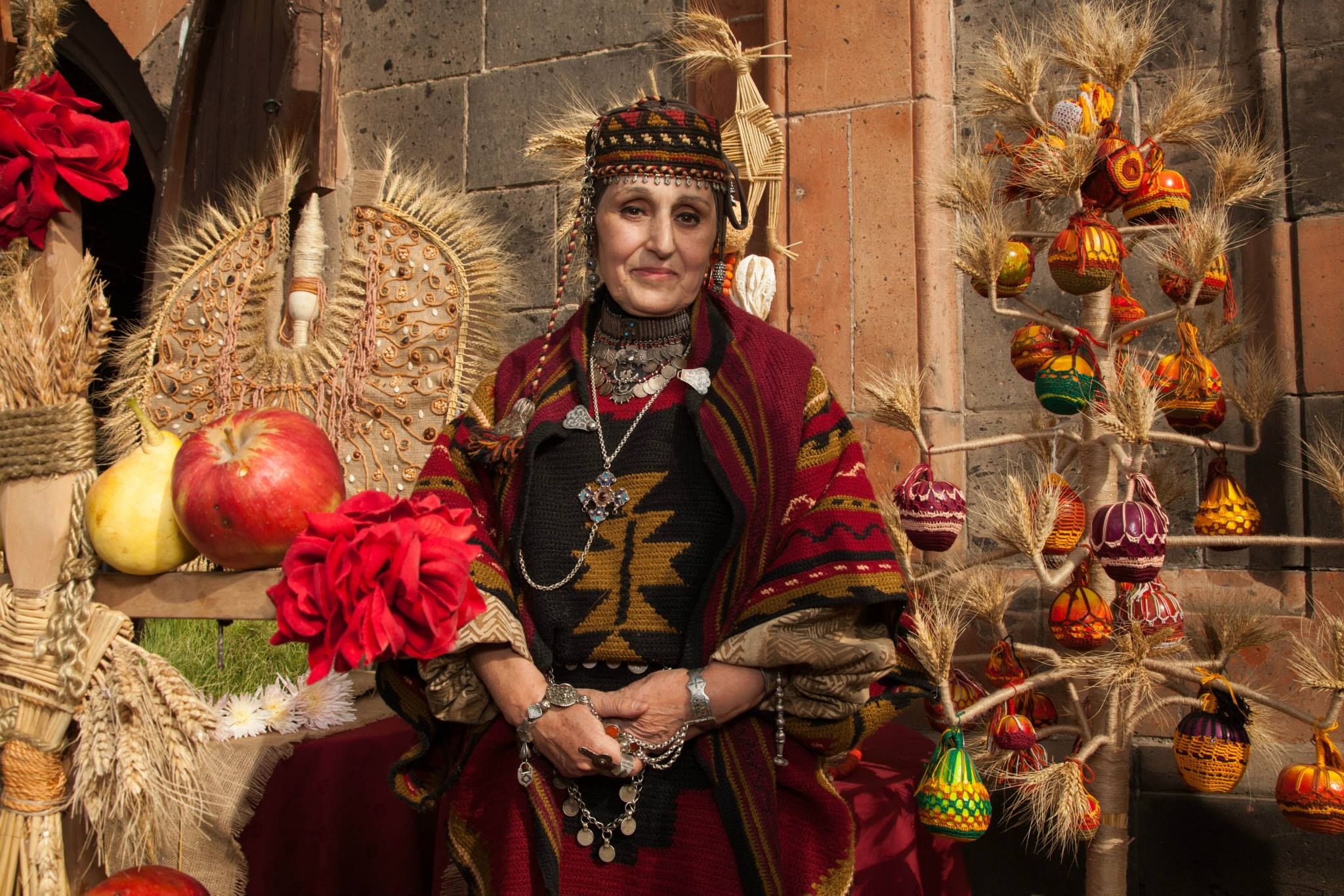
Culture in Armenia has many facets, the most important are:
Architecture
Classical Armenian architecture is divided into four separate periods. The first Armenian churches were built between the 4th and 7th centuries, beginning when Armenia converted to Christianity, and ending with the Arab invasion of Armenia. The early churches were mostly simple basilicas, but some with side apses. By the 5th century the typical cupola cone in the center had become widely used. By the 7th century, centrally-planned churches had been built and a more complicated niched buttress and radiating Hrip’simé style had formed. By the time of the Arab invasion, most of what we now know as classical Armenian architecture had formed.
Art
Armenian art has been profoundly influenced by the Armenian culture, Armenia’s long history, ever-changing geography and unique mountainous landscape.
The art of the new Armenia was a natural continuation of the colorful, vital art of Martiros Saryan, who was interested in painting landscapes, rustic images and focus on rural life in Soviet Armenia. Another Armenian famous artist Hakob Kodjoyan turned to mythological and historical subjects, endowing them with heroic and romantic sentiment.
Music
Music in Armenia could be defined as musical art. Traditional Armenian music differs from its eastern music. Sharakans are traditional Armenian liturgical songs, which are experiencing a revival today.
Folk music is until now really important in the lives of the Armenian people. It stays traditional and is characterized by a delicate structure. Armenian folk music has a special melodic pattern and rich sounding. Many instruments are used together in the compositions but the most traditional and recognized instrument is the woodwind Duduk, which is proclaimed by UNESCO as a Masterpiece of the Intangible Heritage of Humanity.
Sayat Nova, Komitas, and Aram Khachaturian are among Armenia’s best-known musicians and composers. Contemporary music comes in the forms of jazz and pop.
Dance
Armenian dance is a reflection of the rich fabric of Armenian culture and is accompanied by traditional or contemporary music. They have a vibrant, but elegant and graceful choreography, which sets itself apart from other oriental dance forms in the world, mainly accompanied by percussion instruments. The Armenian folk-dance ensembles have also been participating in various international festivals and concerts.
Literature
Armenian literature begins around AD 400 with the invention of the Armenian alphabet by Mesrop Mashtots. However, before the Armenian alphabet was developed, Armenian tales were passed down by oral tradition and written in foreign languages. Armenian manuscripts, beautifully illuminated with miniatures, combine Armenia’s literary and illustrative traditions.
At the beginning of the medieval era, which was marked by the Arab occupation of Armenia, people started to talk of a great hero who would be able to liberate them and reestablish Armenian sovereignty. David of Sasun, known as Sasuntsi Davit, is the medieval Armenian equivalent of Hercules. As an oral history, it dates from the 8th century, and was first put in written form in 1873 by Garegin Srvandzediants. The epic consists of four parts and now it is included in the UNESCO Intangible Cultural Heritage list.
Thus, Armenian culture has always been and still remains a means of maintaining a sense of national unity, not only in Armenia but also in international Armenian community.











